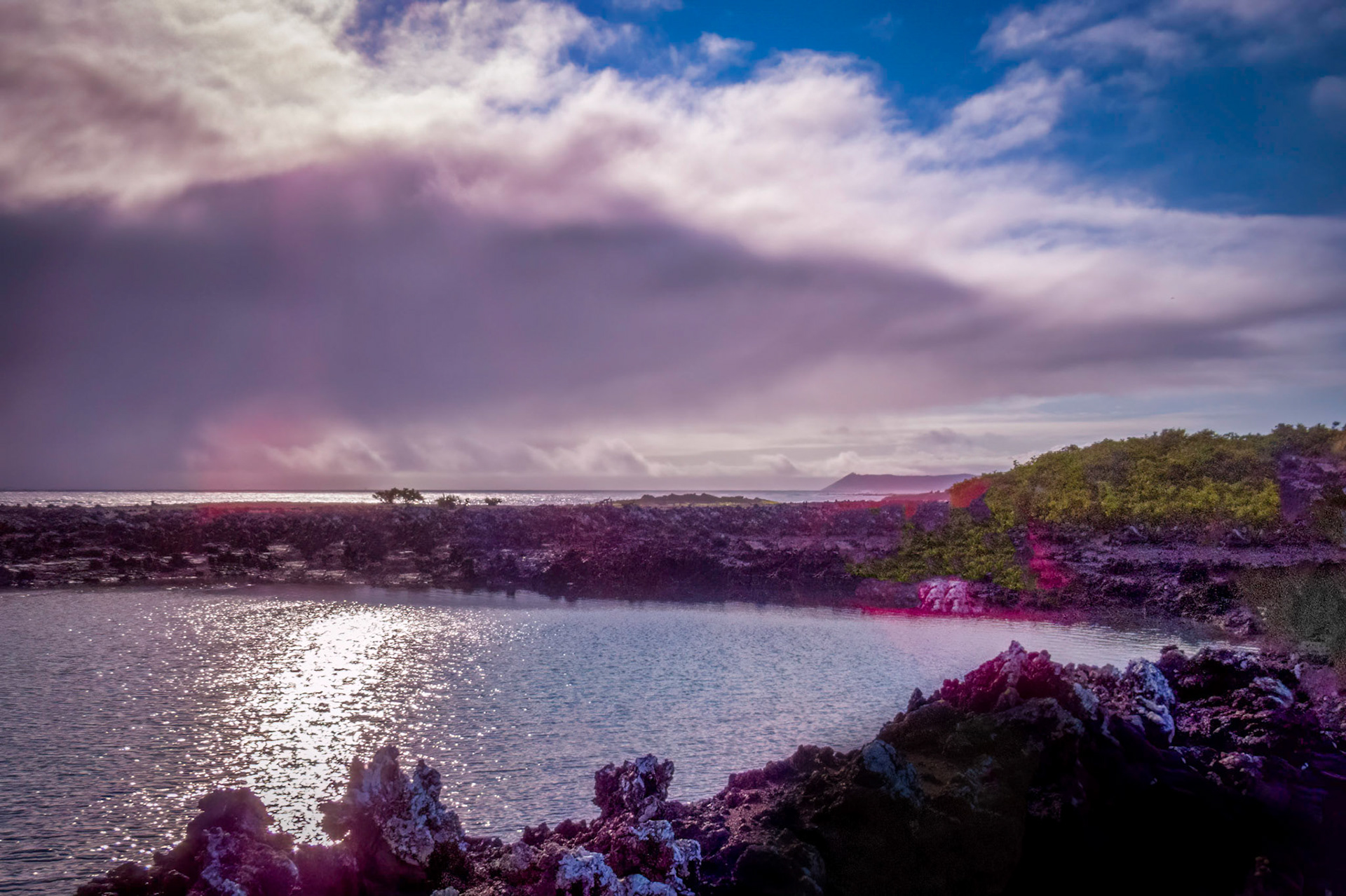My trip to Ecuador consisted of three uniquely distinct sub-trips: the Amazon basin, the mountainous (Andes) area near Quito, and the Galapagos Island. The day after arriving in Quito we flew to a major tributary of the Amazon and spent three days one of its a tributaries. We then returned to Quito for two days before leaving for the Galapagos Islands, about 550 miles off the Ecuadoran cost. We spent a week on a small ship sailing among the Galapagos Islands before returning to Quito for a flight home.
The Amazon basin was dense with vegetation as expected, but the tributary of the Amazon was unexpected huge. Quito was hilly with an altitude of 9250 feet. One fellow tourist was unable cope with the combination and stayed in his room. The Galapagos Islands exceeded my expectations. All are volcanic in origin. Some are almost entirely solidified lava, others have considerable sand, even sandy beaches. Some were low lying. Others are raised like mesas above the Pacific Ocean. A few had volcanoes. The variation of animals from island to island was as great as the variation in the islands. I have grouped pictures of iguanas from various islands to show their variations. Everywhere there are geological, zoological, and botanical complexities that make the Galapagos Island a heaven for naturalists.
There were signs on many trails telling us to stay on the trails and not interact with wildlife. It appeared that the admonitions were not reciprocal with the iguanas. At times it was almost impossible to move. They blocked trails and were fearless in approaching tourists. Fortunately, they were harmless, at least they seemed so. Unfortunately, I did not identify all of the birds. I leave that to viewers, if they are so inclined.
Hover the cursor over a photograph to get information about that photograph. Click on the picture to enlarge that picture and possibly get more information about that photograph. Arrows to the far right and far left of an enlarged photograph allow you to scroll forward and backward through the photographs.
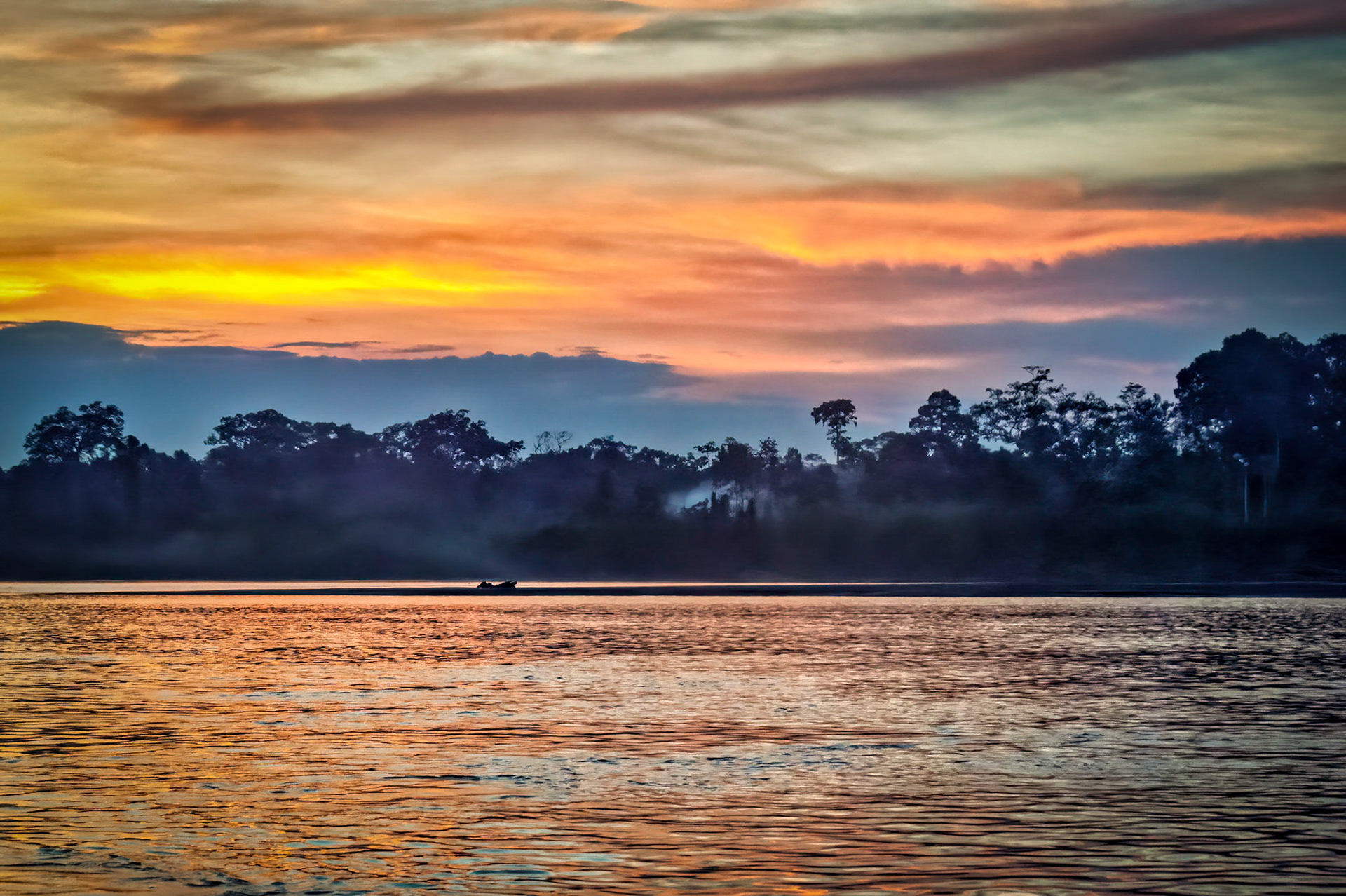
Sunsetover the tributary of Amazon, Ecuador 2017
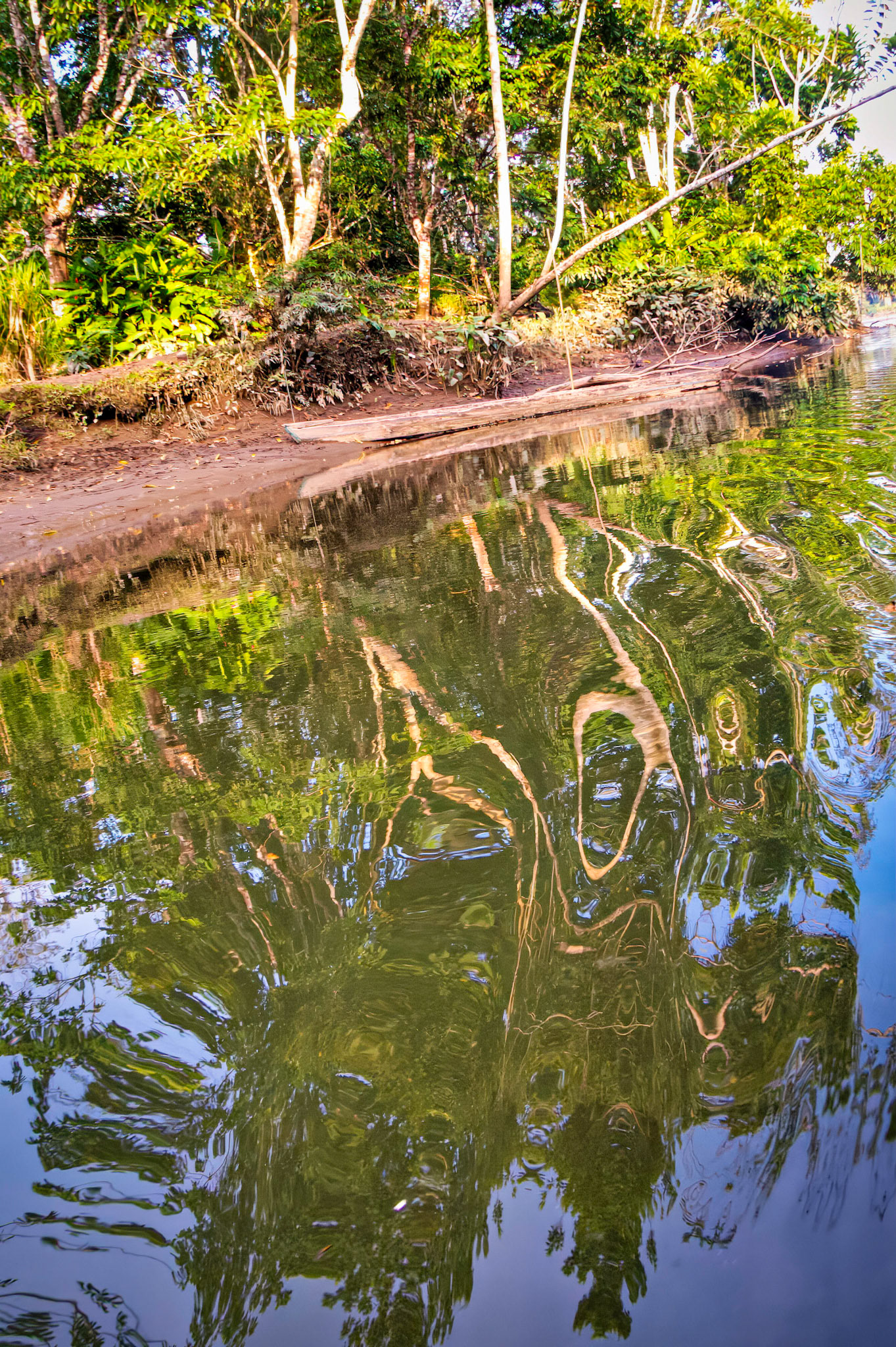
Secondary tributary of Amazon, Ecuador 2017

Secondary tributary of Amazon, Ecuador 2017
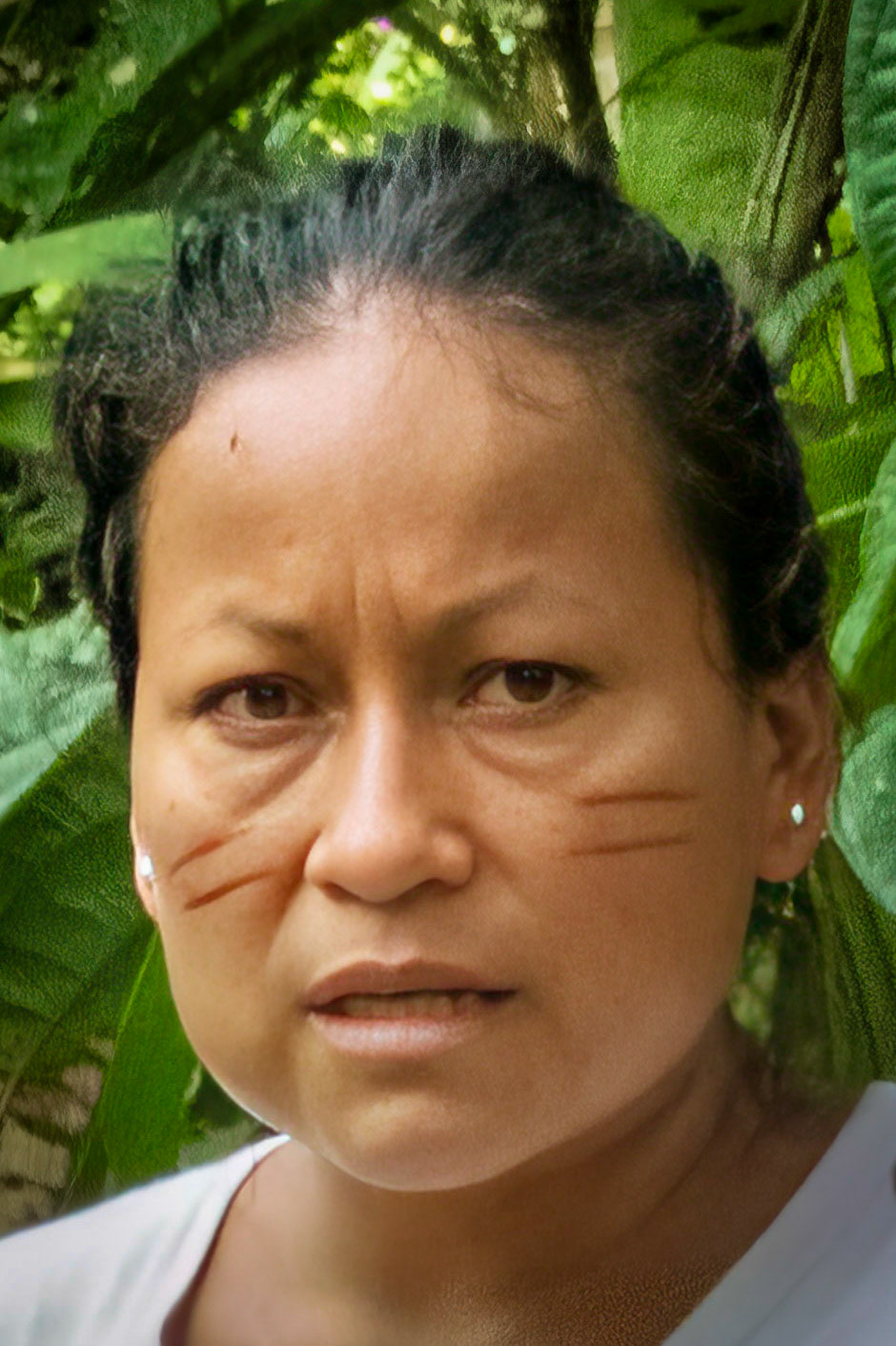
Indiginous woman, Amazon basin, Ecuador 2017
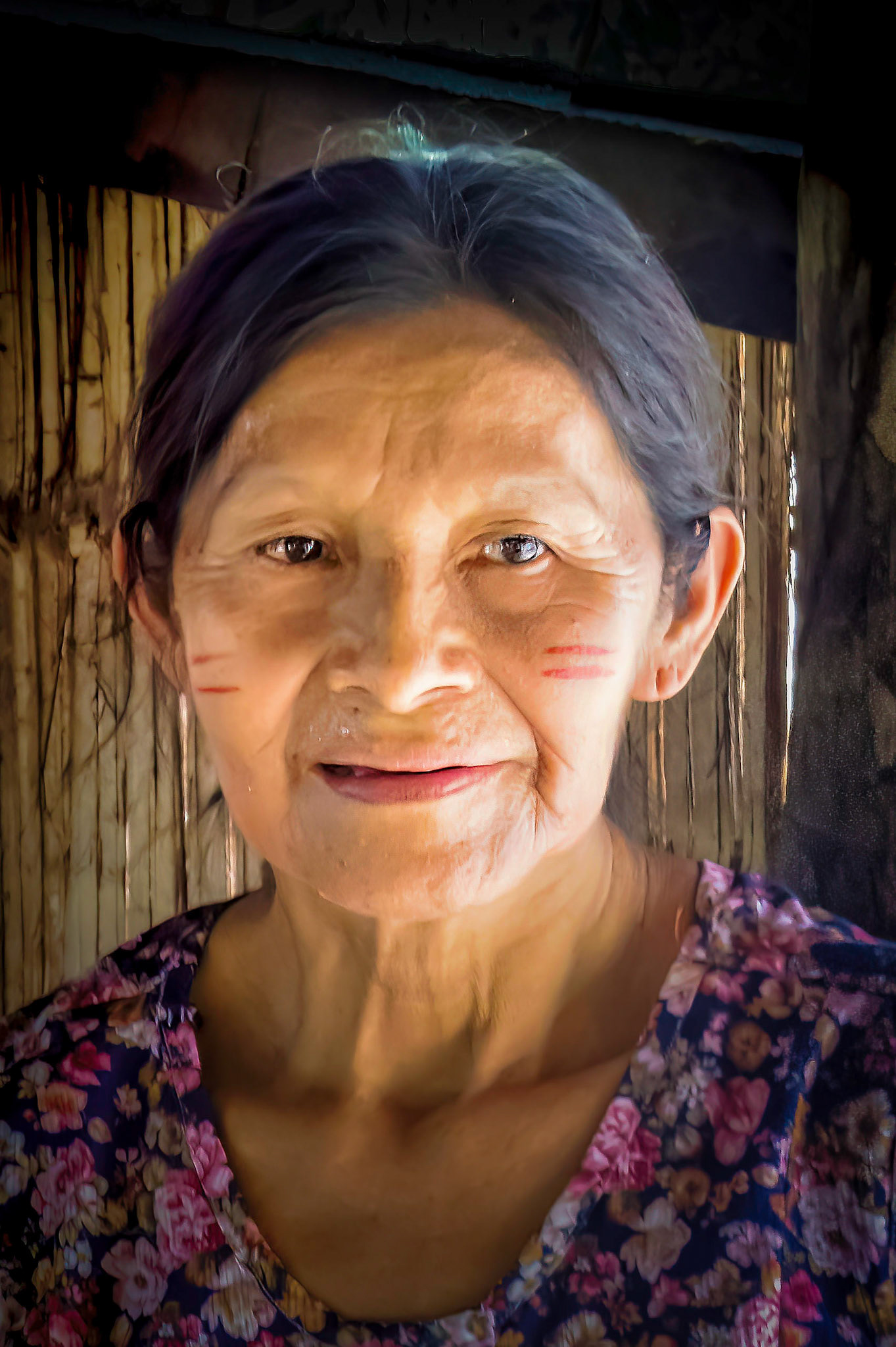
Indiginous woman, Amazon basin, Ecuador 2017
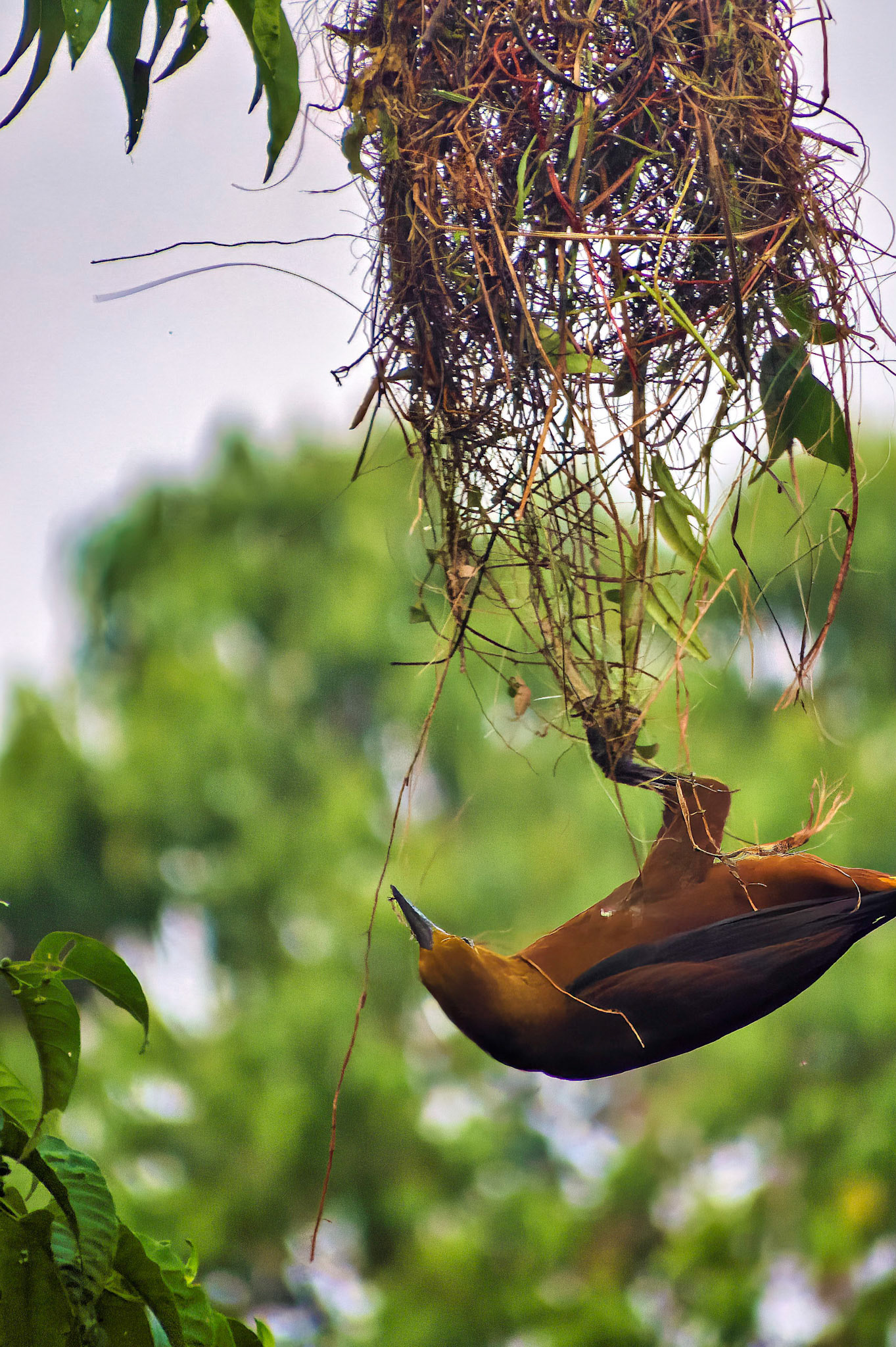
Amazon basin, Ecuador 2017
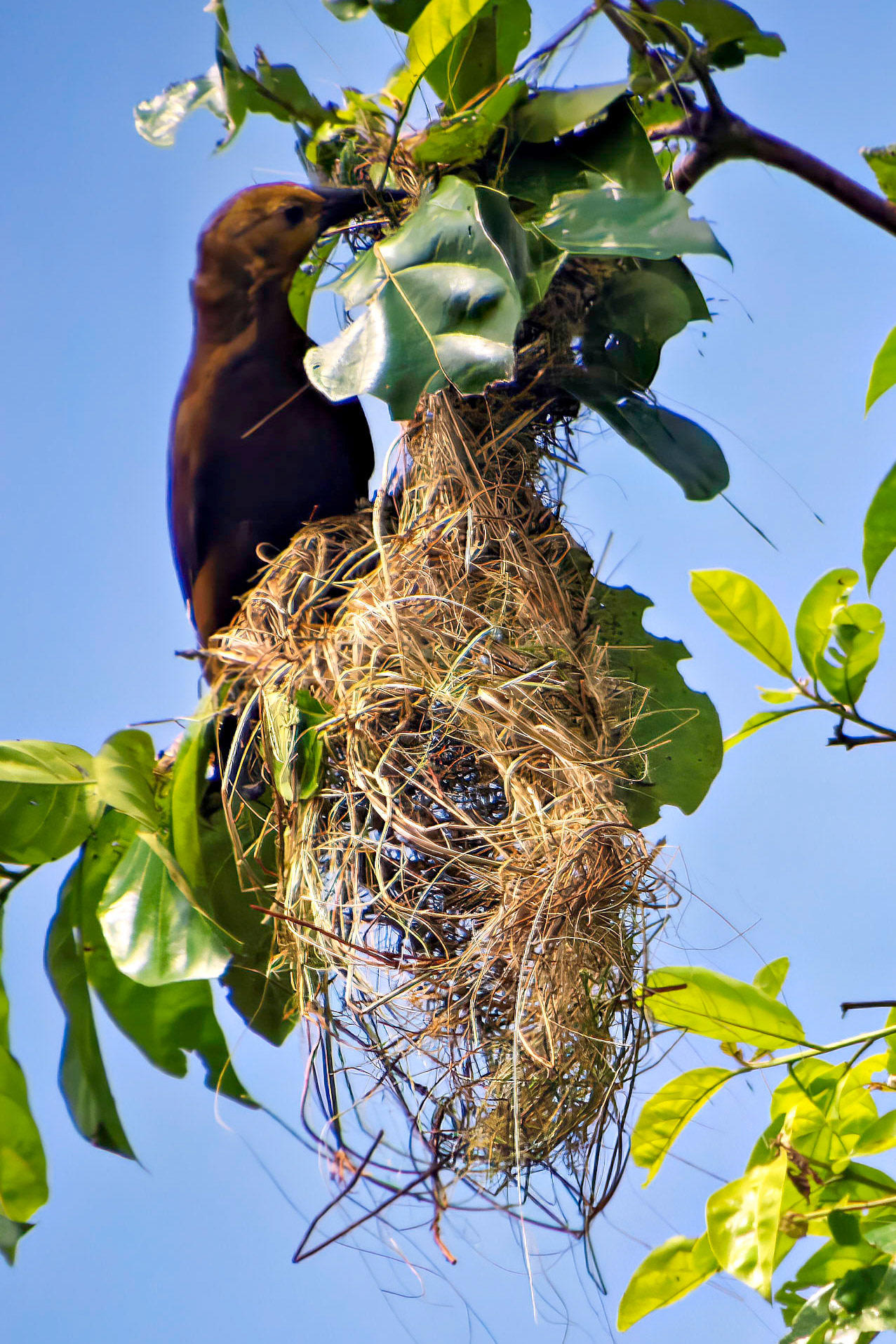
Amazon basin, Ecuador 2017
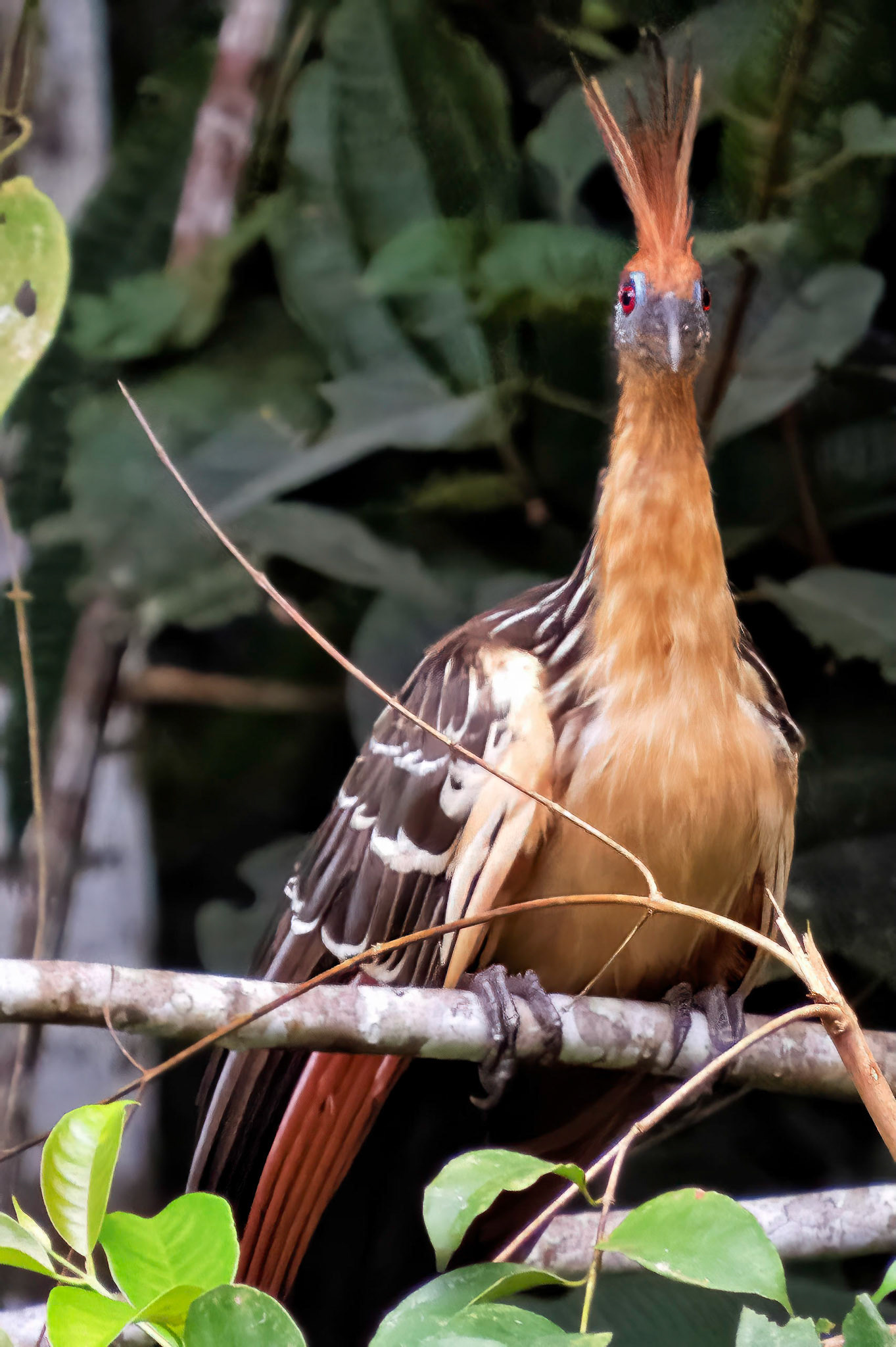
Amazon basin, Ecuador 2017
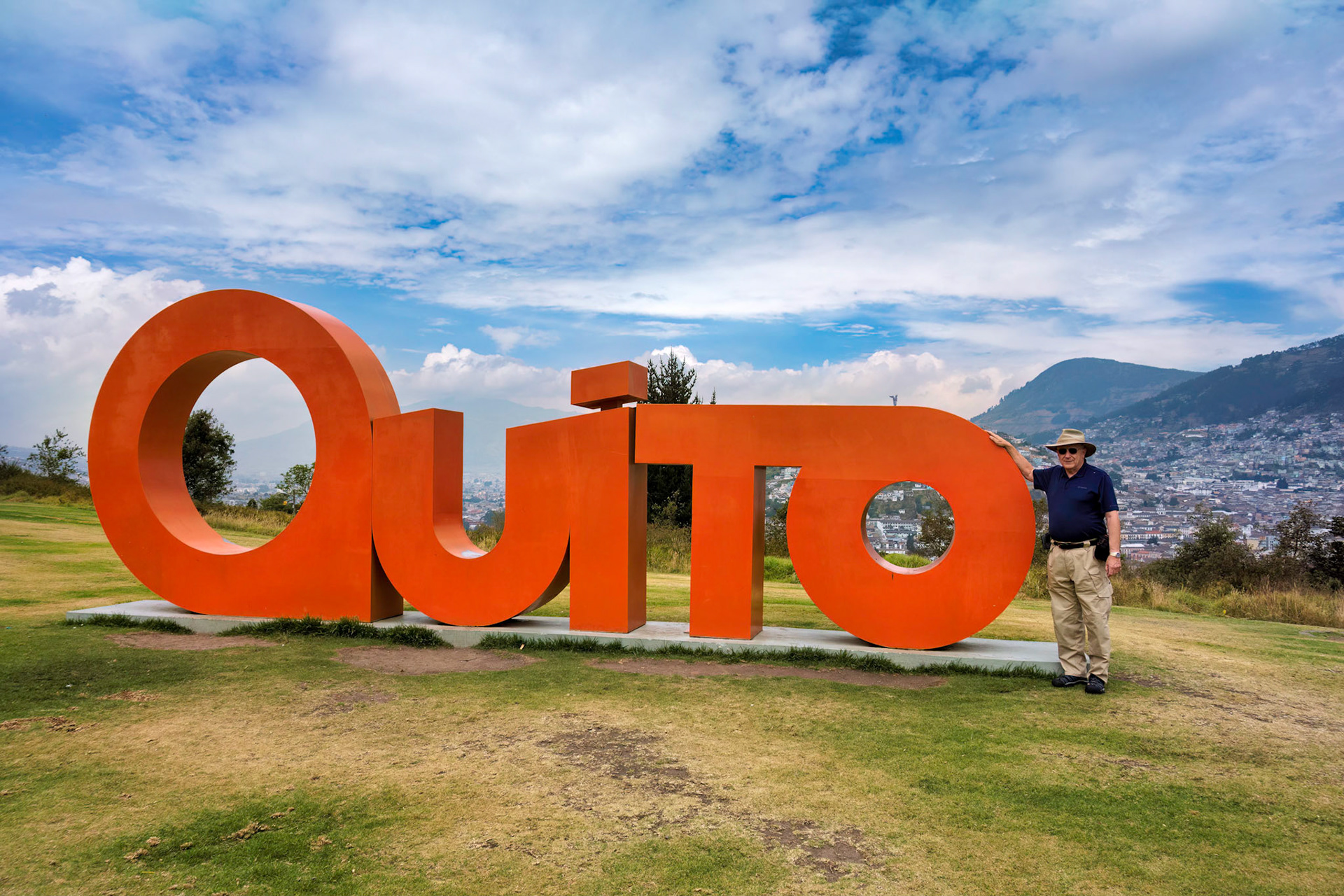
Hill overlooking Quito, Ecuador 2017
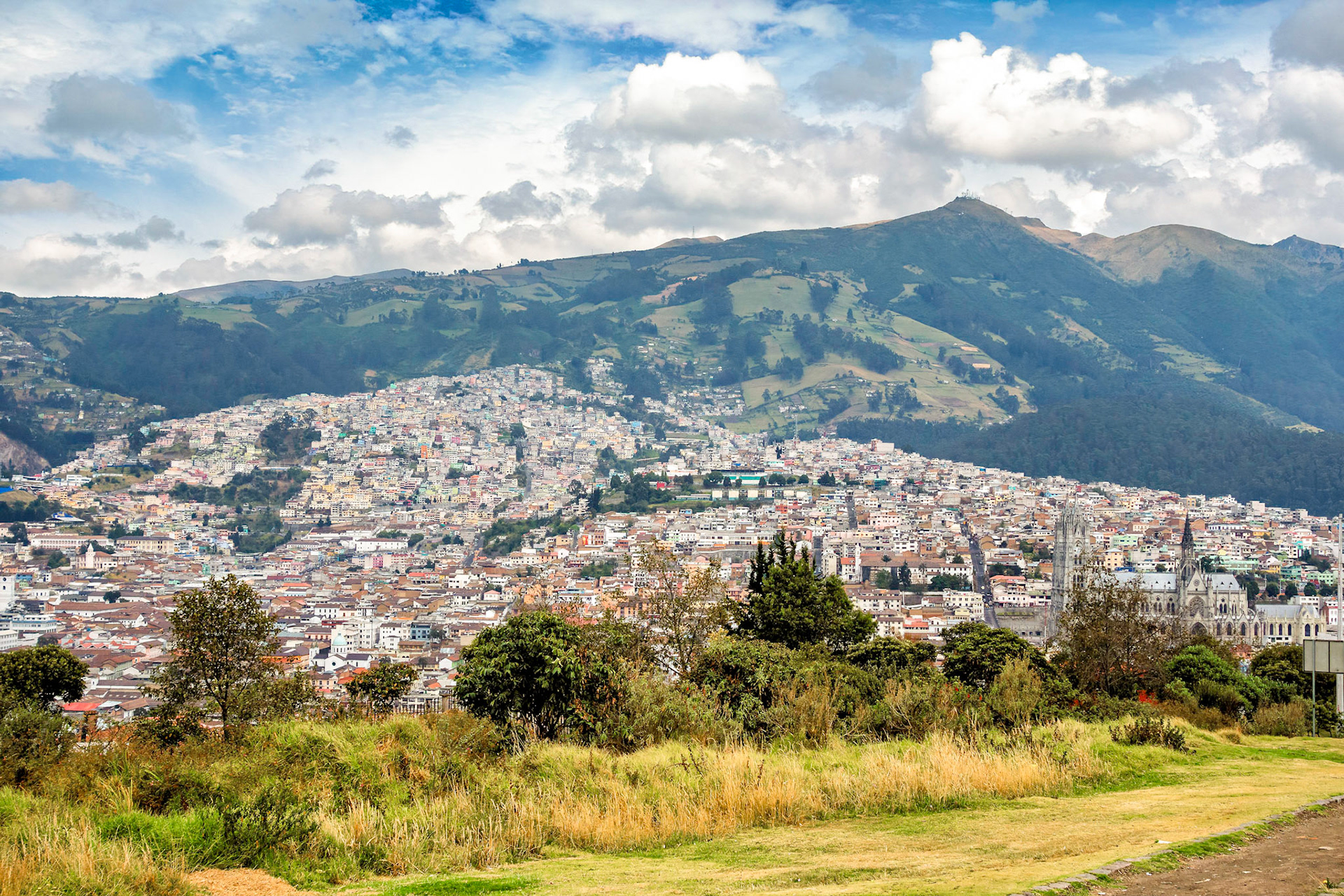
View from hill overlooking Quito, Ecuador 2017
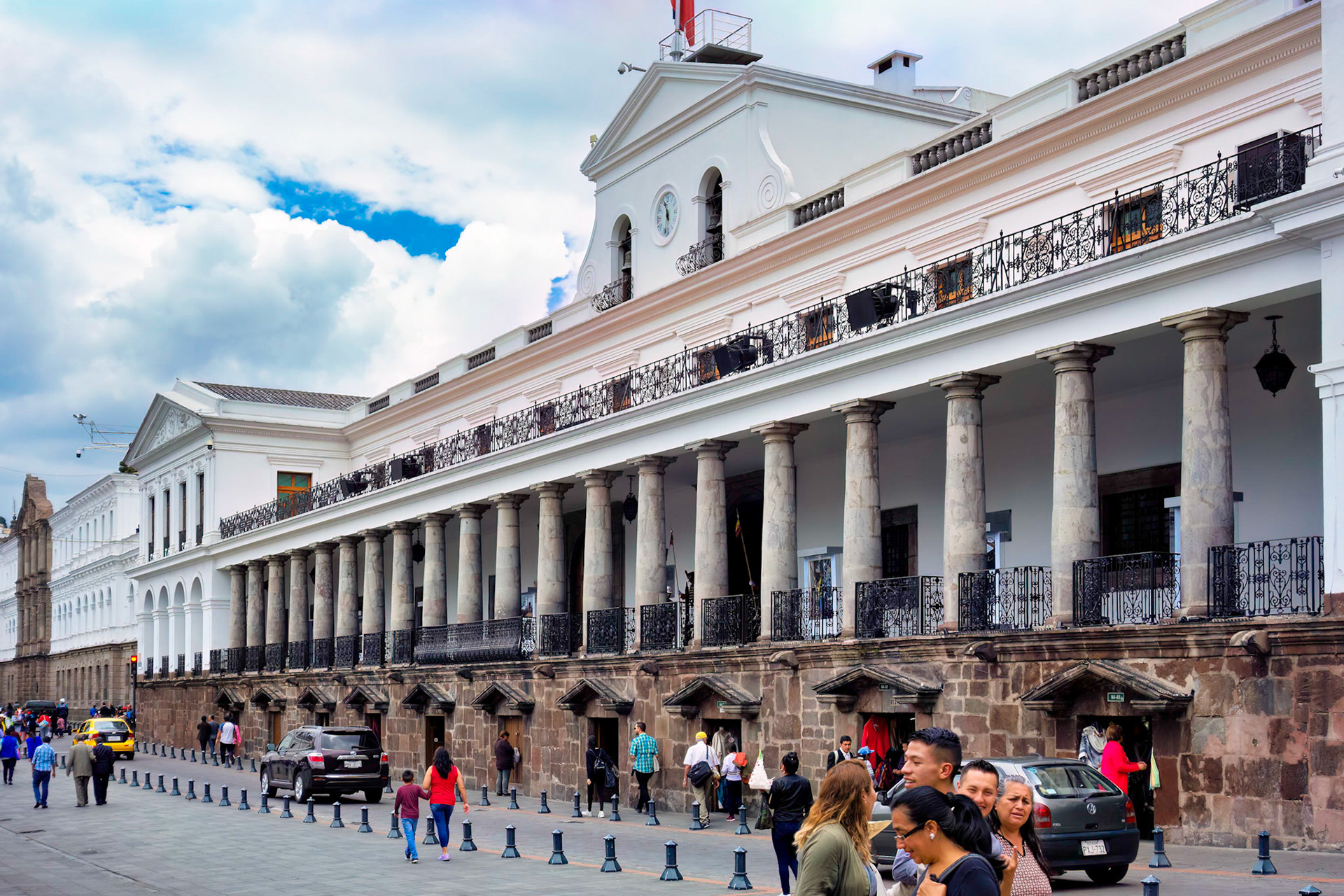
Government building, Central plaza, Quito, Ecuador 2017
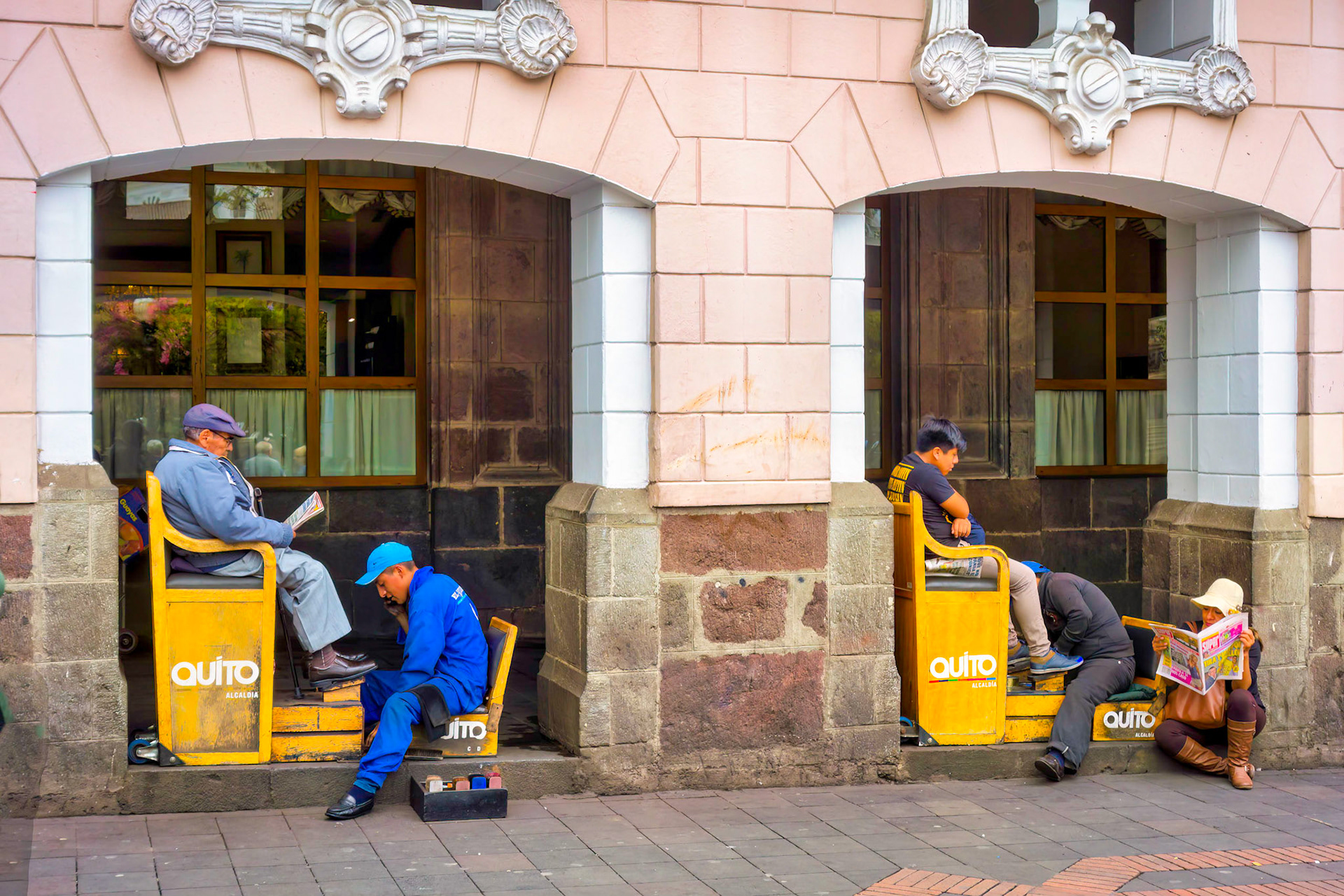
Opposite side of plaza from previous picture, Quito 2017
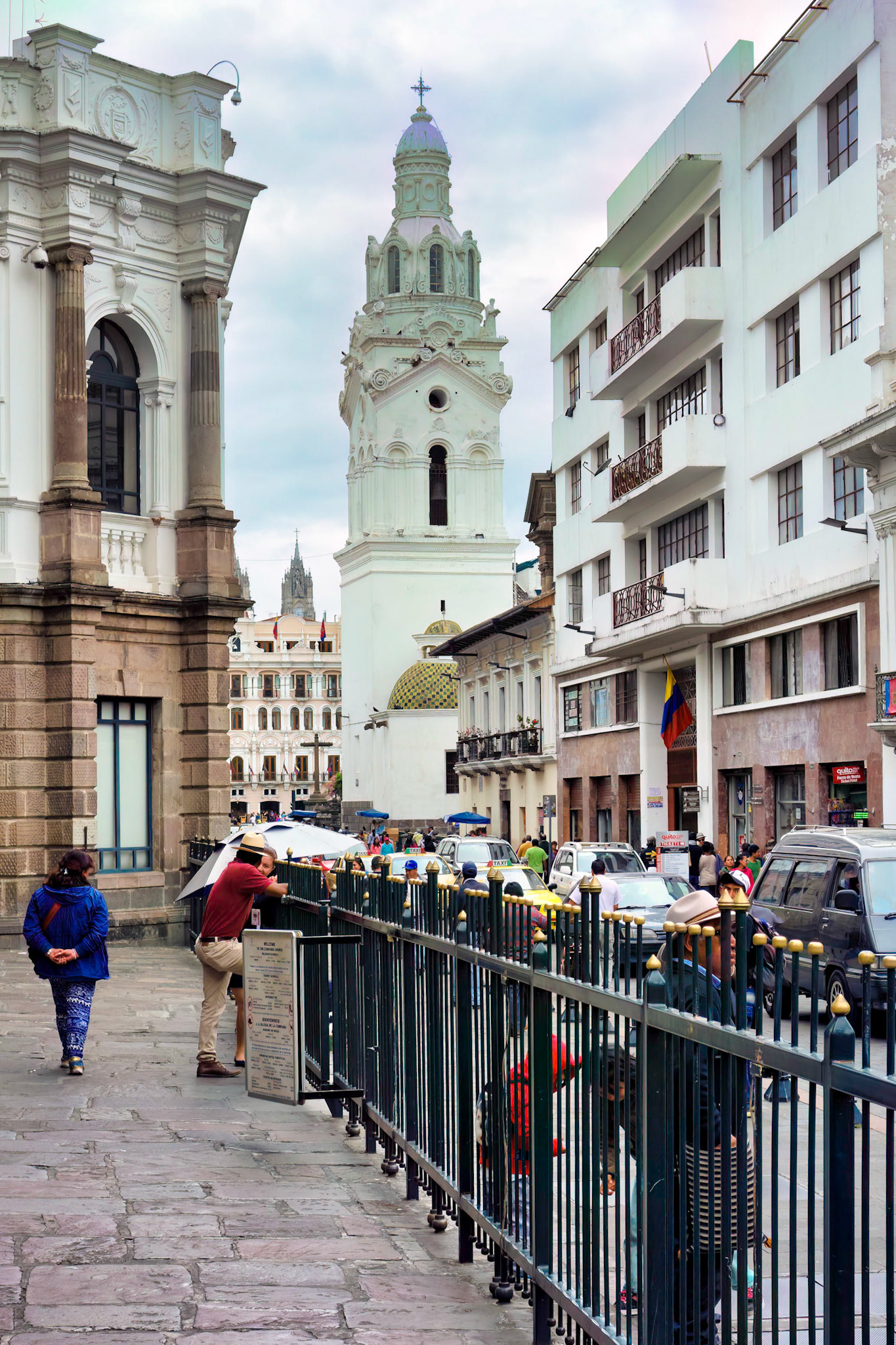
Quito, Ecuador 2017
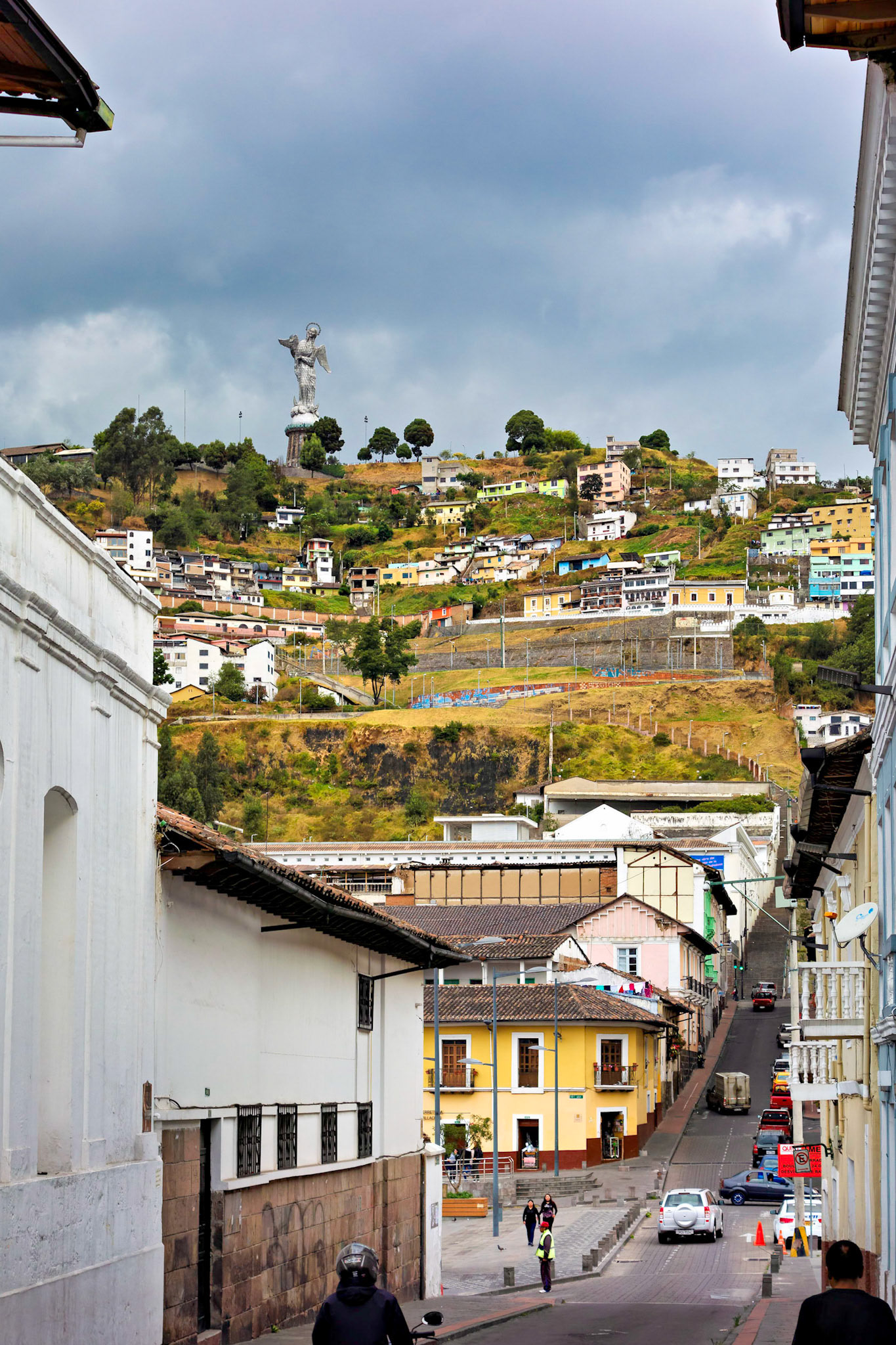
Statue of The Virgin of Quito on hill, Quito, Ecuador 2017
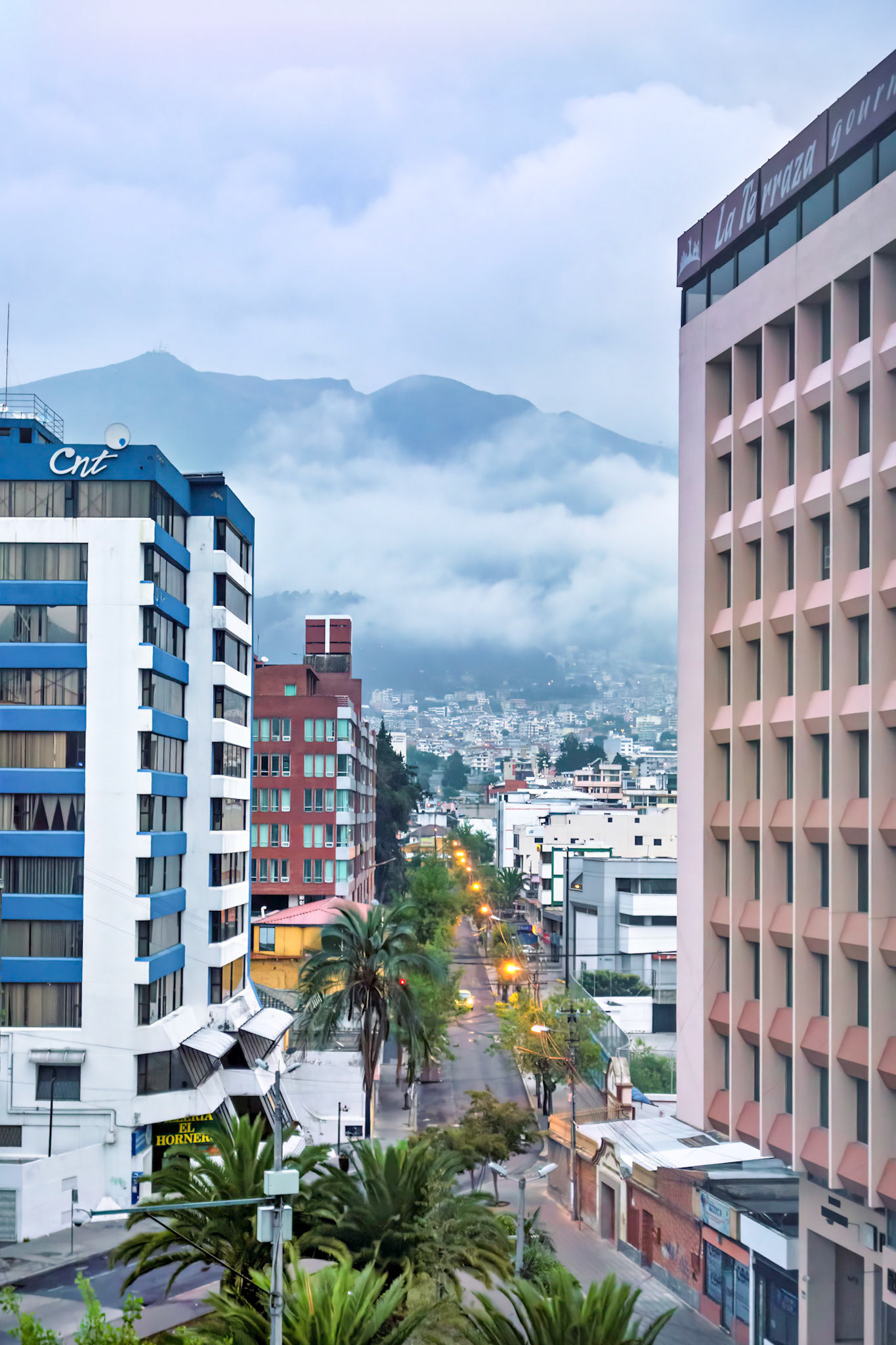
View from hotel, Quito, Ecuador 2017
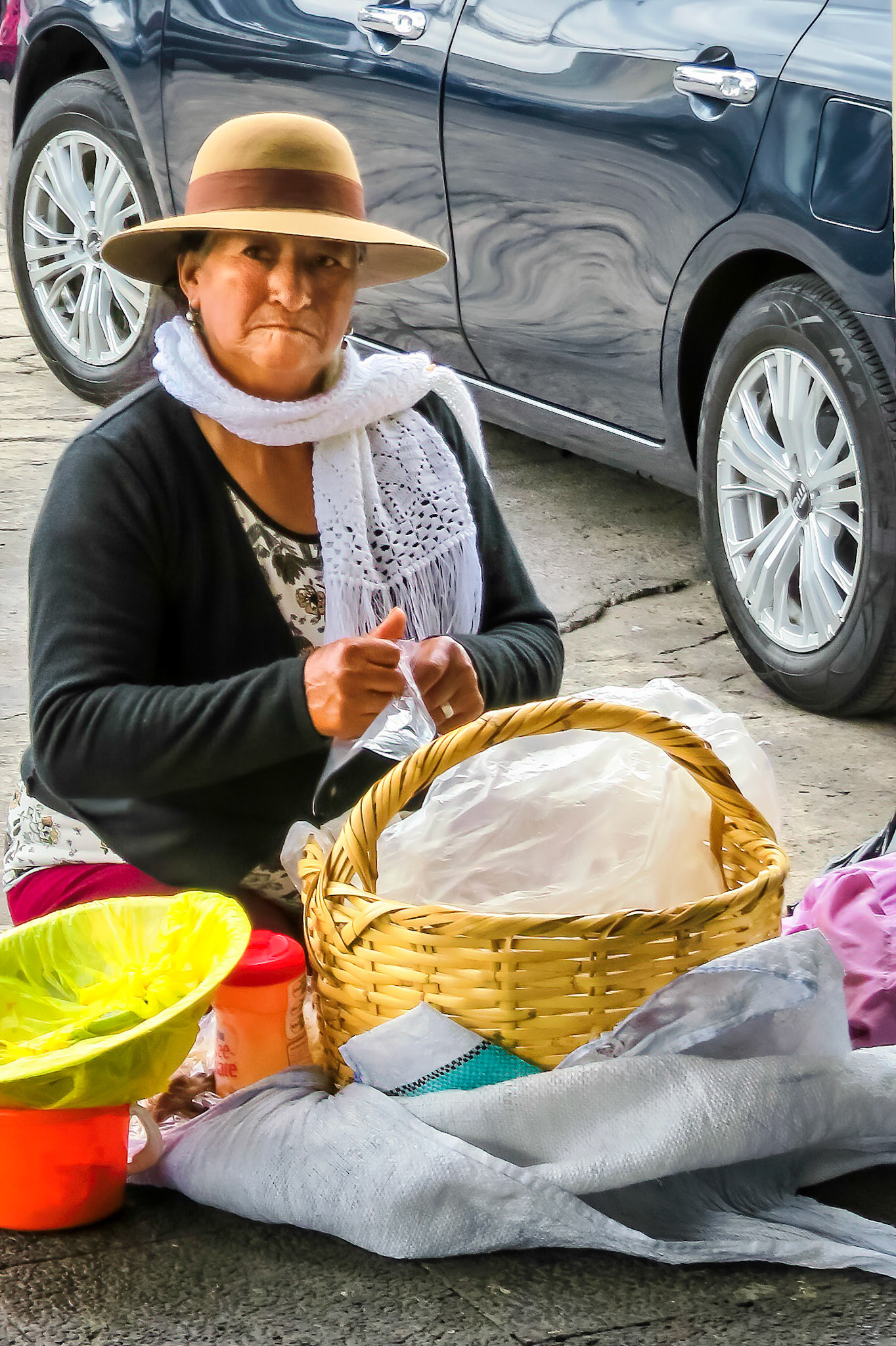
Outside farmers' market, Quito, Ecuador 2017

Farmers' market, Quito, Ecuador 2017
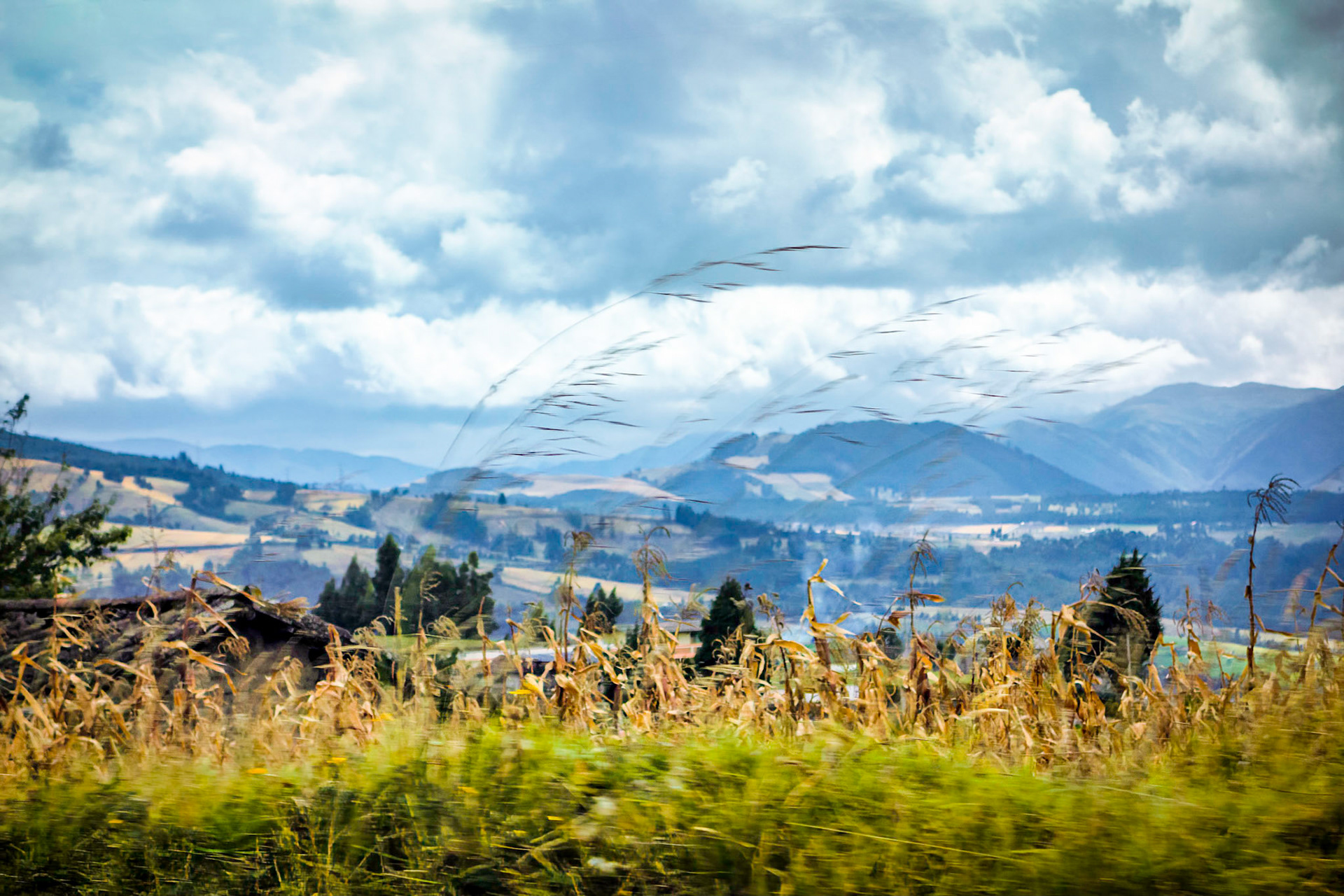
On way to Otavalo, Ecuador 2017 (Shot through bus window)
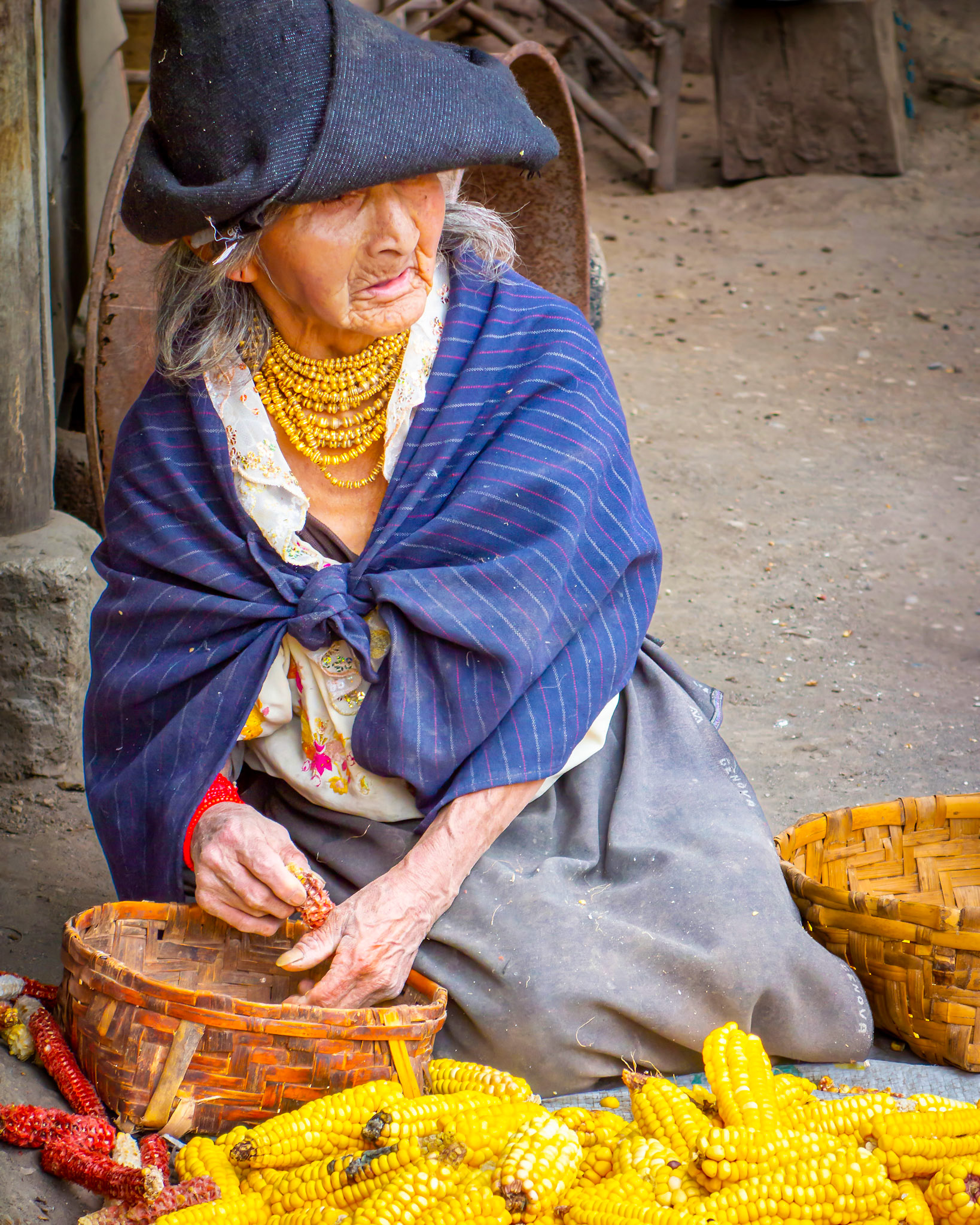
Farm, Otavalo, Ecuador 2017
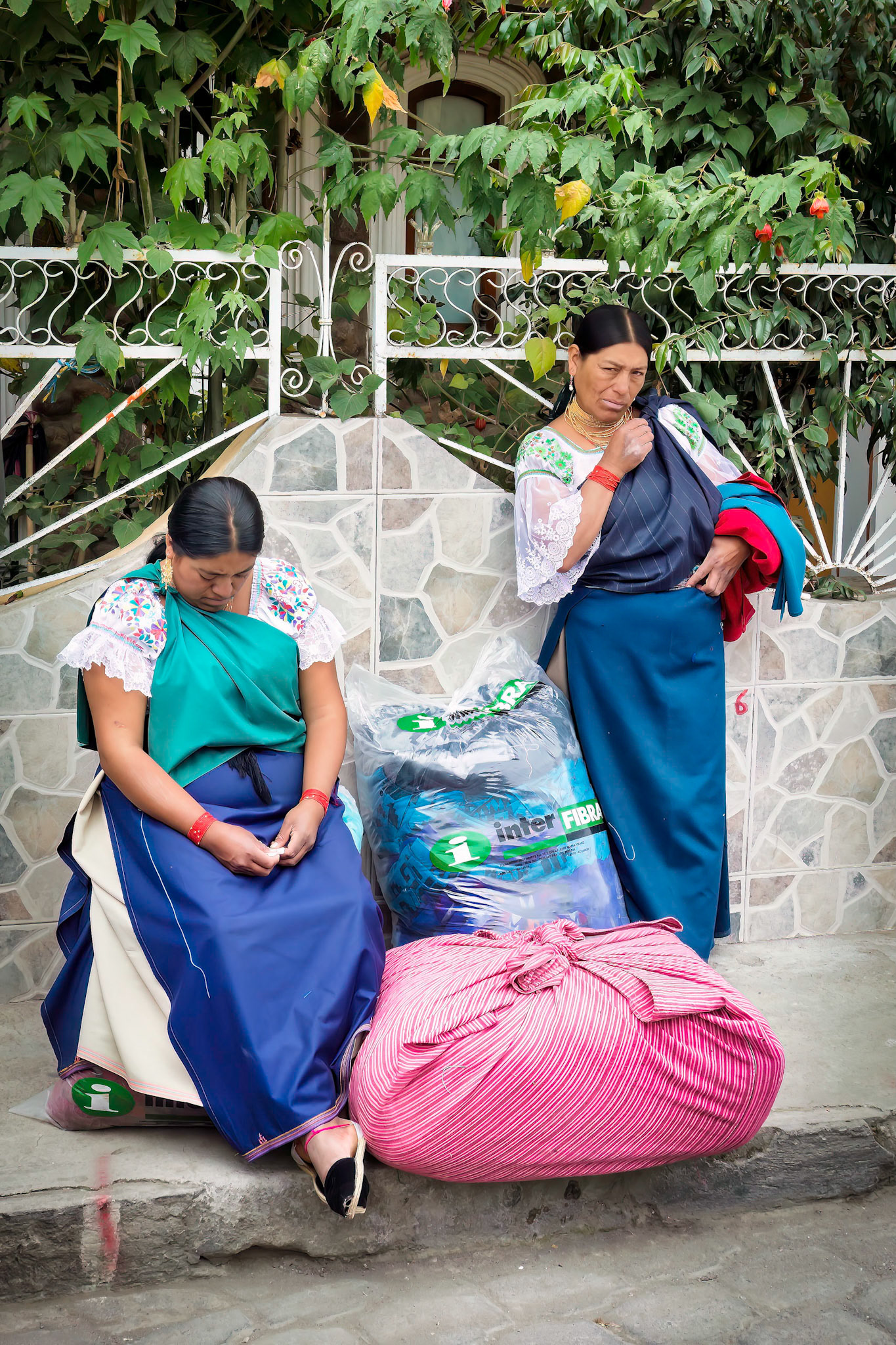
Otavalo, Ecuador 2017
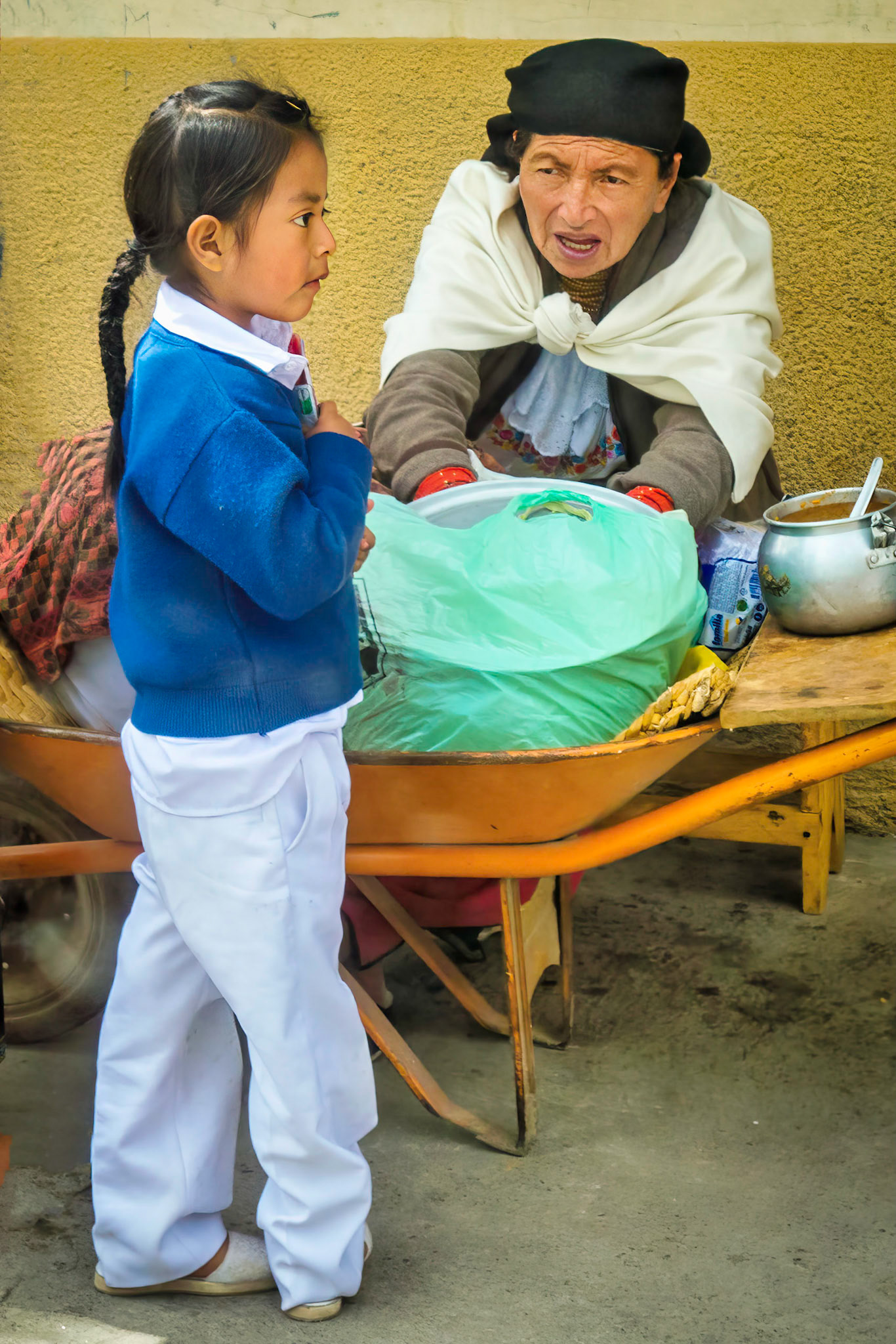
Otavalo, Ecuador 2017
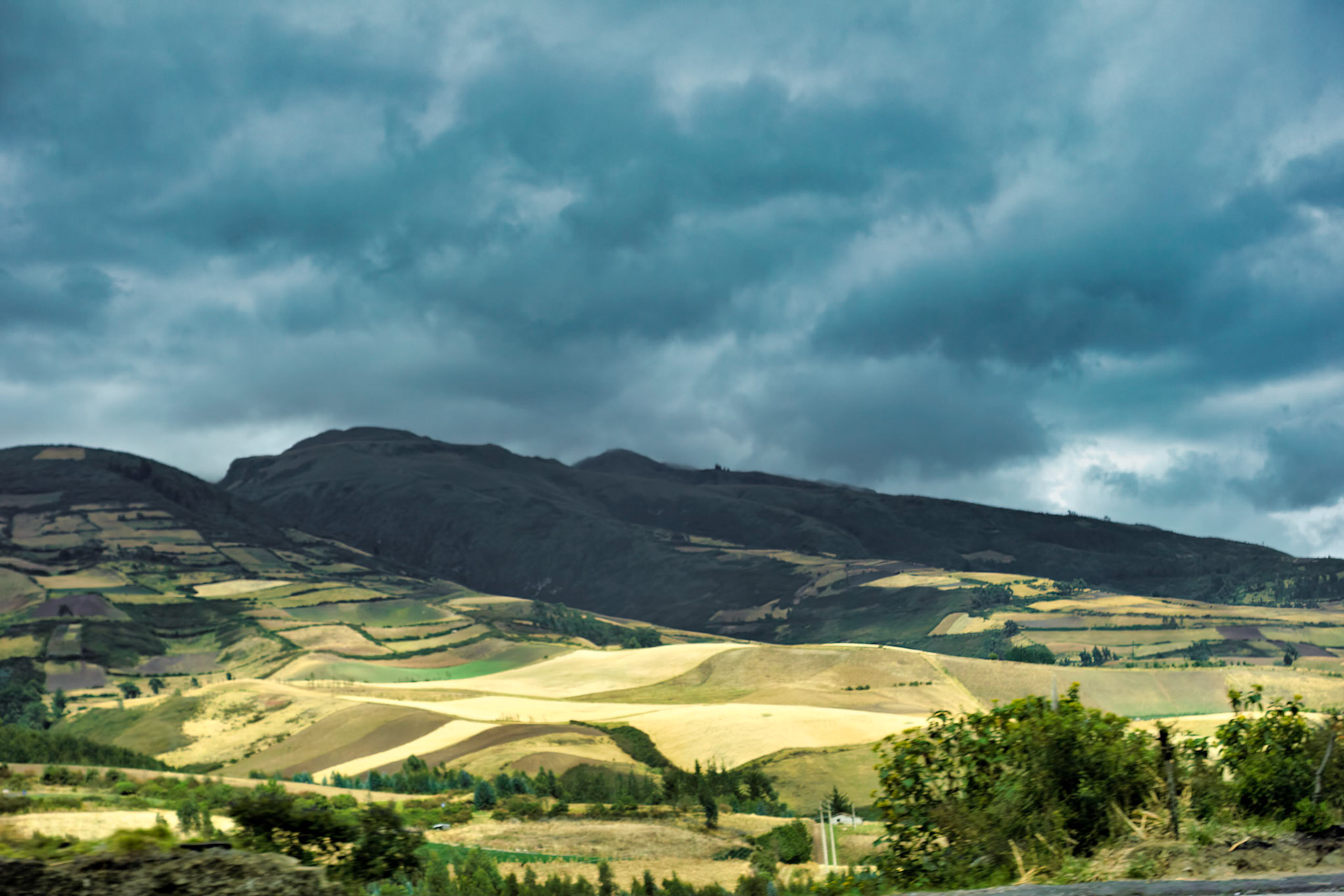
On way to Chilcapamba, Ecuador 2017 (Shot through bus window)
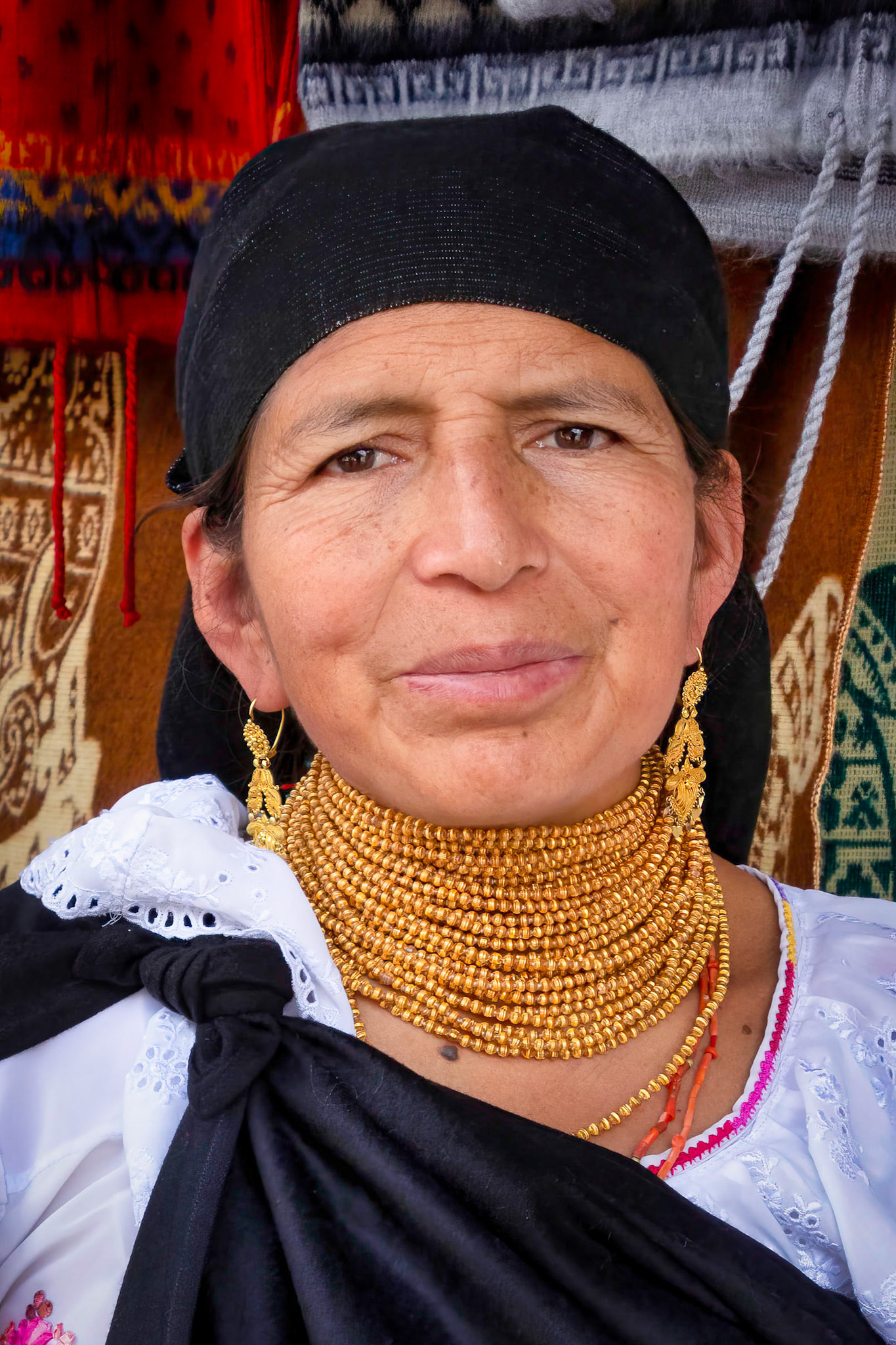
Outdoor market, Chilcapamba, Ecuador 2017
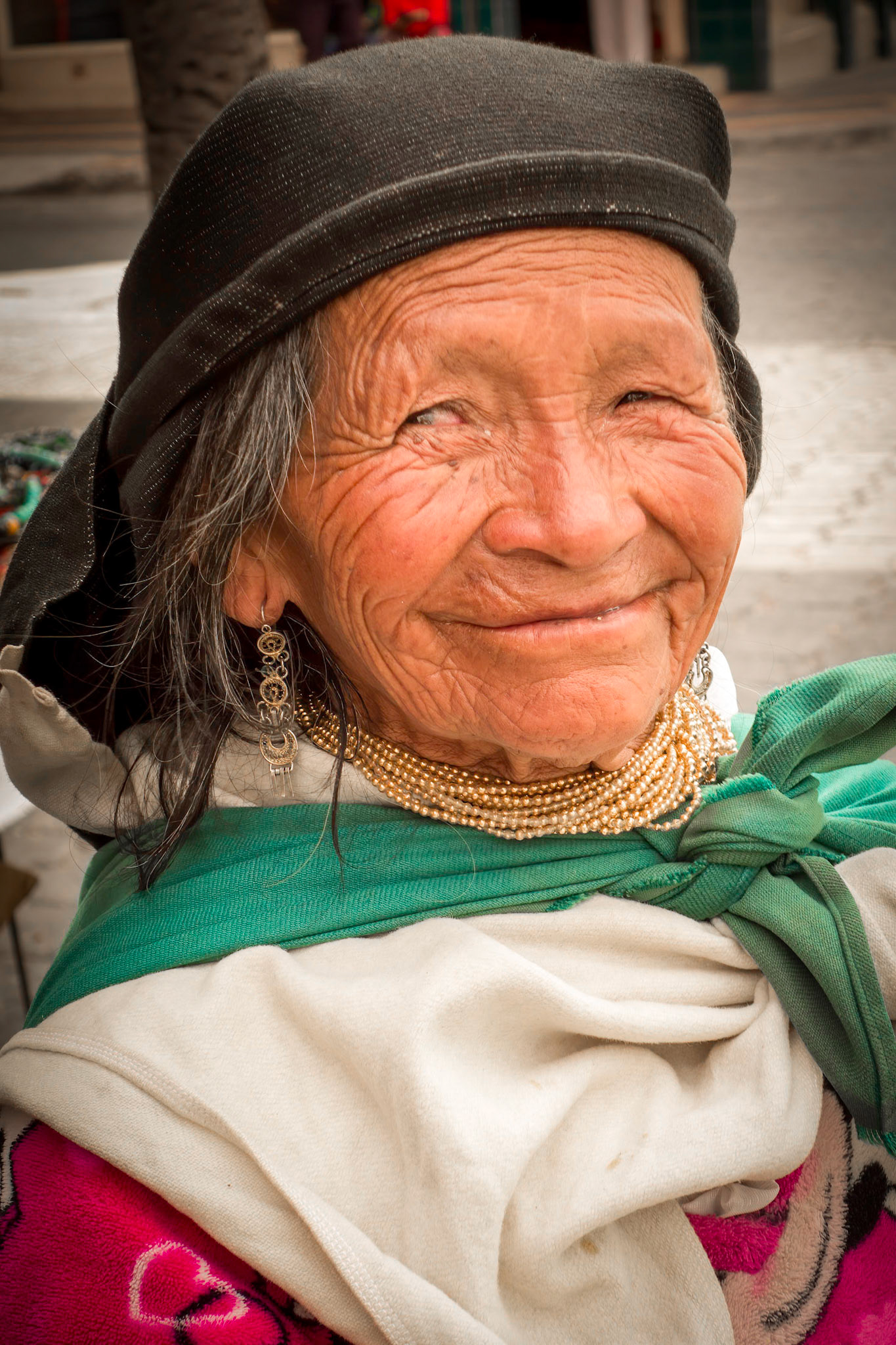
Outdoor market, Chilcapamba, Ecuador 2017
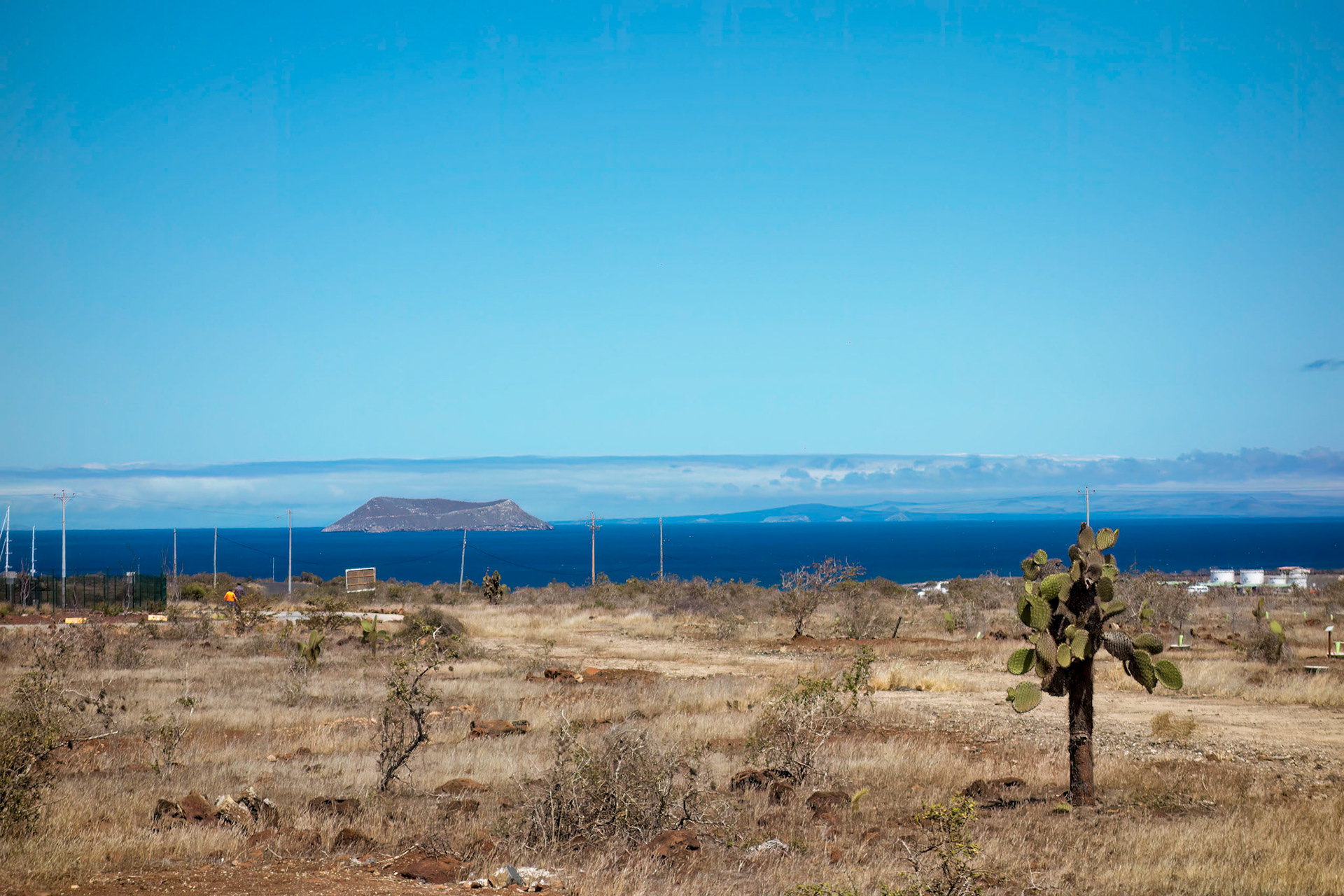
View near airport, Gulapagos Islands, Ecuador 2017
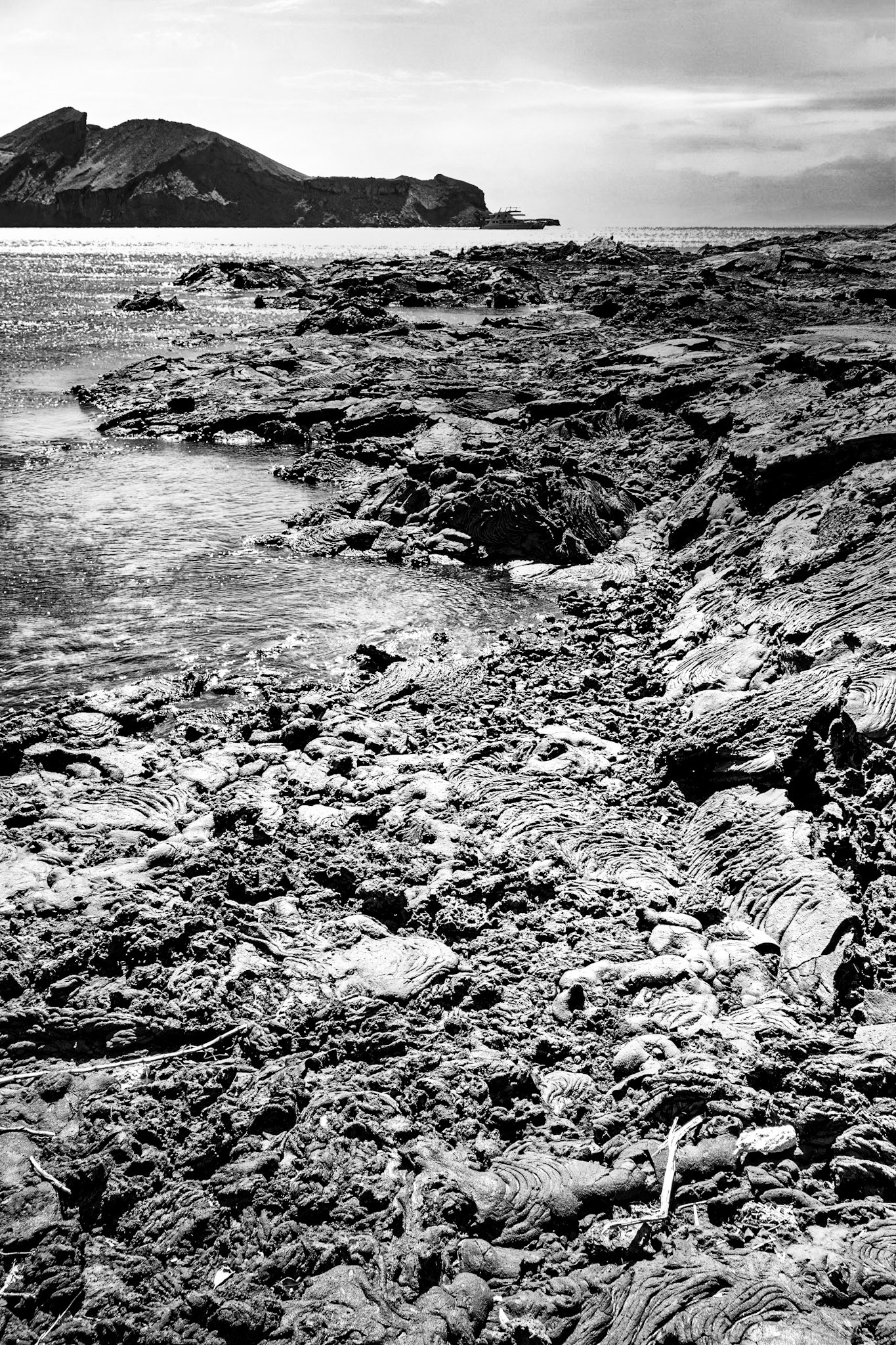
Lava beach on a Galapagos Island
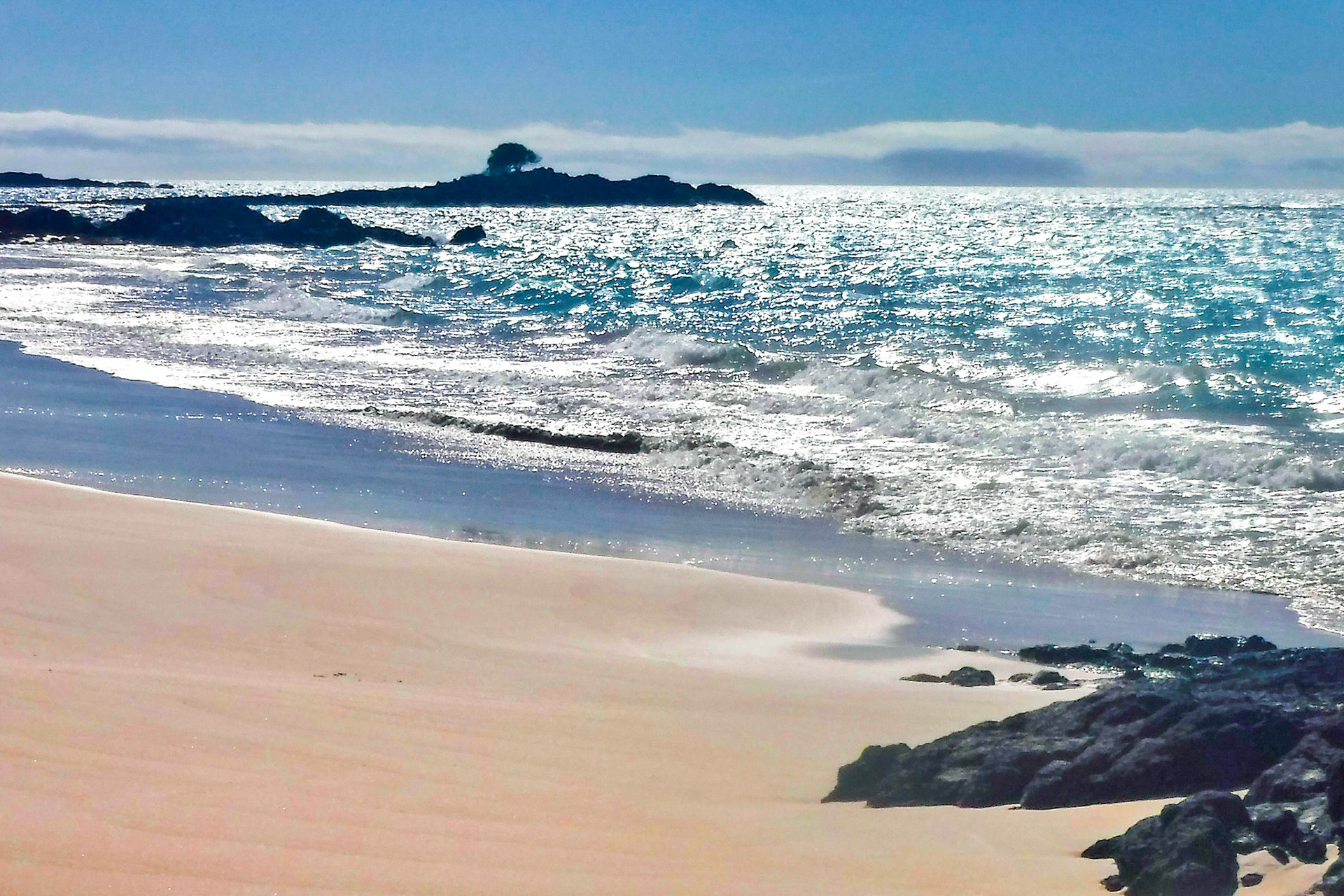
Sandy beach on a Galapagos Island
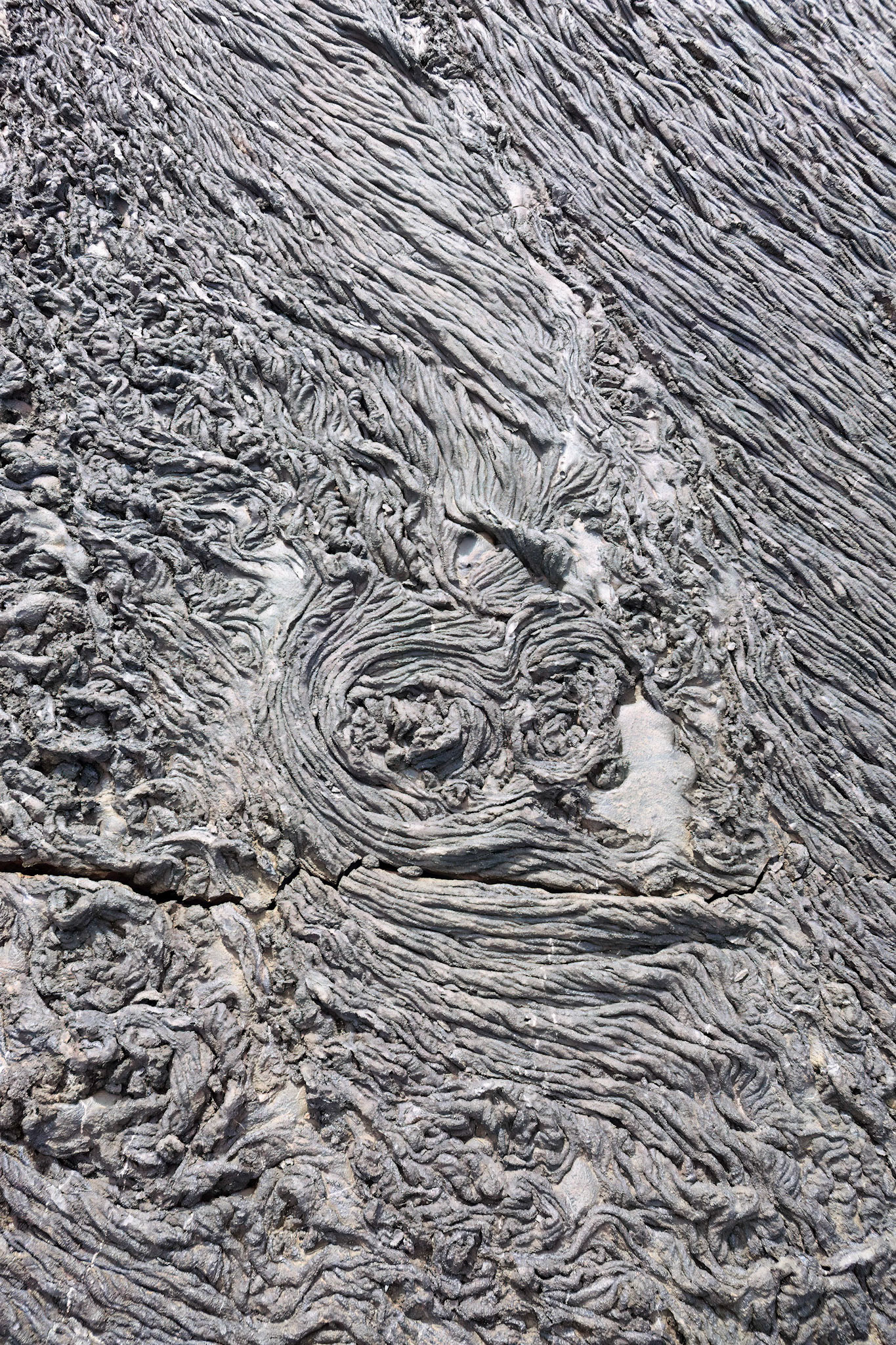
Close-up of lava flow, This is in color not black and white
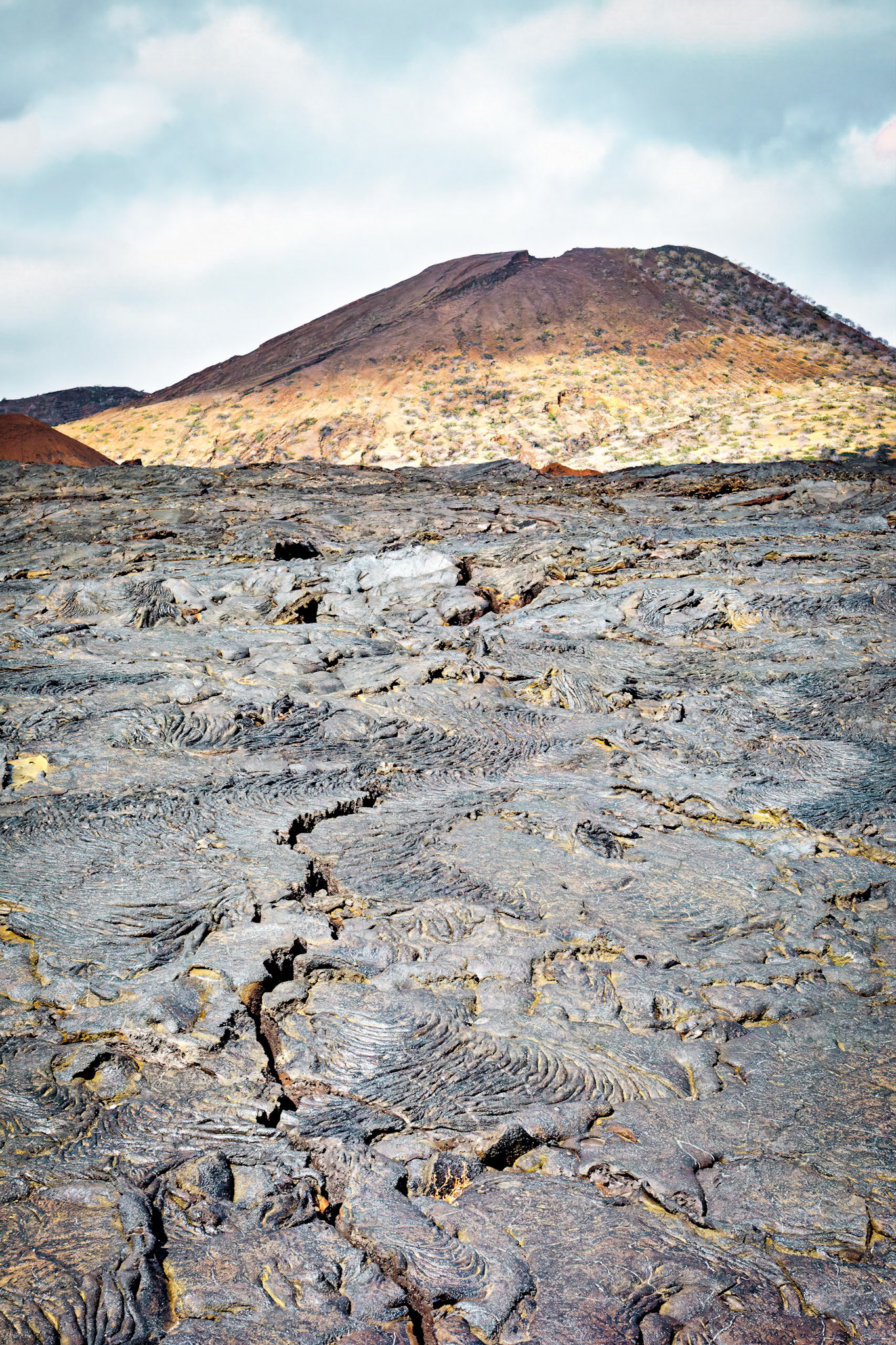
Volcano, Gulapagos Islands, Ecuador 2017
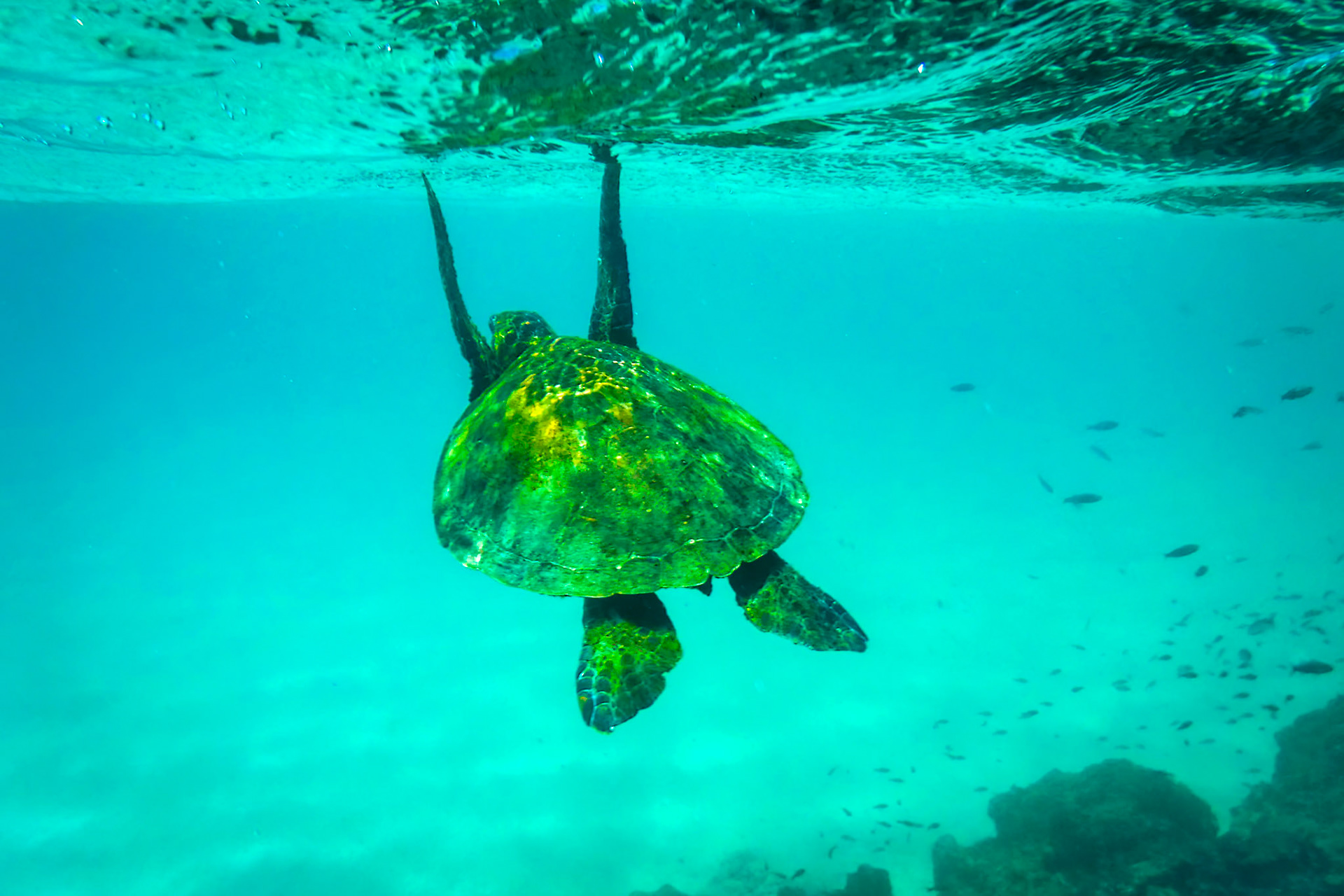
Sea turtle (NOT tortoise), Galapagos Islands, Ecuador 2017
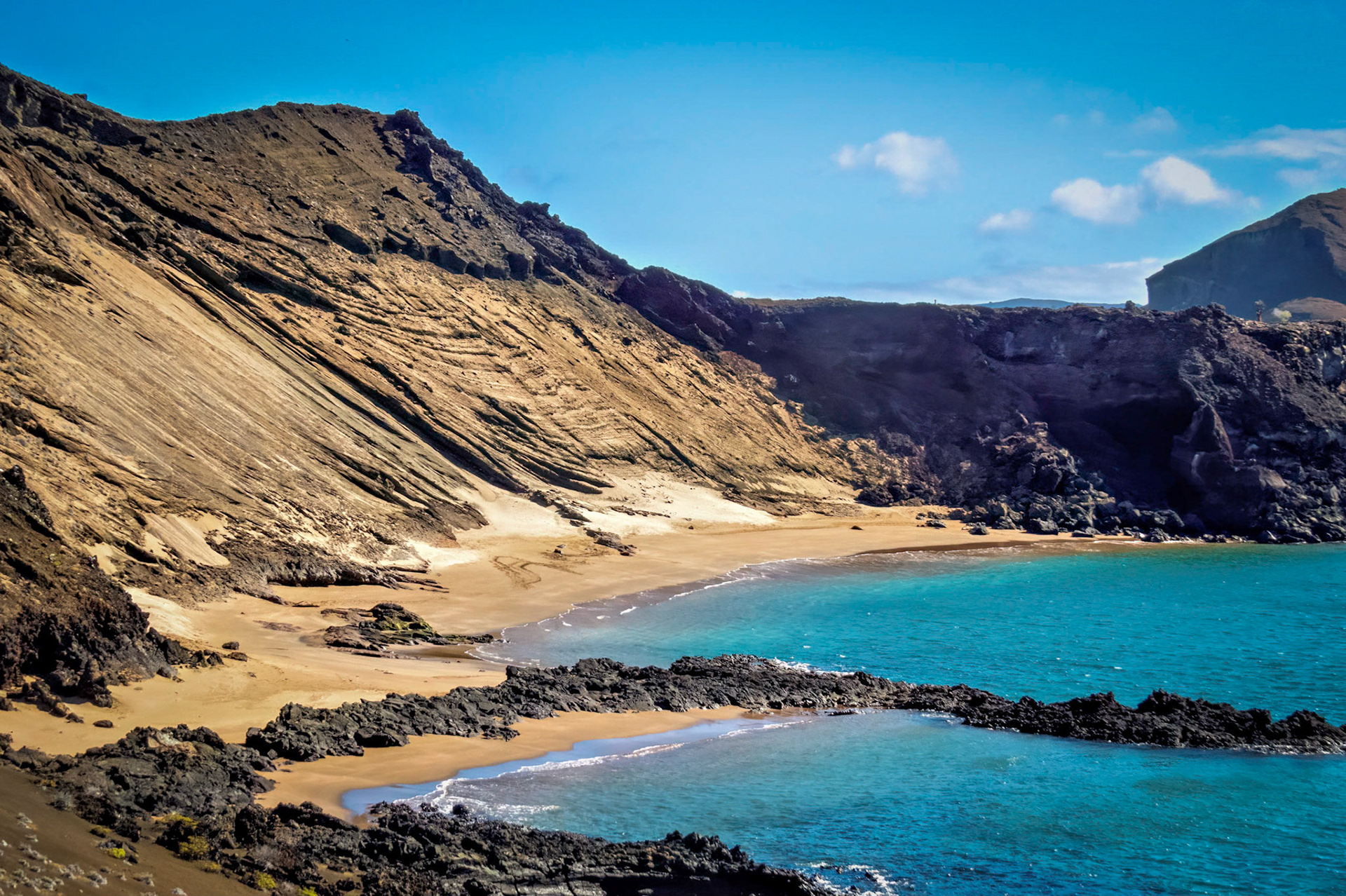
A Galapagos Island
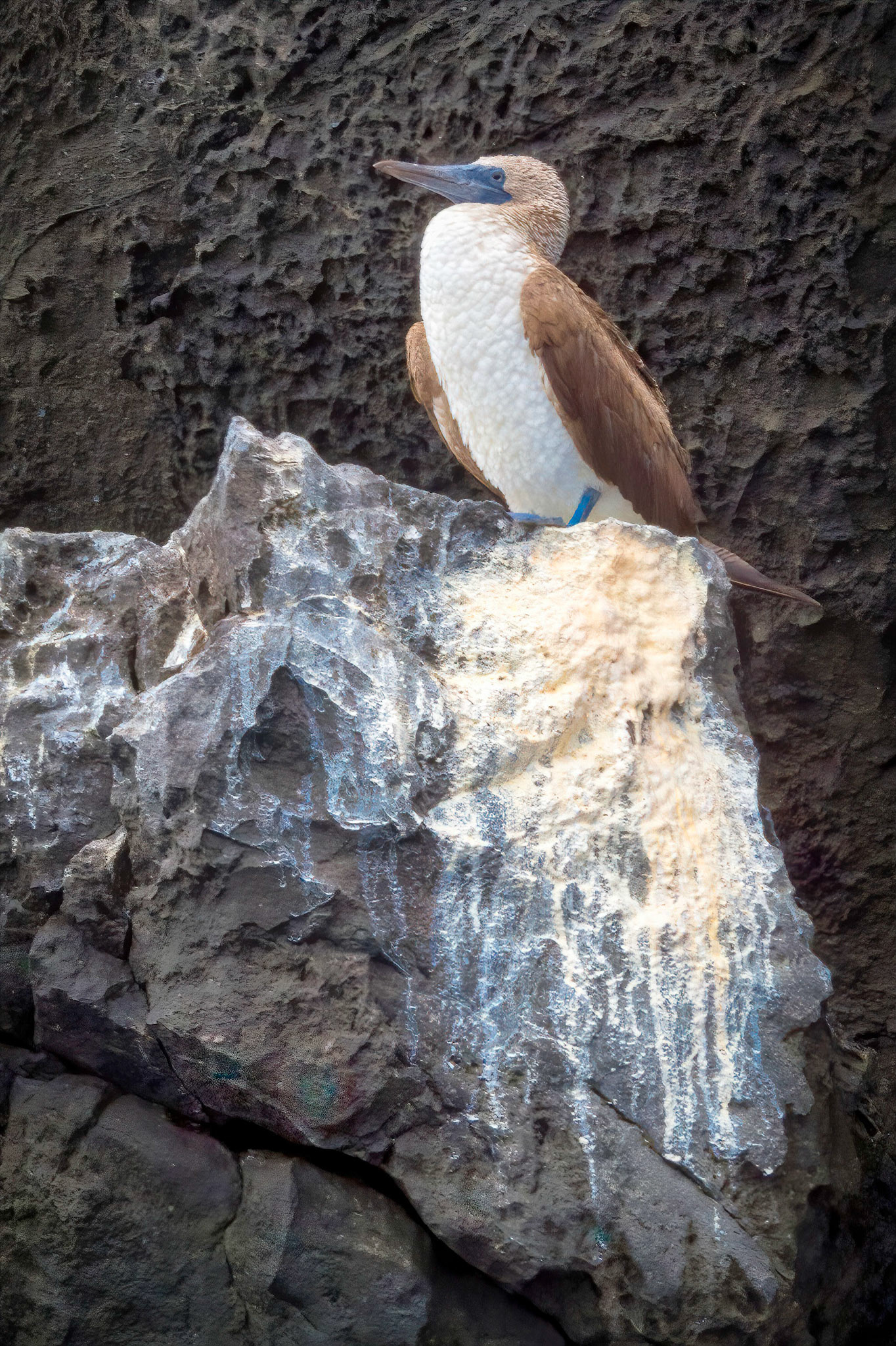
"Do you come here often?," Blue-footed Booby, Galapagos Islands, Ecuador 2017
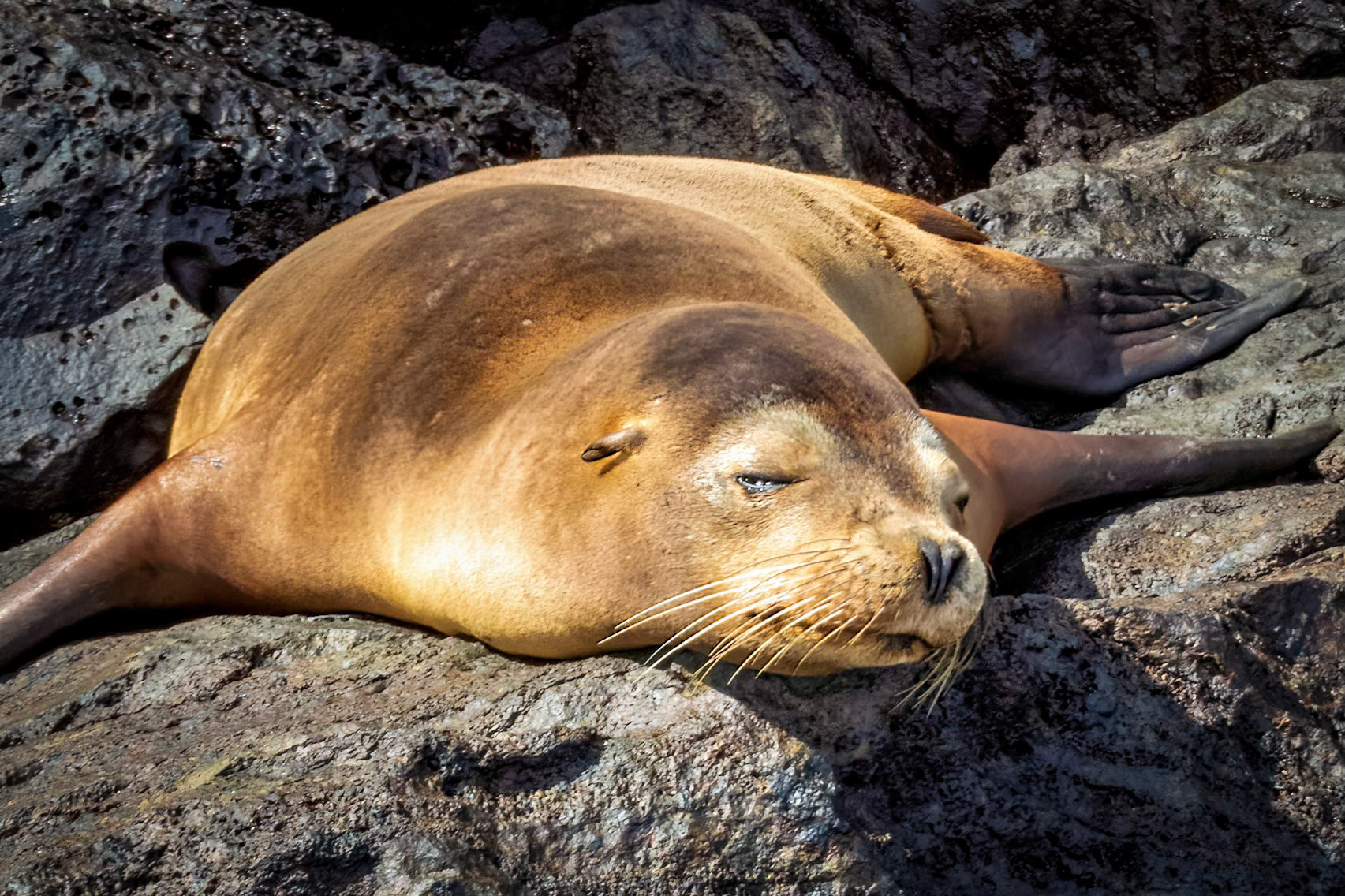
Gulapagos Islands, Ecuador 2017
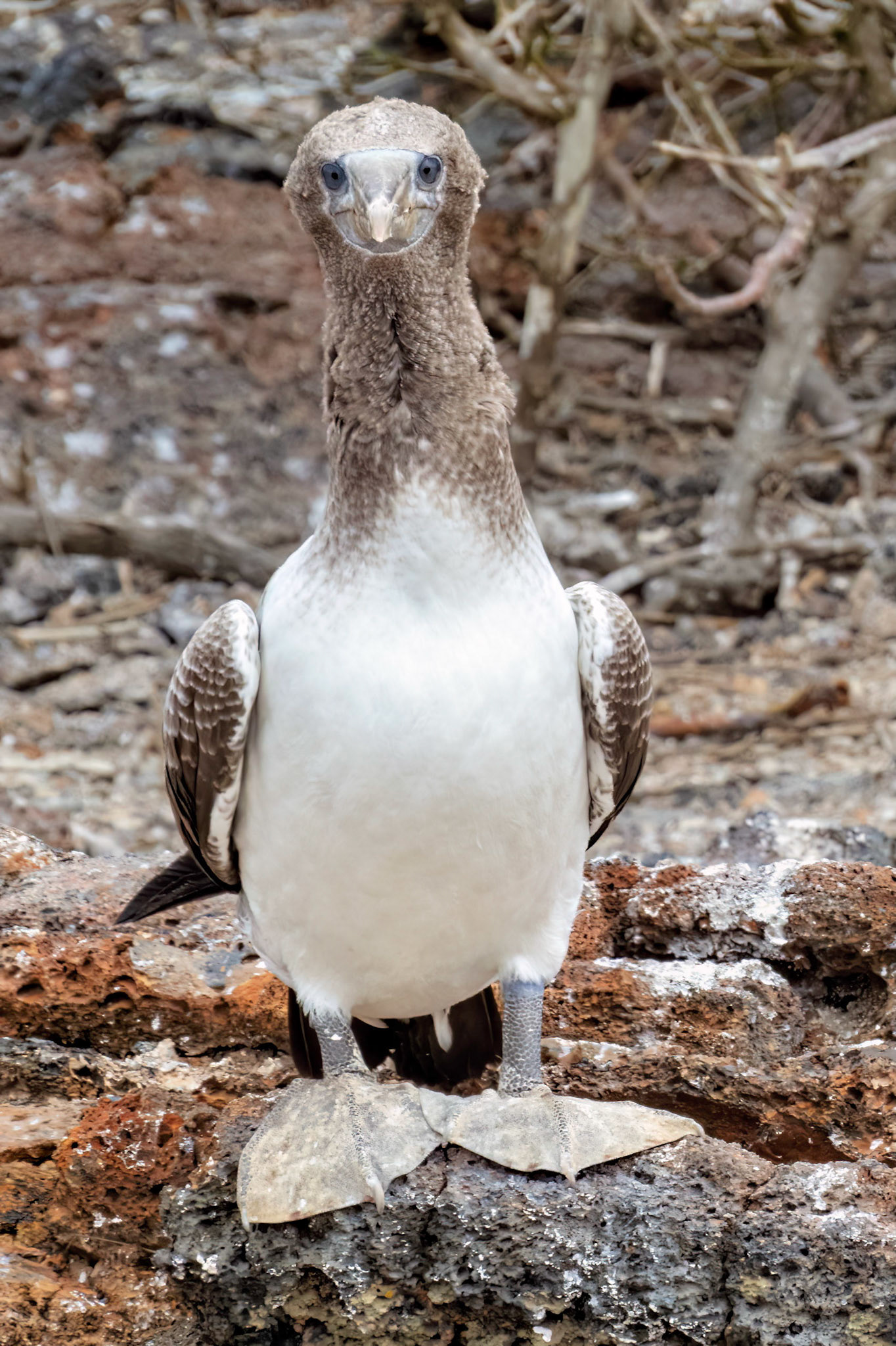
Gulapagos Islands, Ecuador 2017
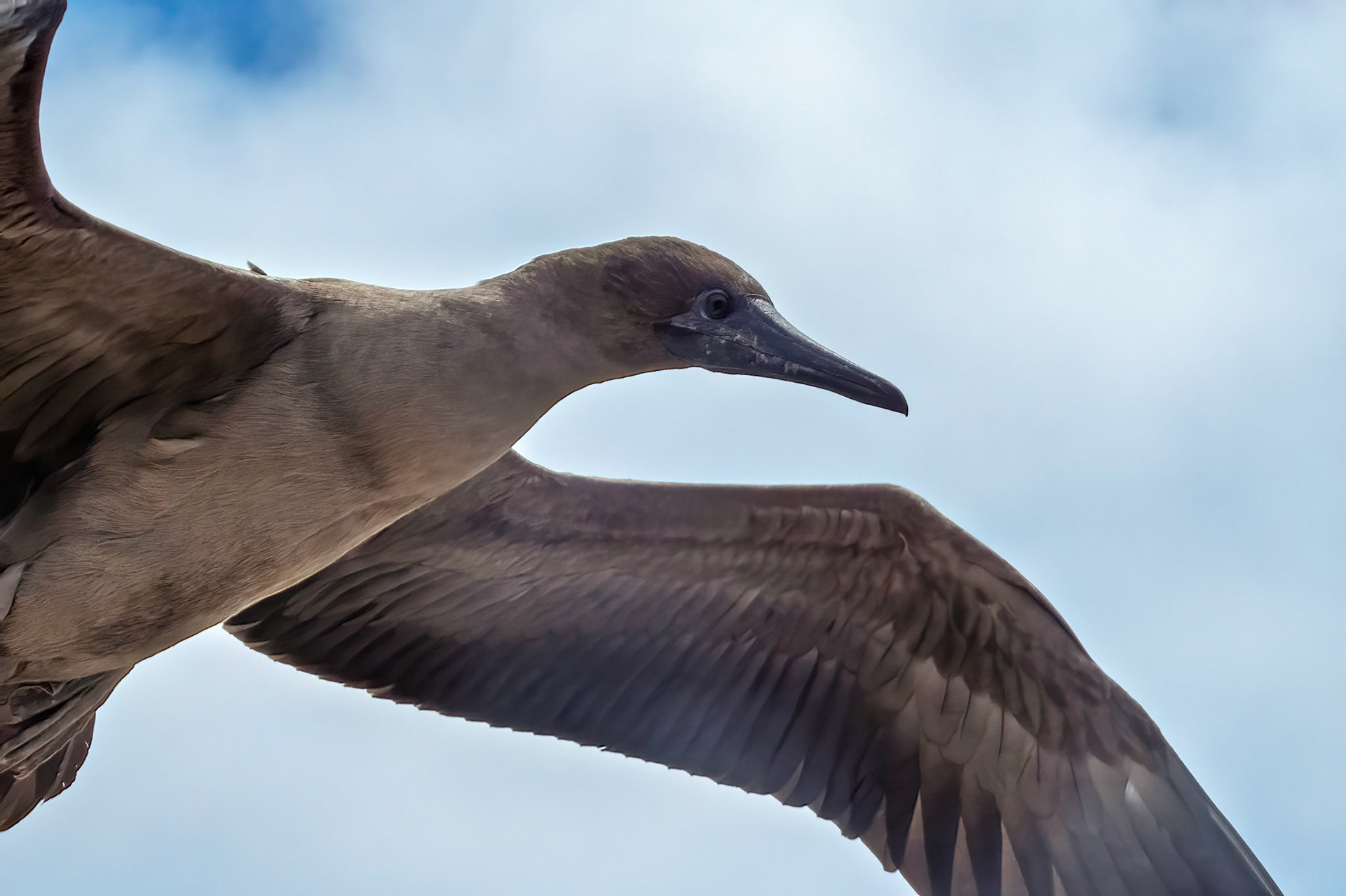
Gulapagos Islands, Ecuador 2017
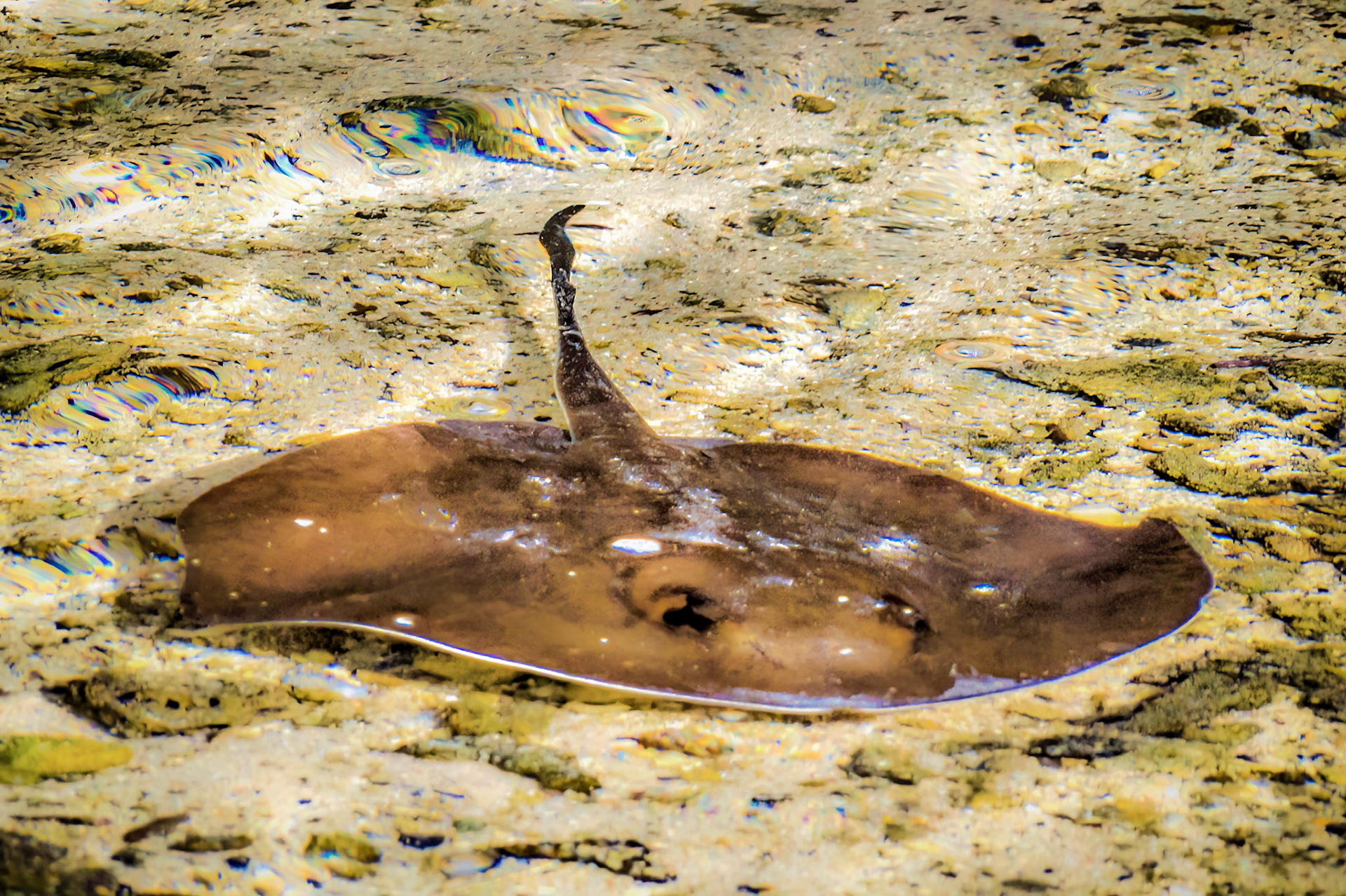
Manta ray in a pool on one of the Galapagos Islands
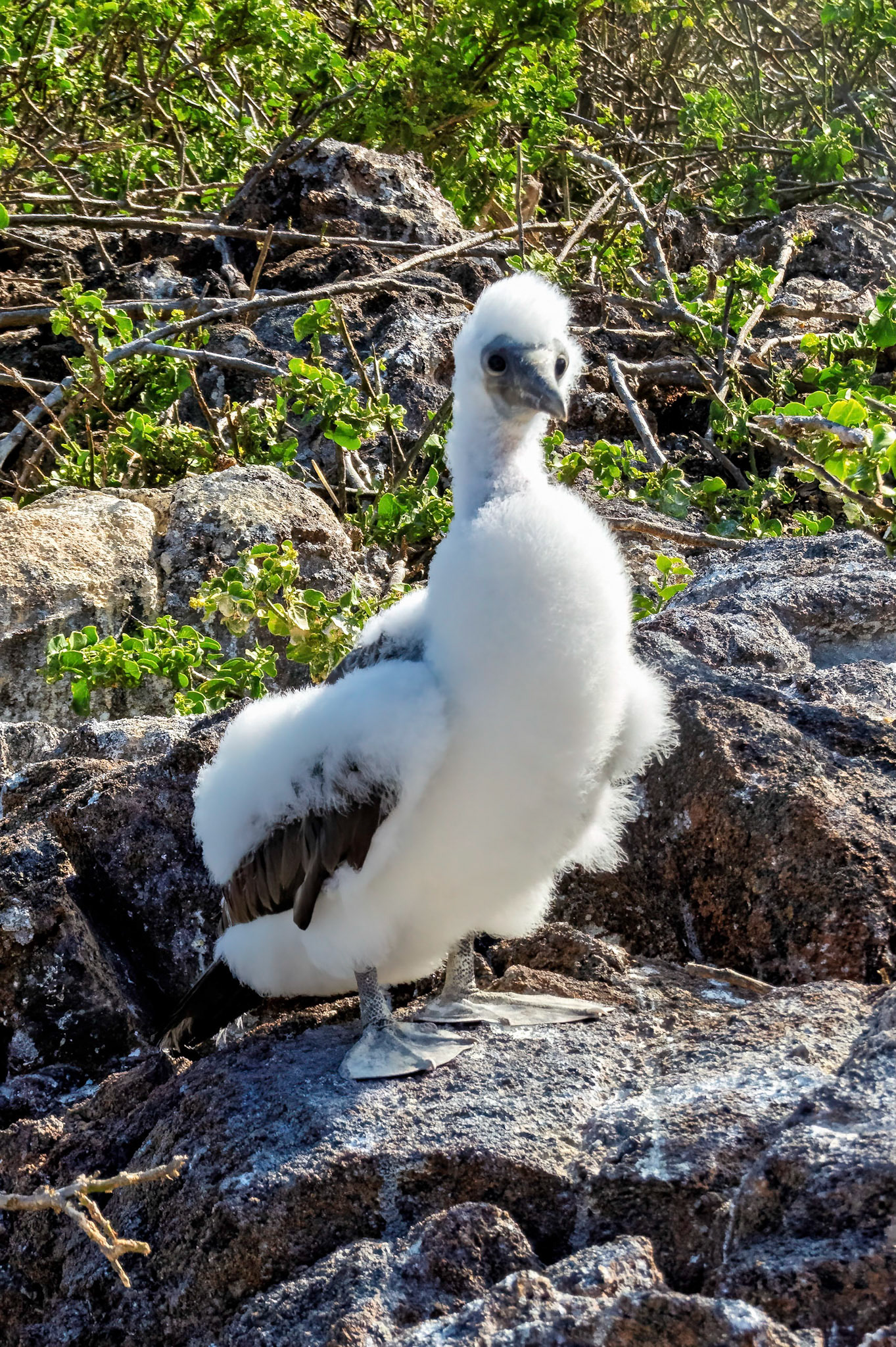
Gulapagos Islands, Ecuador 2017
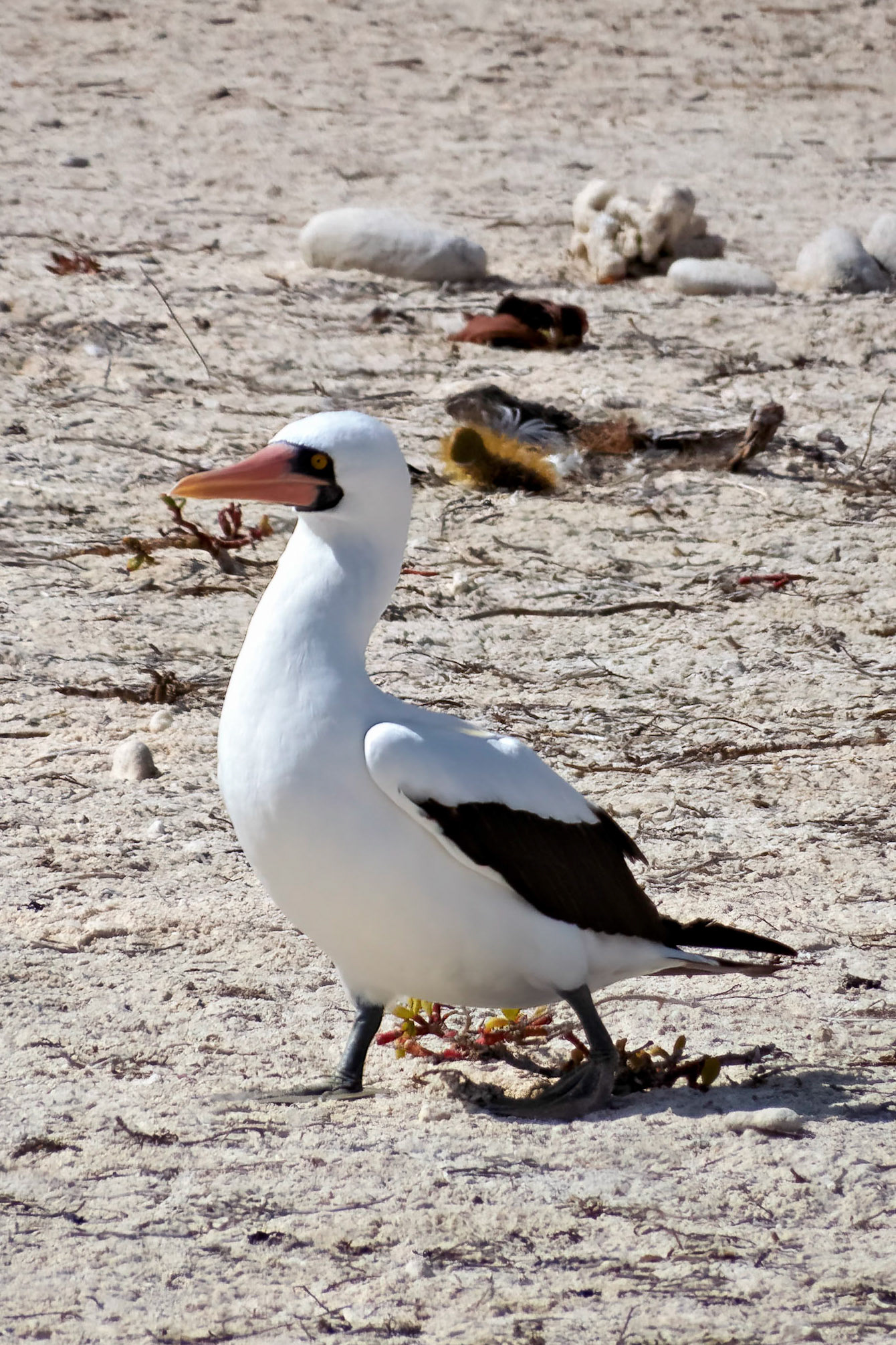
Gulapagos Islands, Ecuador 2017
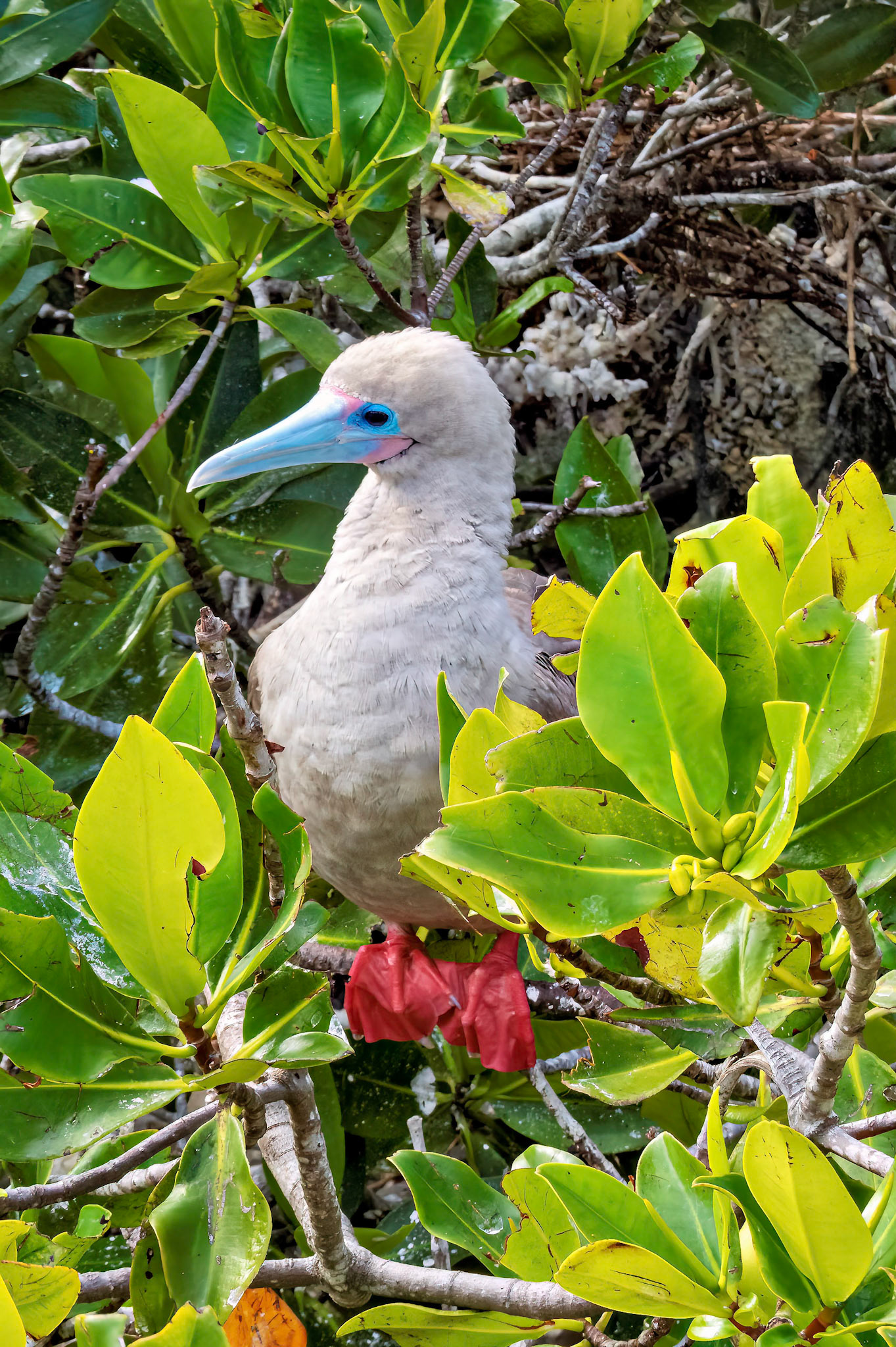
Red-footed booby, Gulapagos Islands, Ecuador 2017
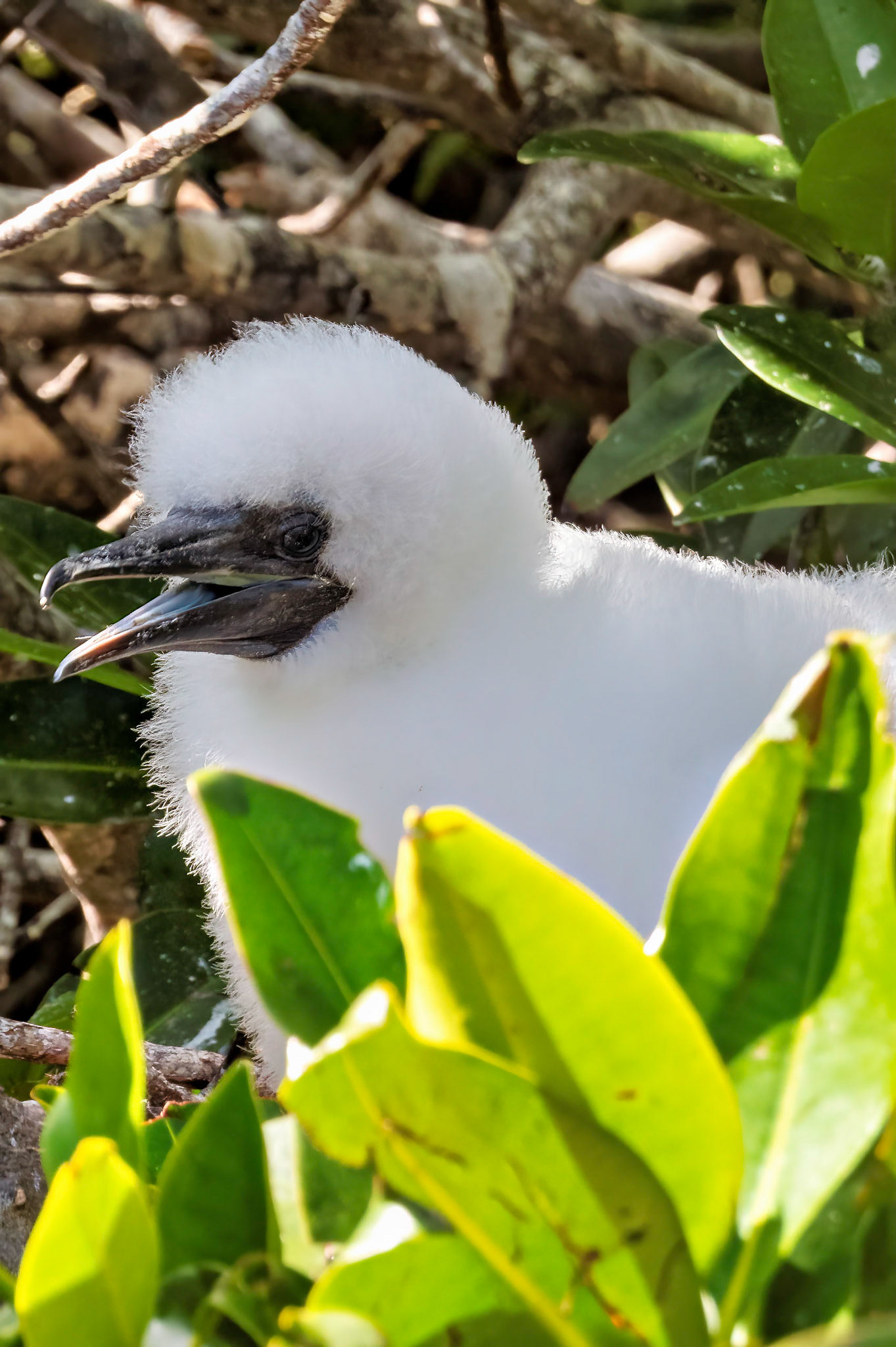
Gulapagos Islands, Ecuador 2017
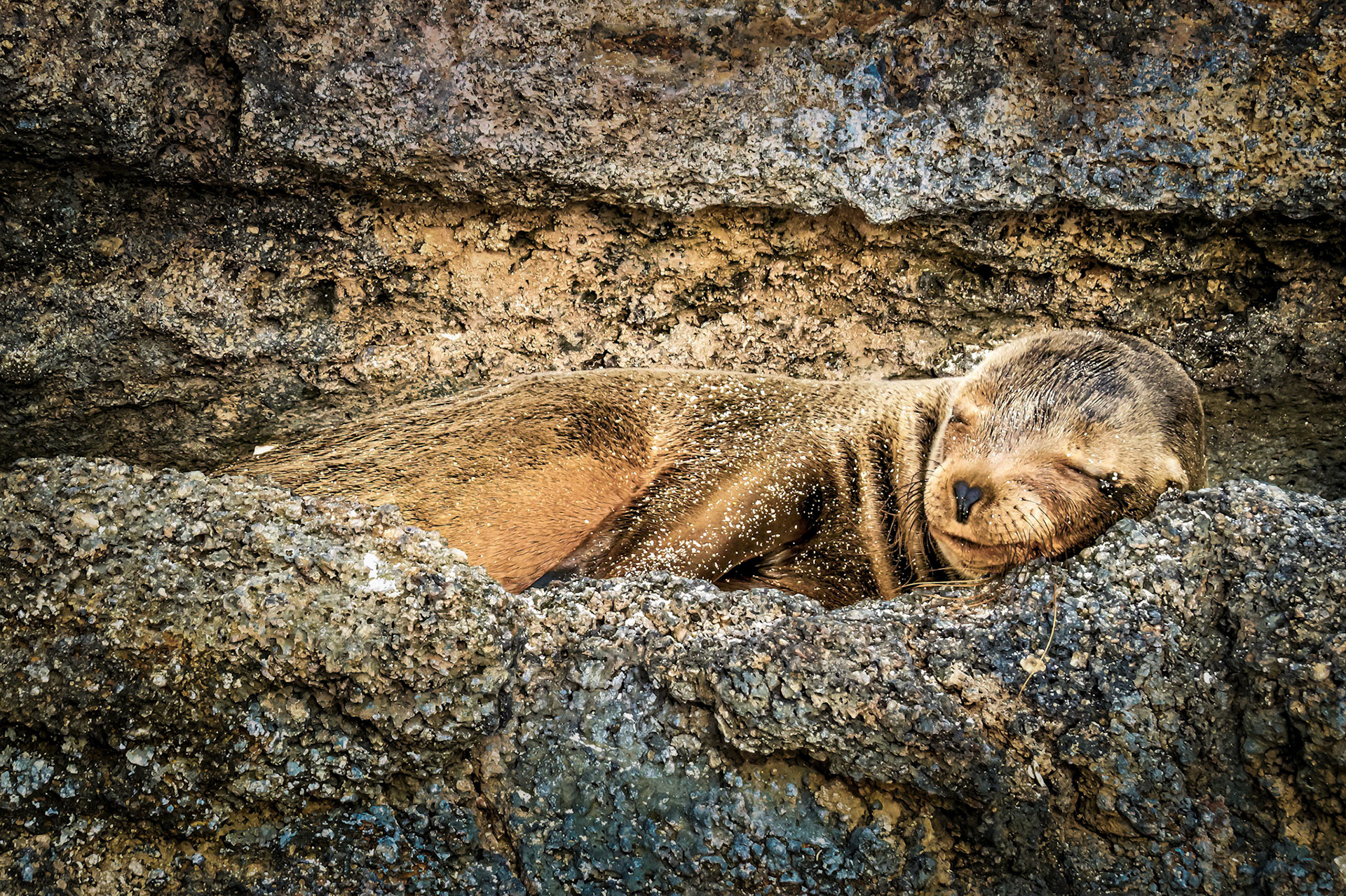
Seal, Galapagos Islands 2017
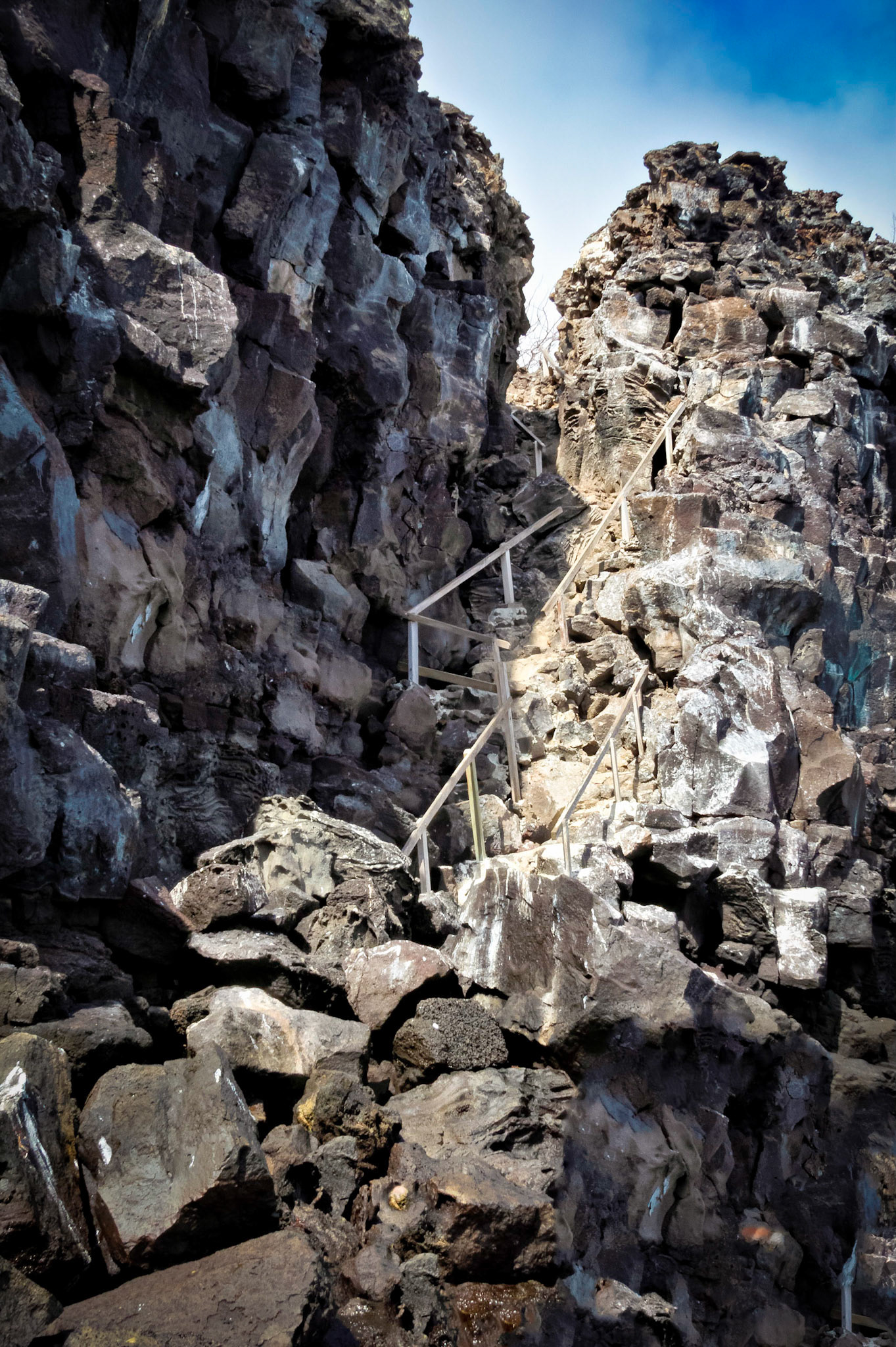
The way up to one Island
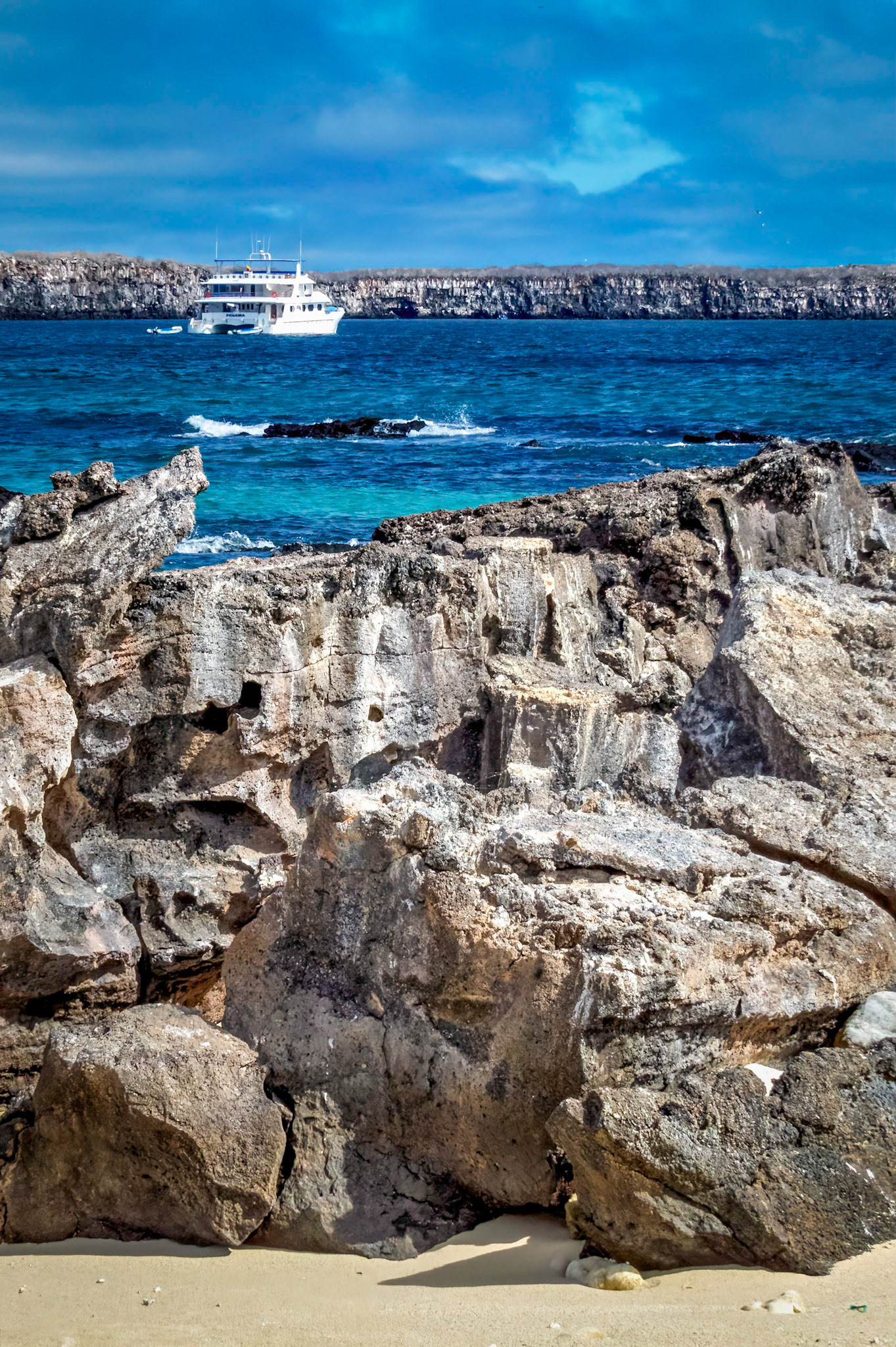
Our ship, Galapagos Islands, Ecuador 2017
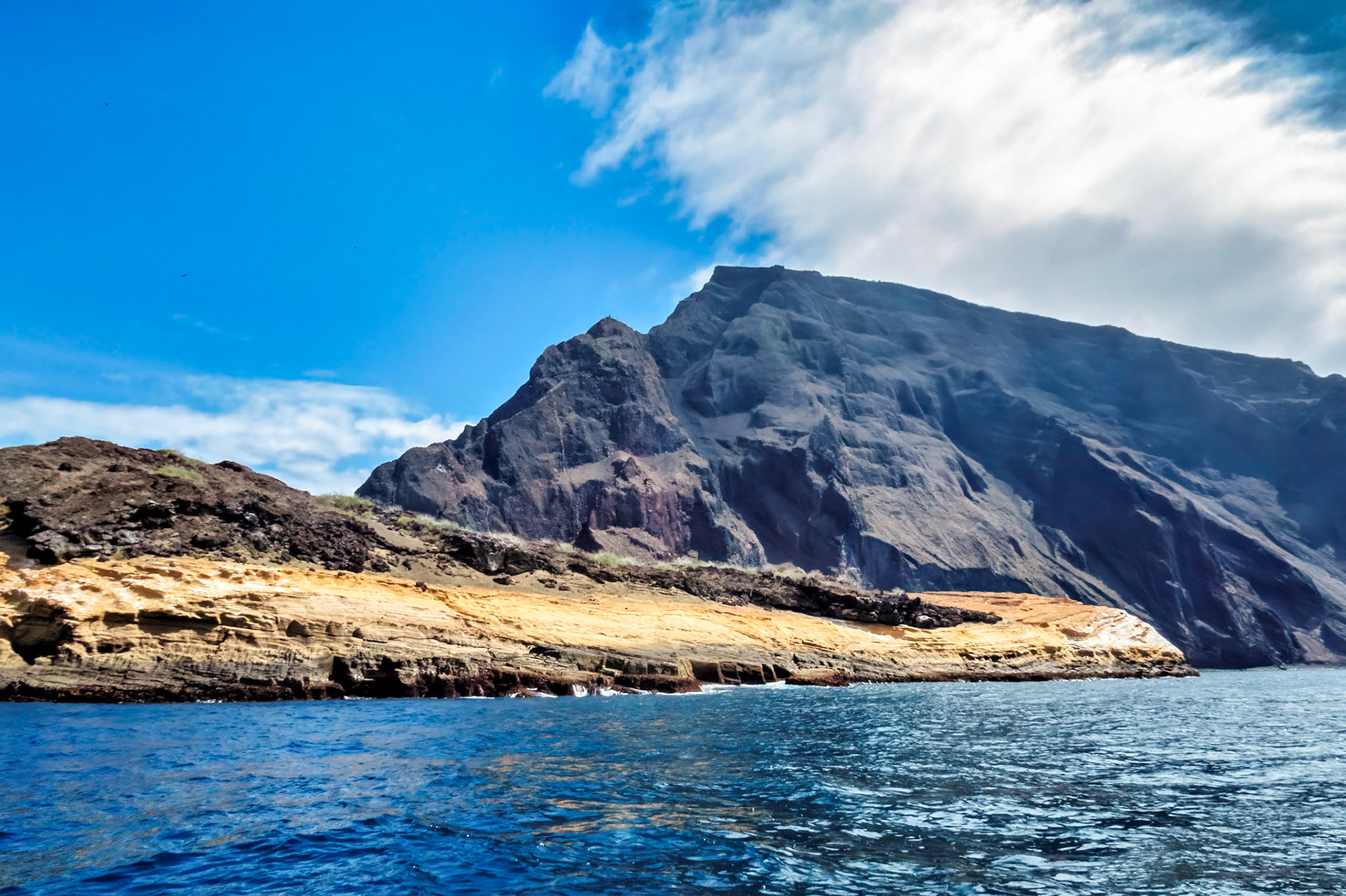
A Galapagos Island 2017

Gulapagos Islands, Ecuador 2017
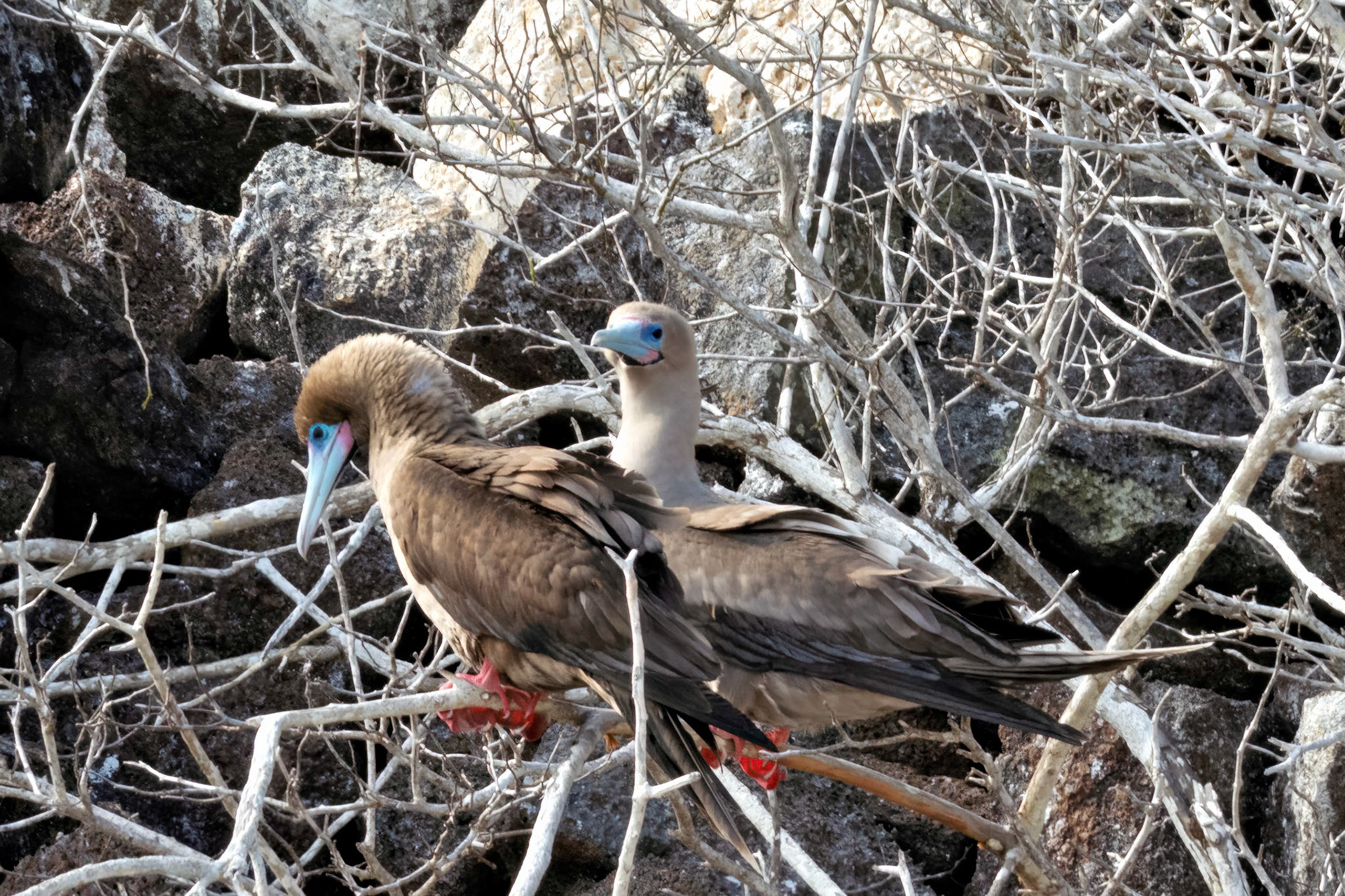
Galapagos Islands, Ecuador 2017
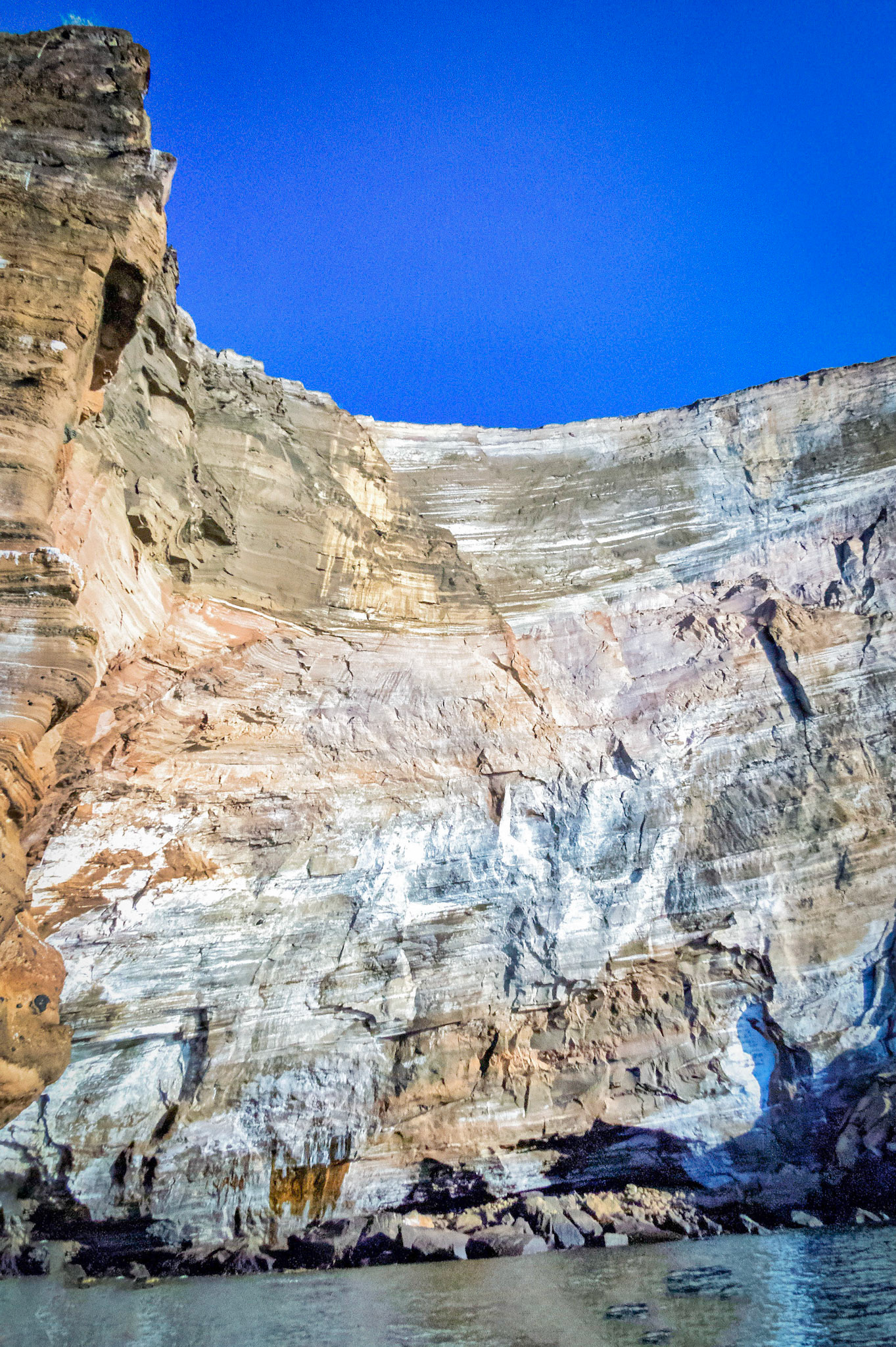
Galapagos Islands, Ecuador 2017
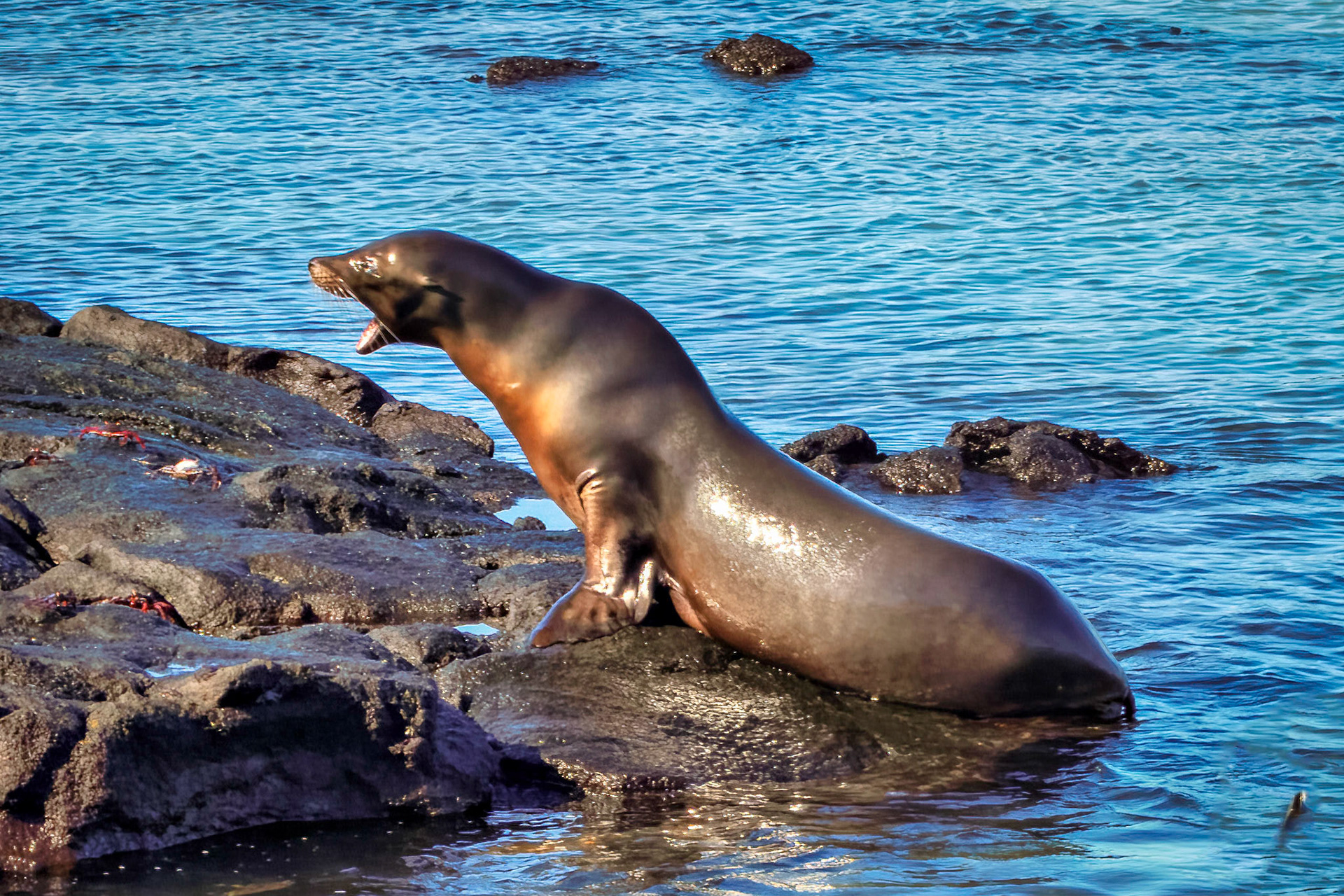
Eared seal, Gulapagos Islands, Ecuador 2017
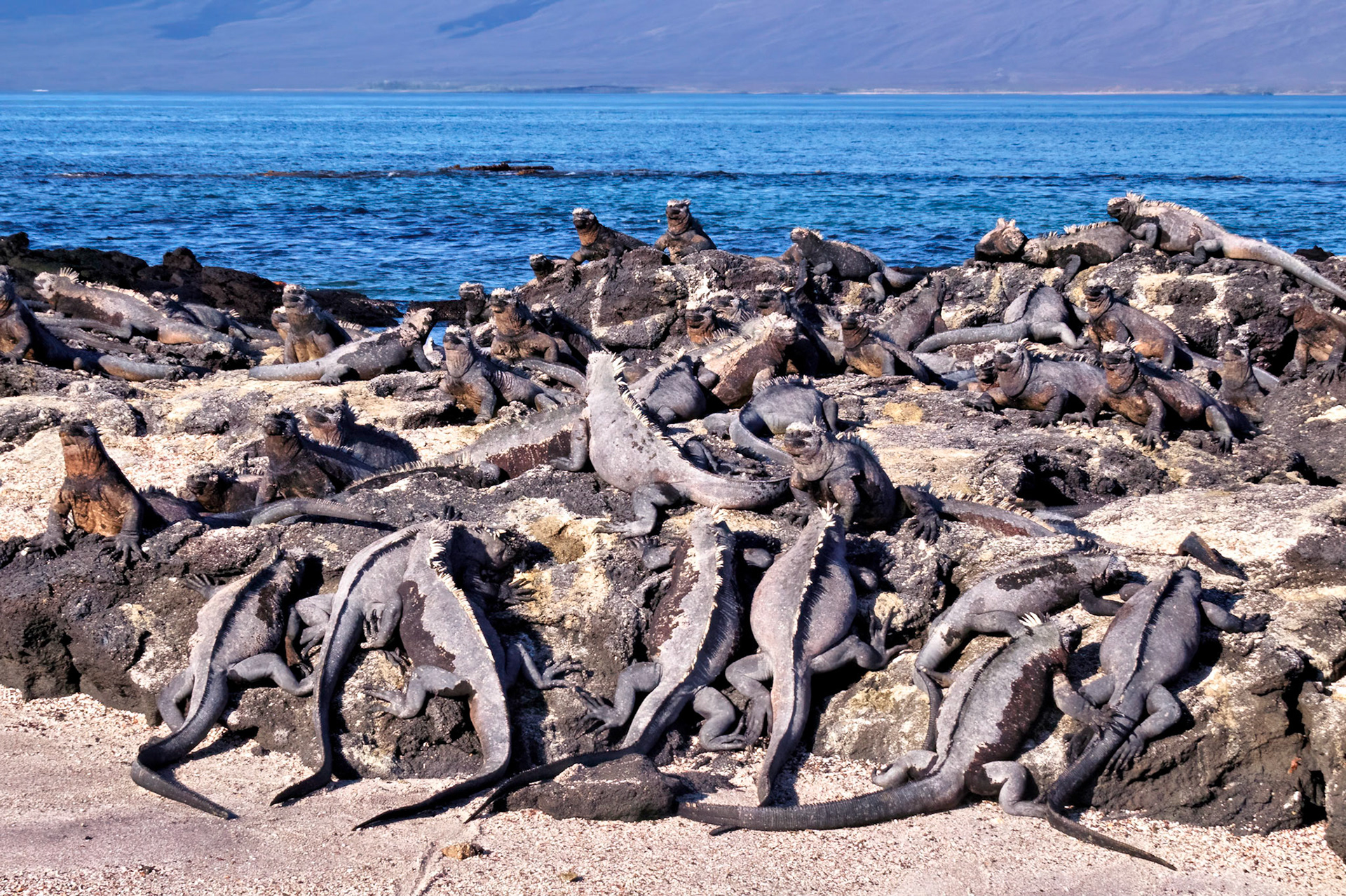
A mess (group) of Iguanas, Gulapagos Islands, Ecuador 2017
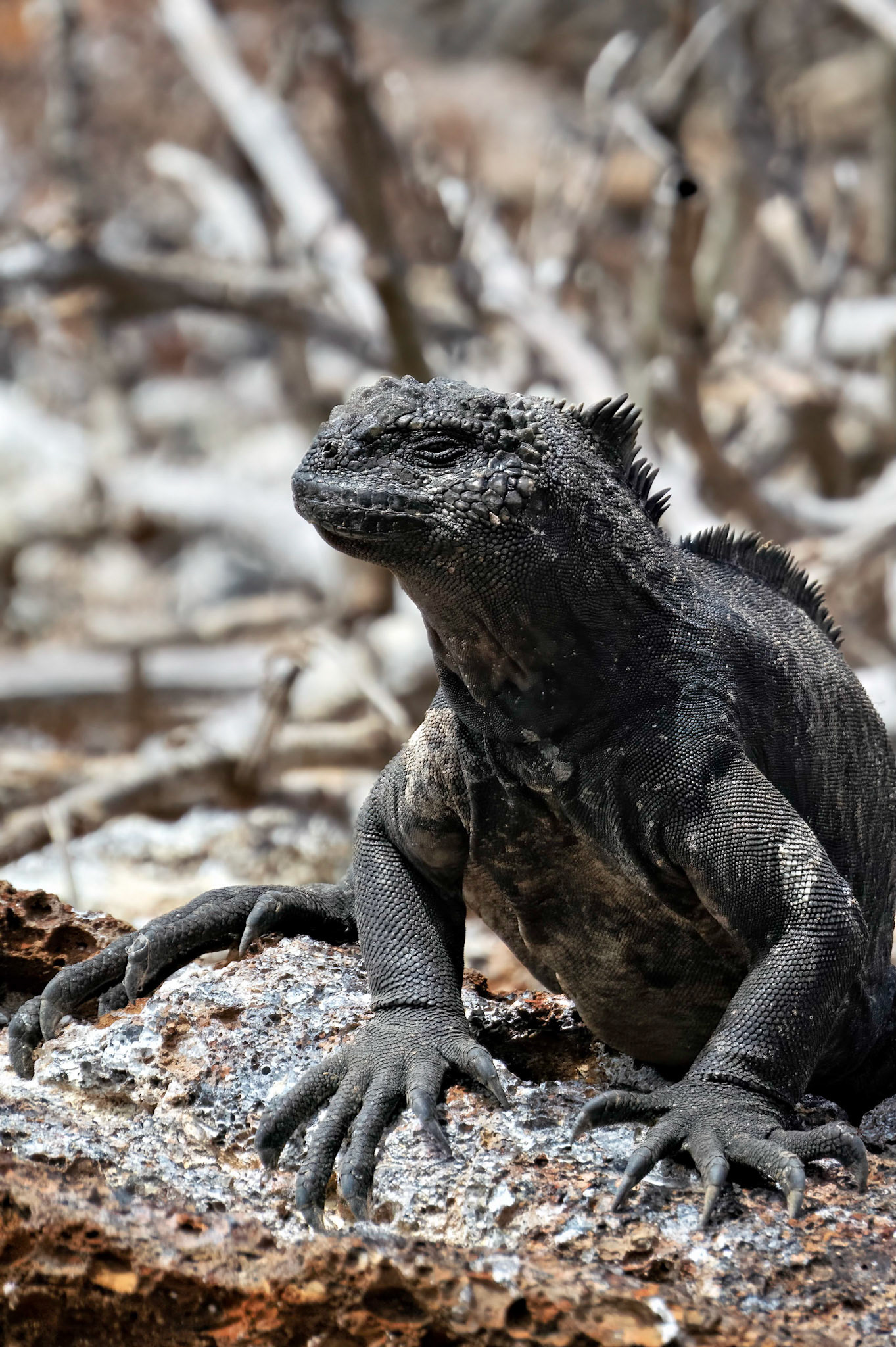
Iguana, Gulapagos Islands, Ecuador 2017
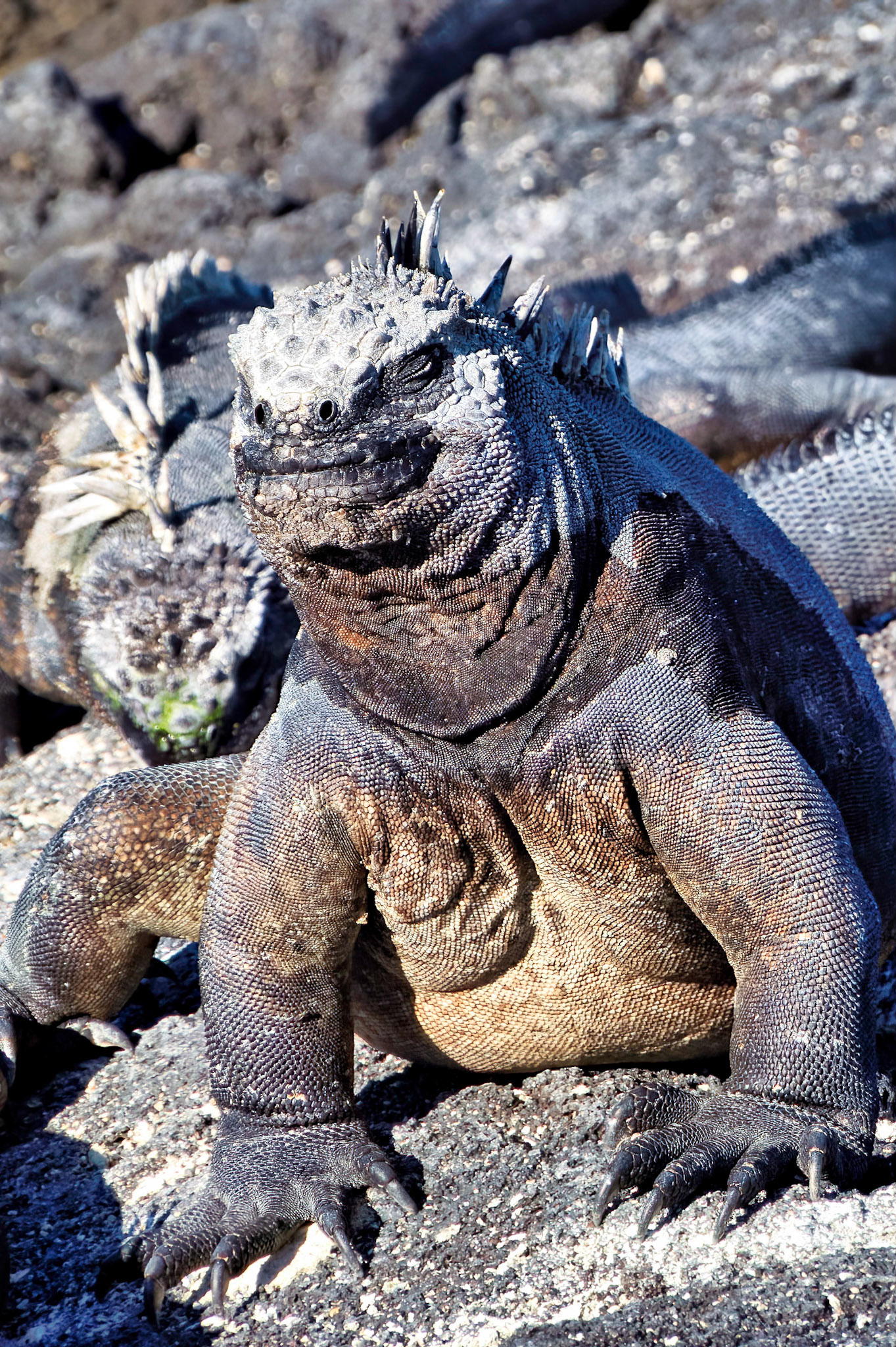
Iguana, Gulapagos Islands, Ecuador 2017
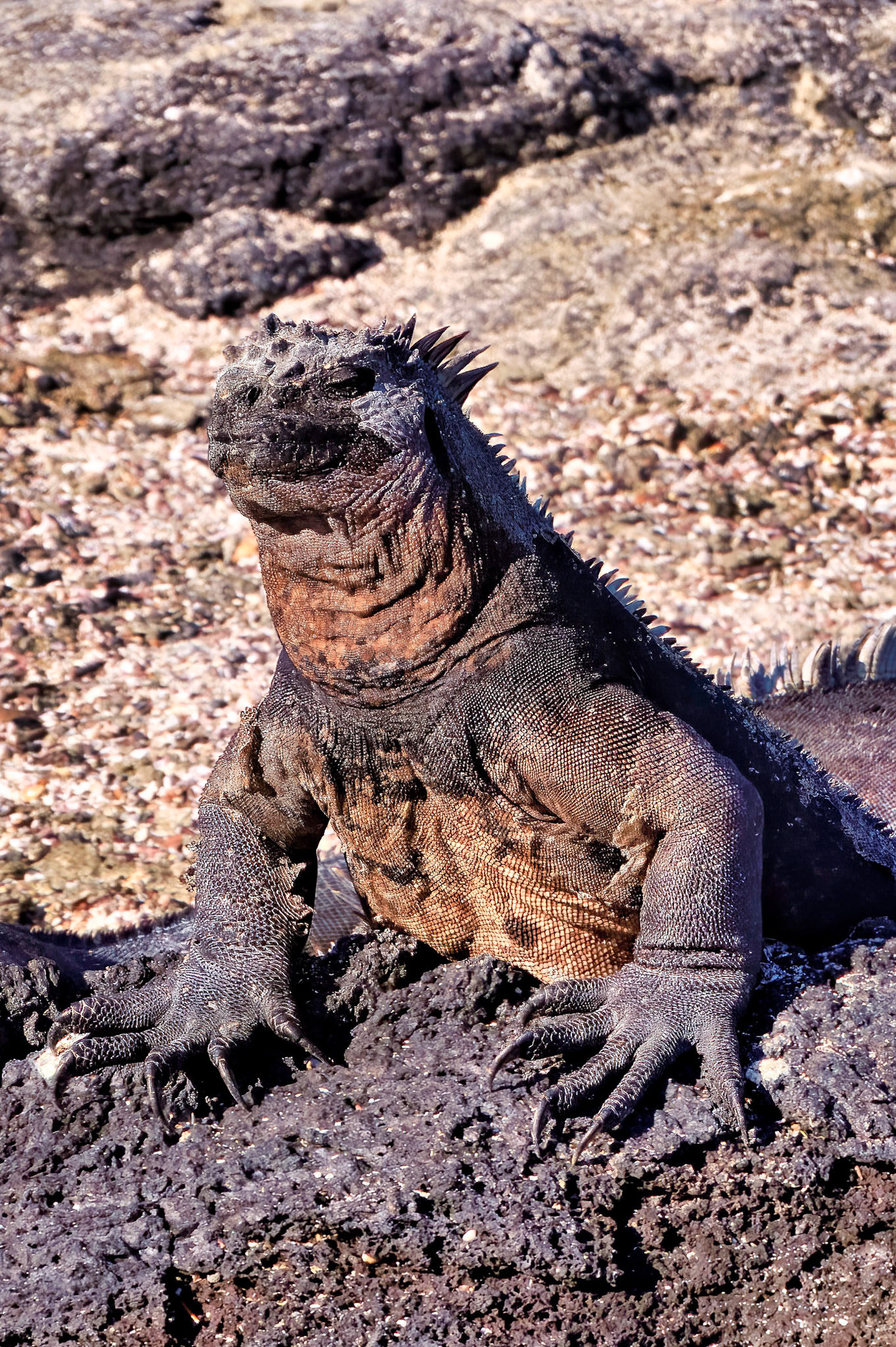
Iguana, Gulapagos Islands, Ecuador 2017
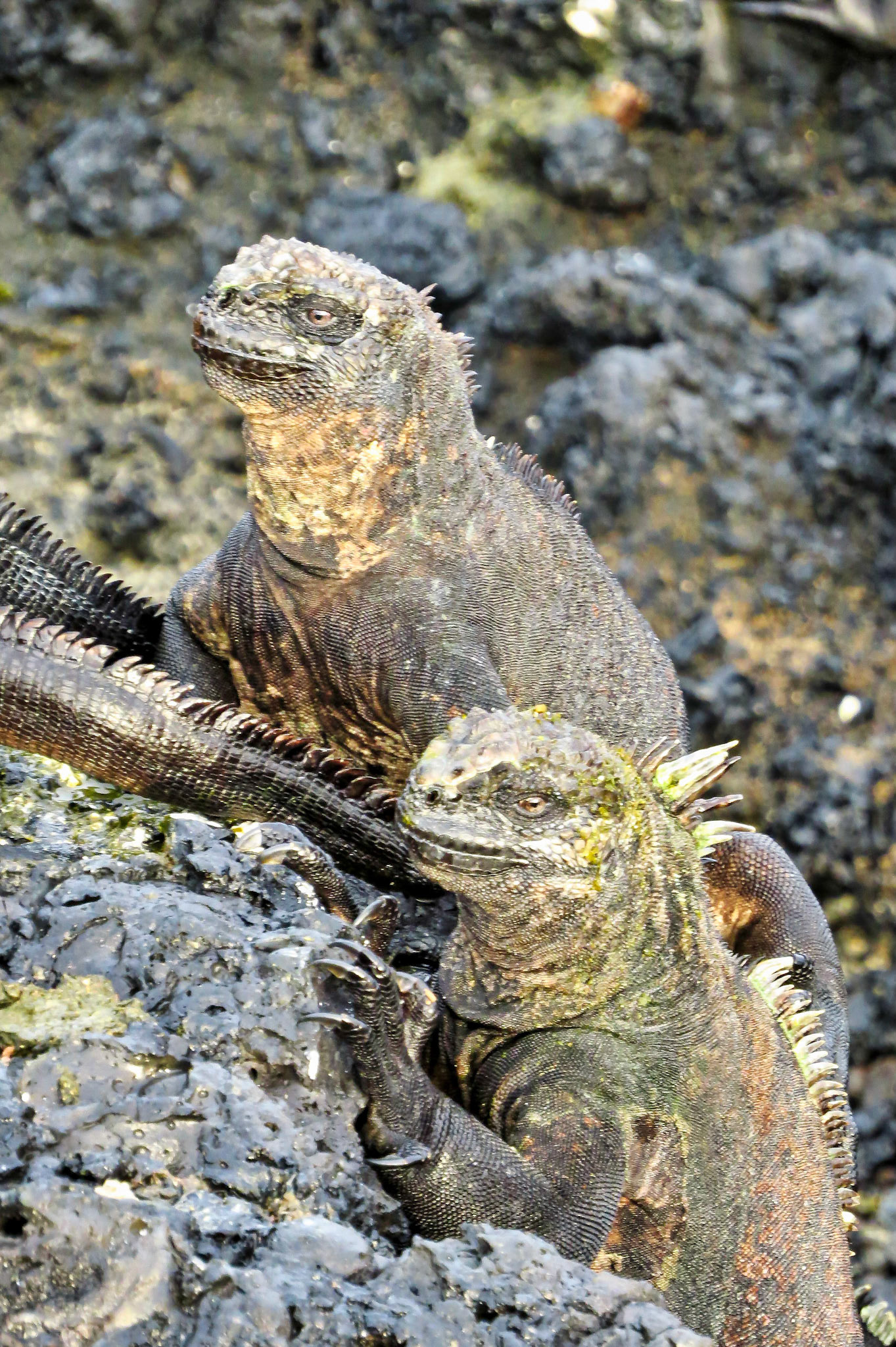
Iguana, Gulapagos Islands, Ecuador 2017
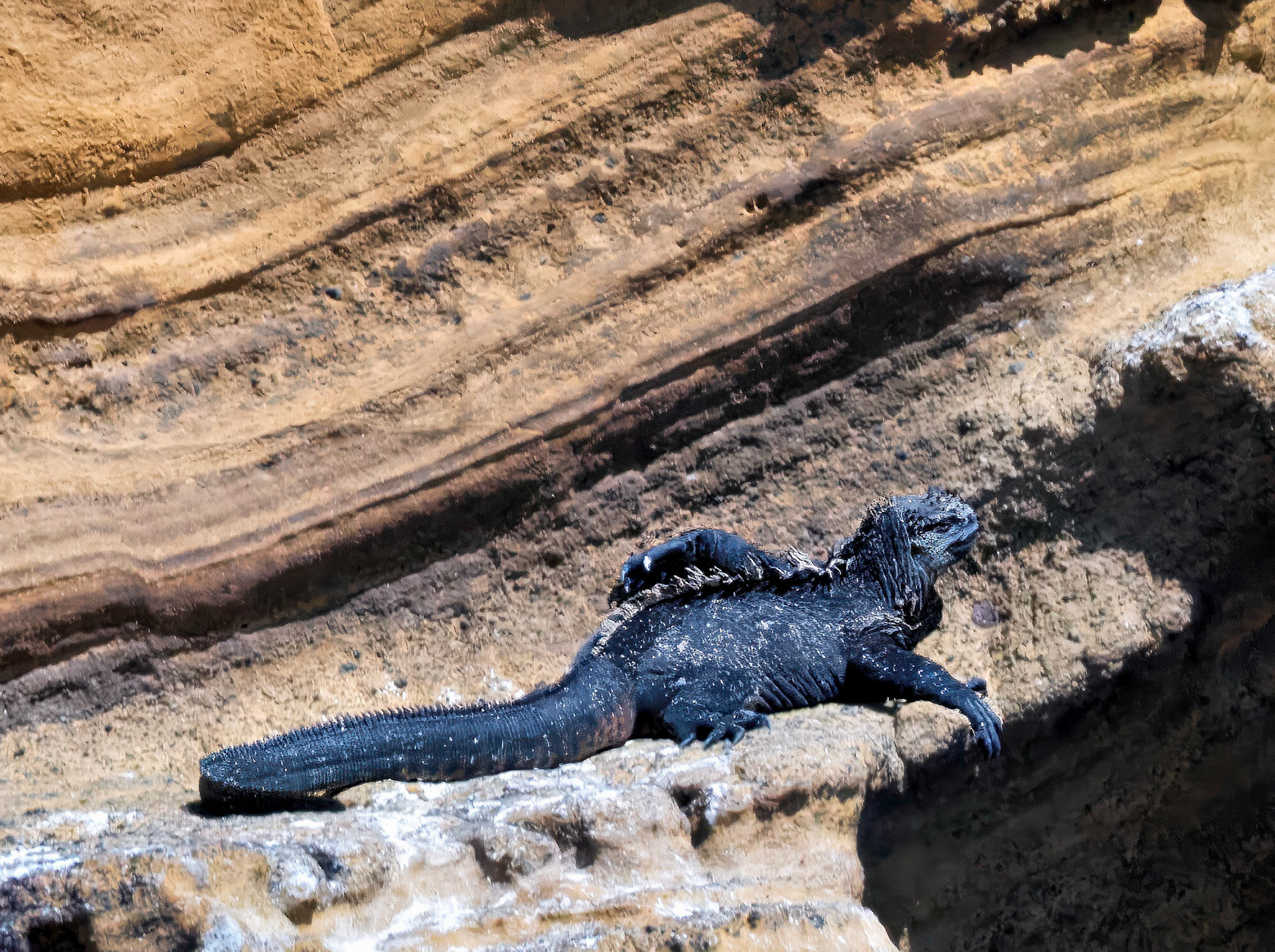
Gulapagos Islands, Ecuador 2017
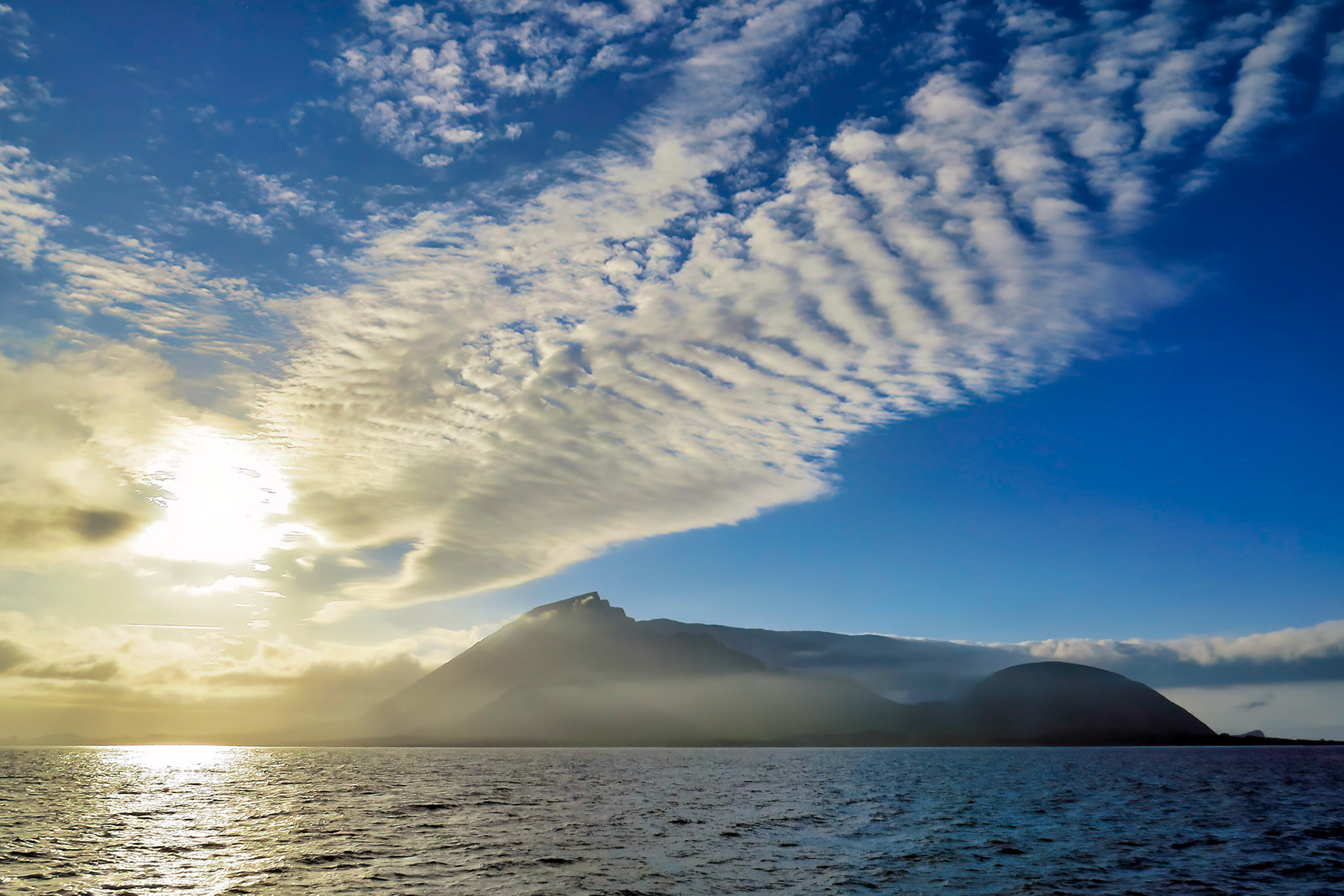
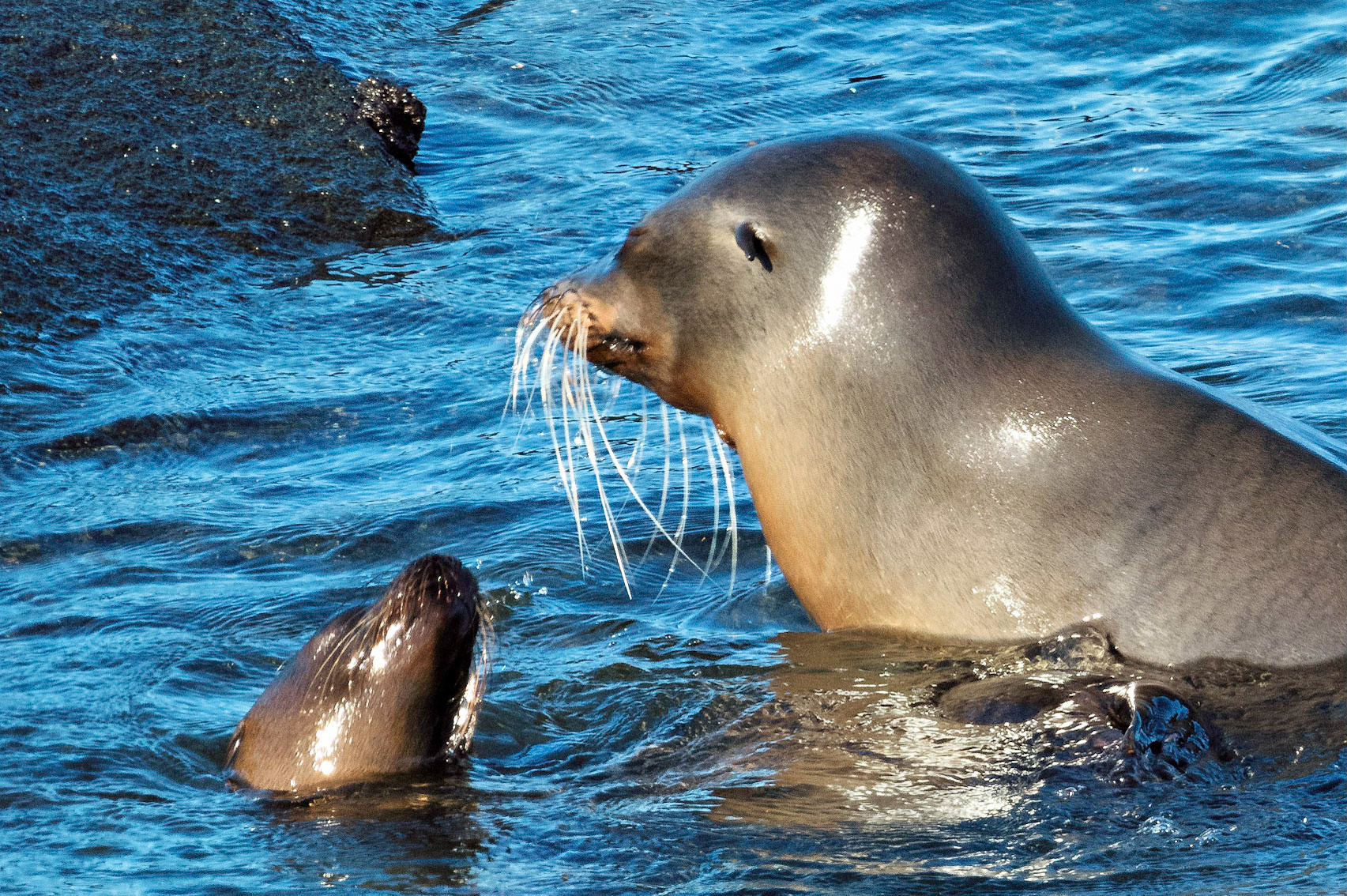
eared seal, Gulapagos Islands, Ecuador 2017
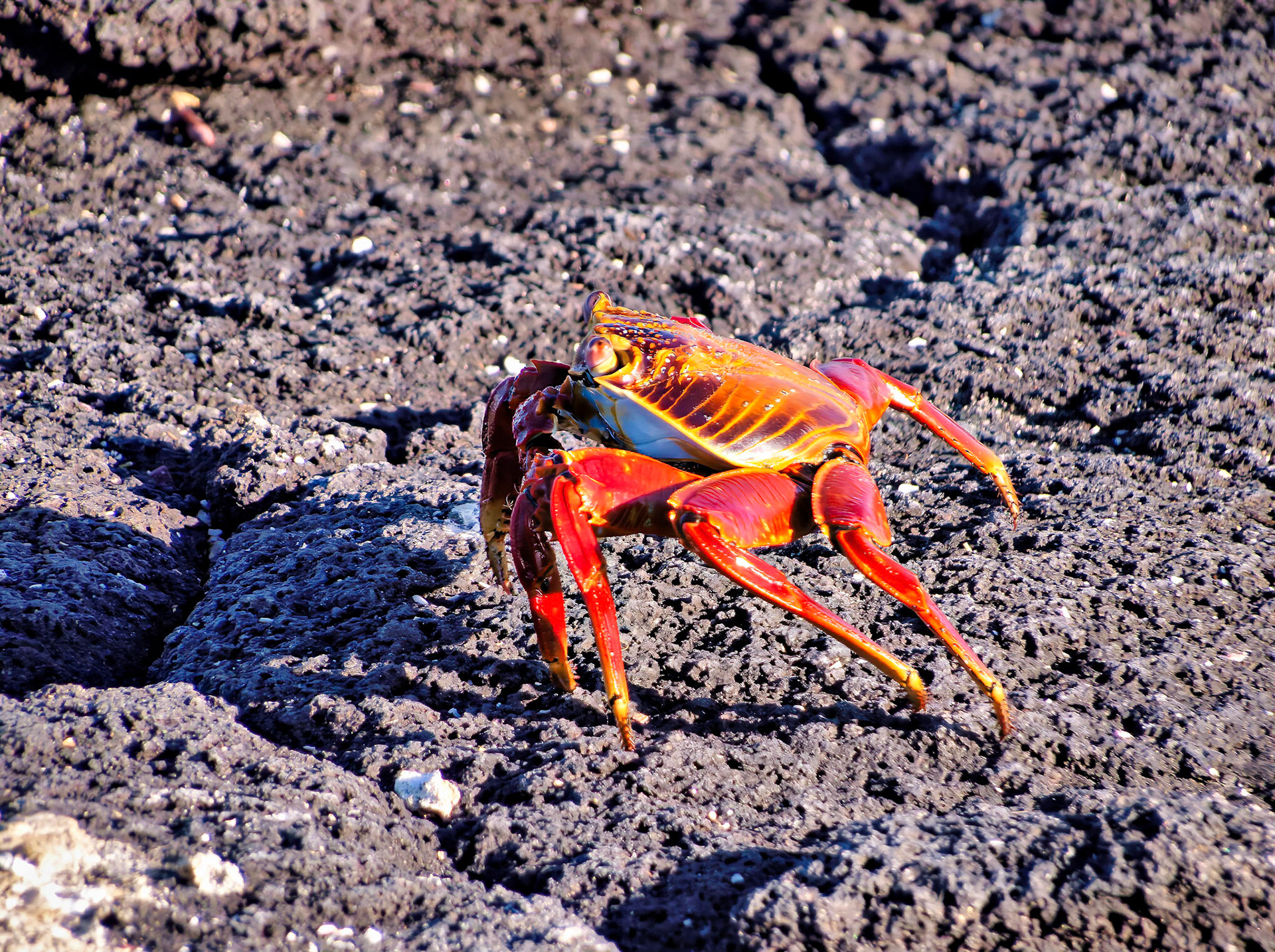
Crab, Gulapagos Islands, Ecuador 2017
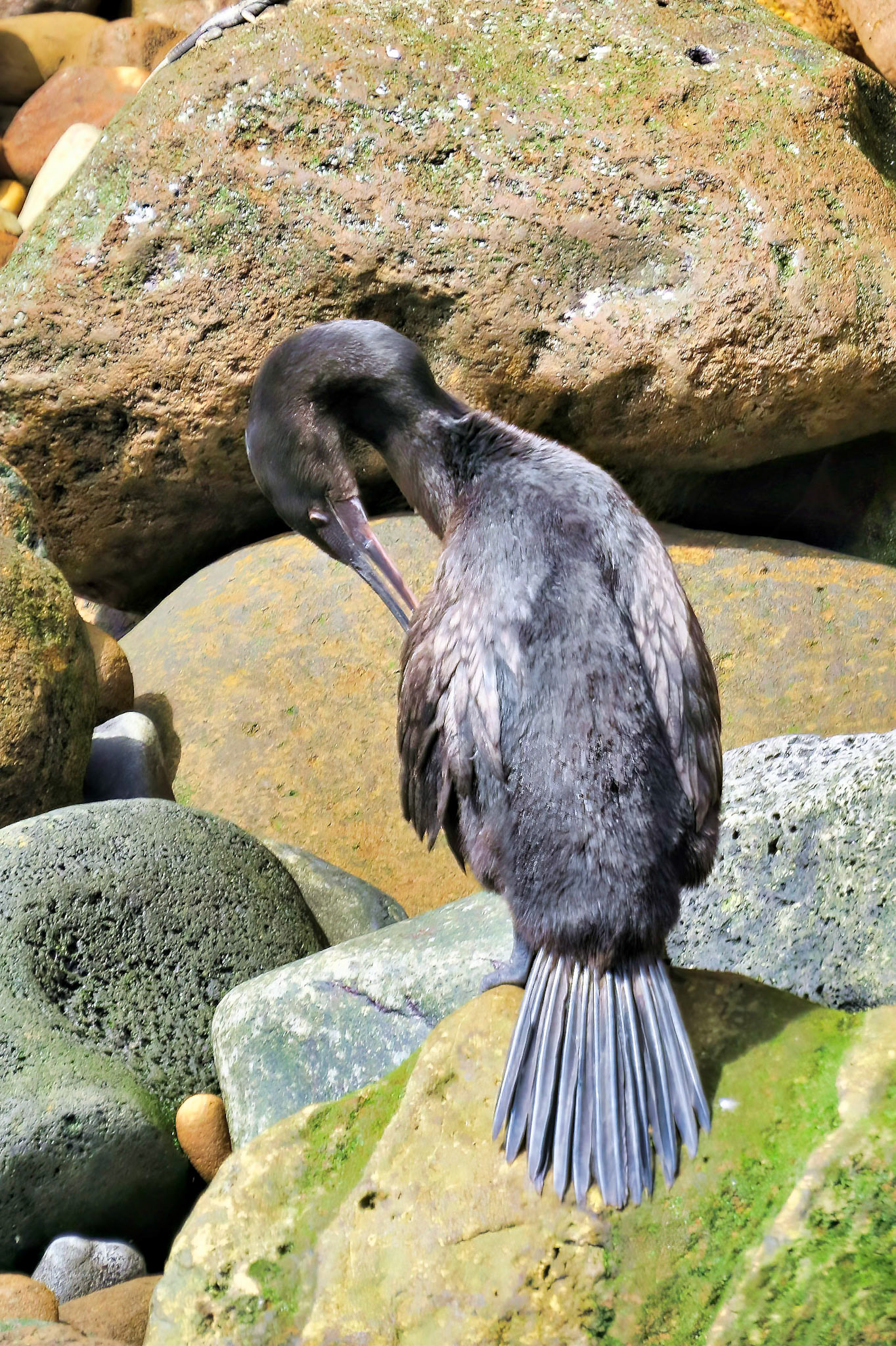
Gulapagos Islands, Ecuador 2017
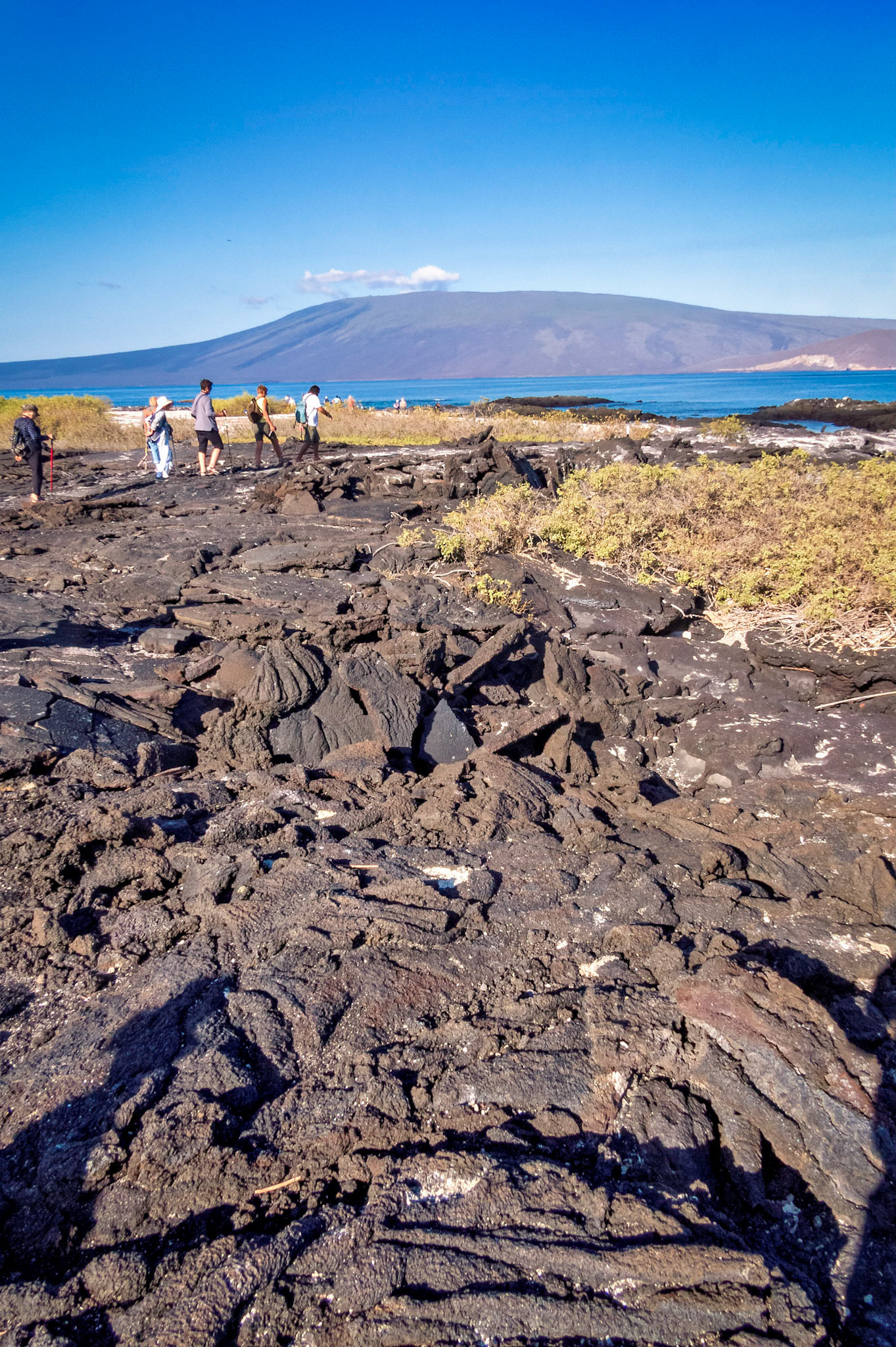
A Galapagos Island 2017
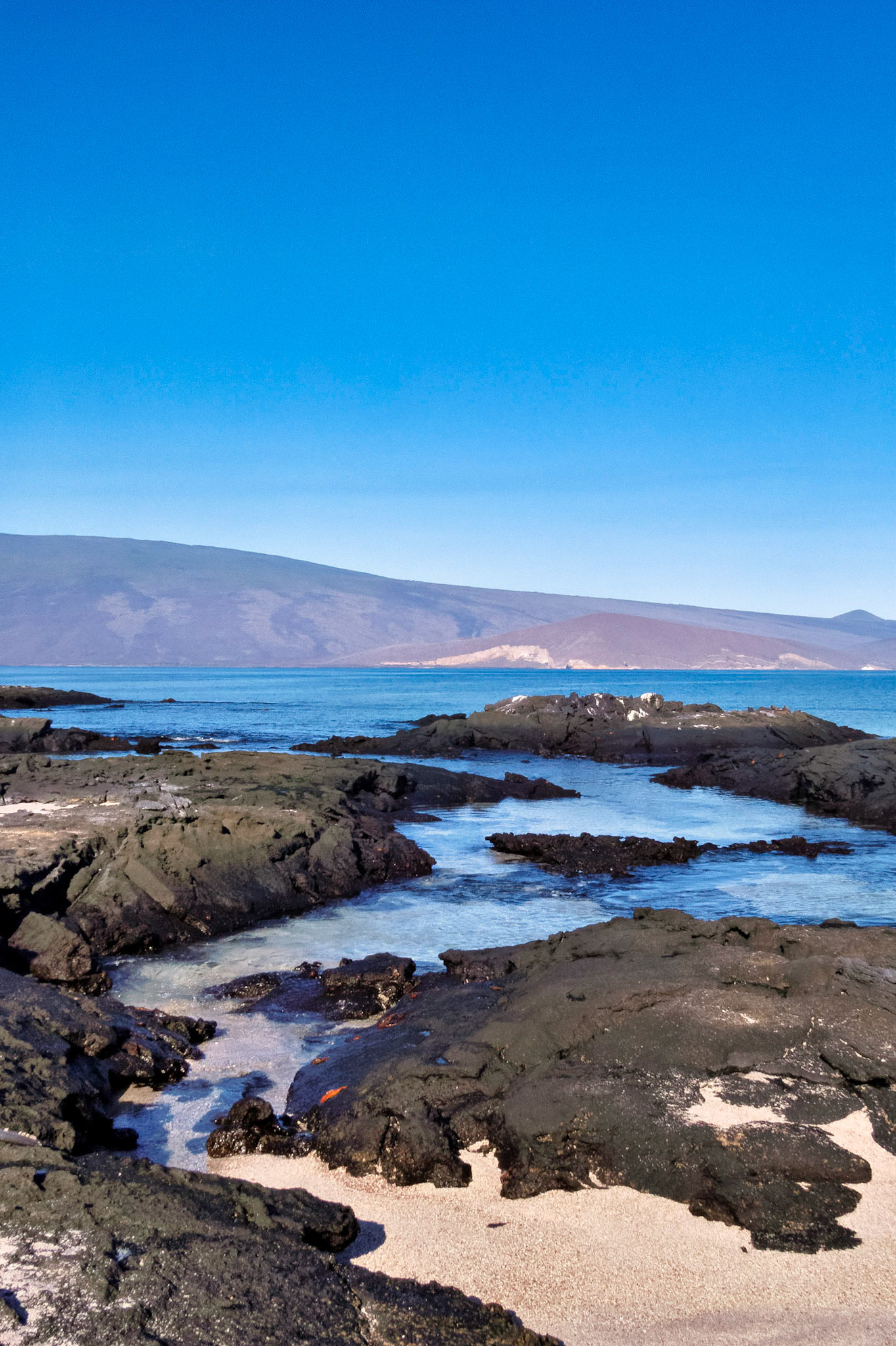
A Galapagos Island 2017
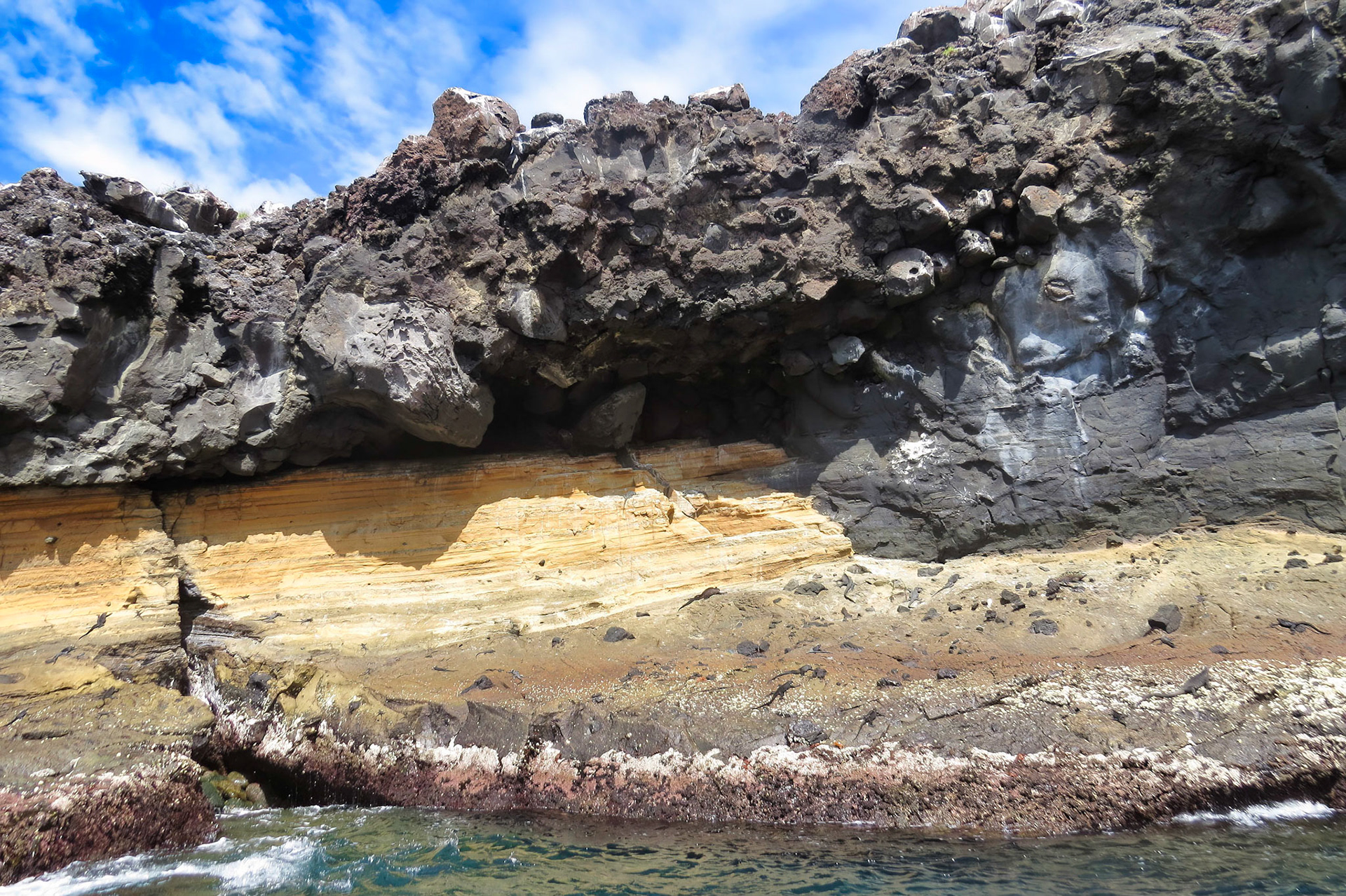
Lava on top of ash on top of lava,Galapagos Island 2017

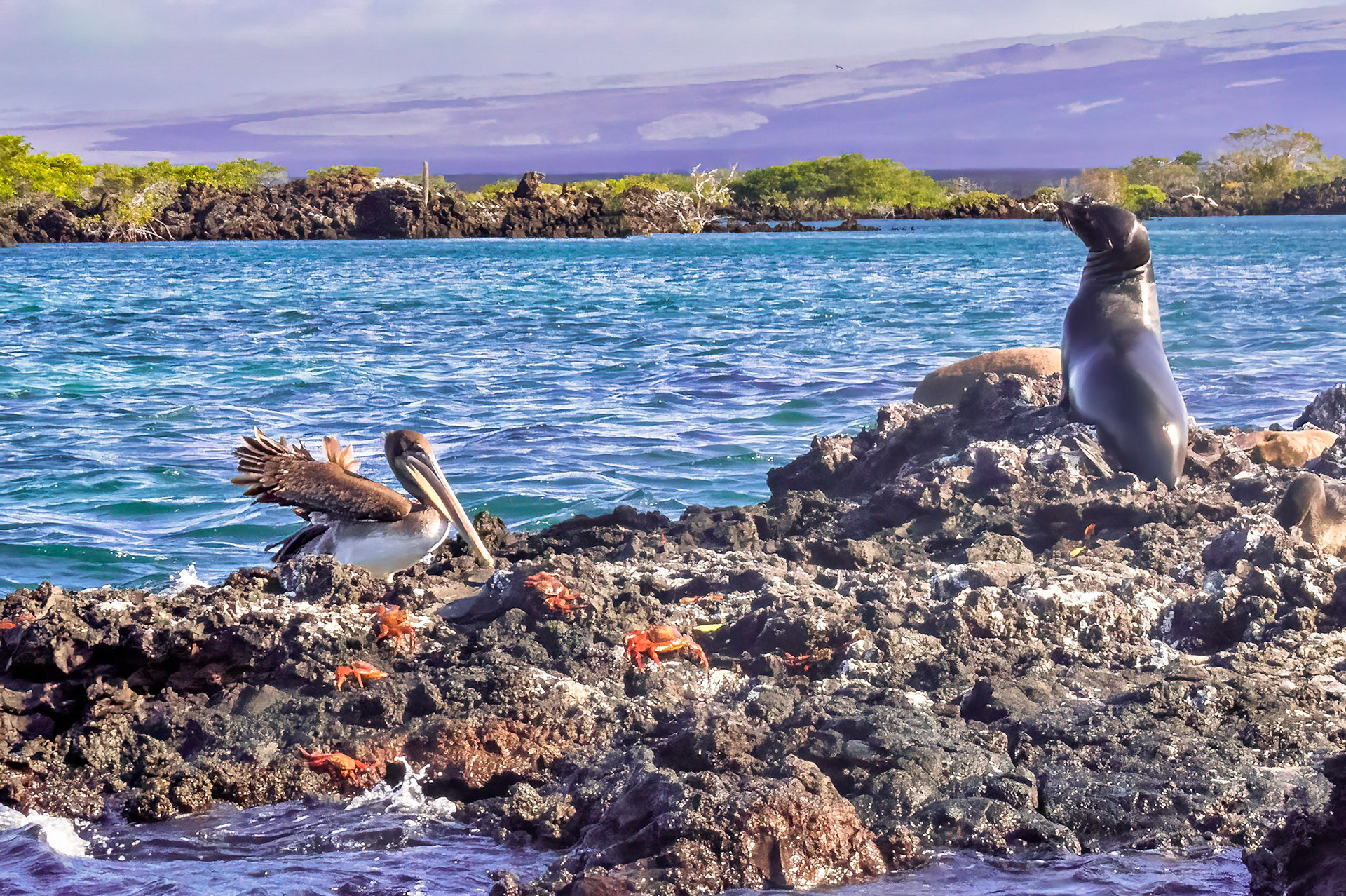
Gulapagos Islands, Ecuador 2017
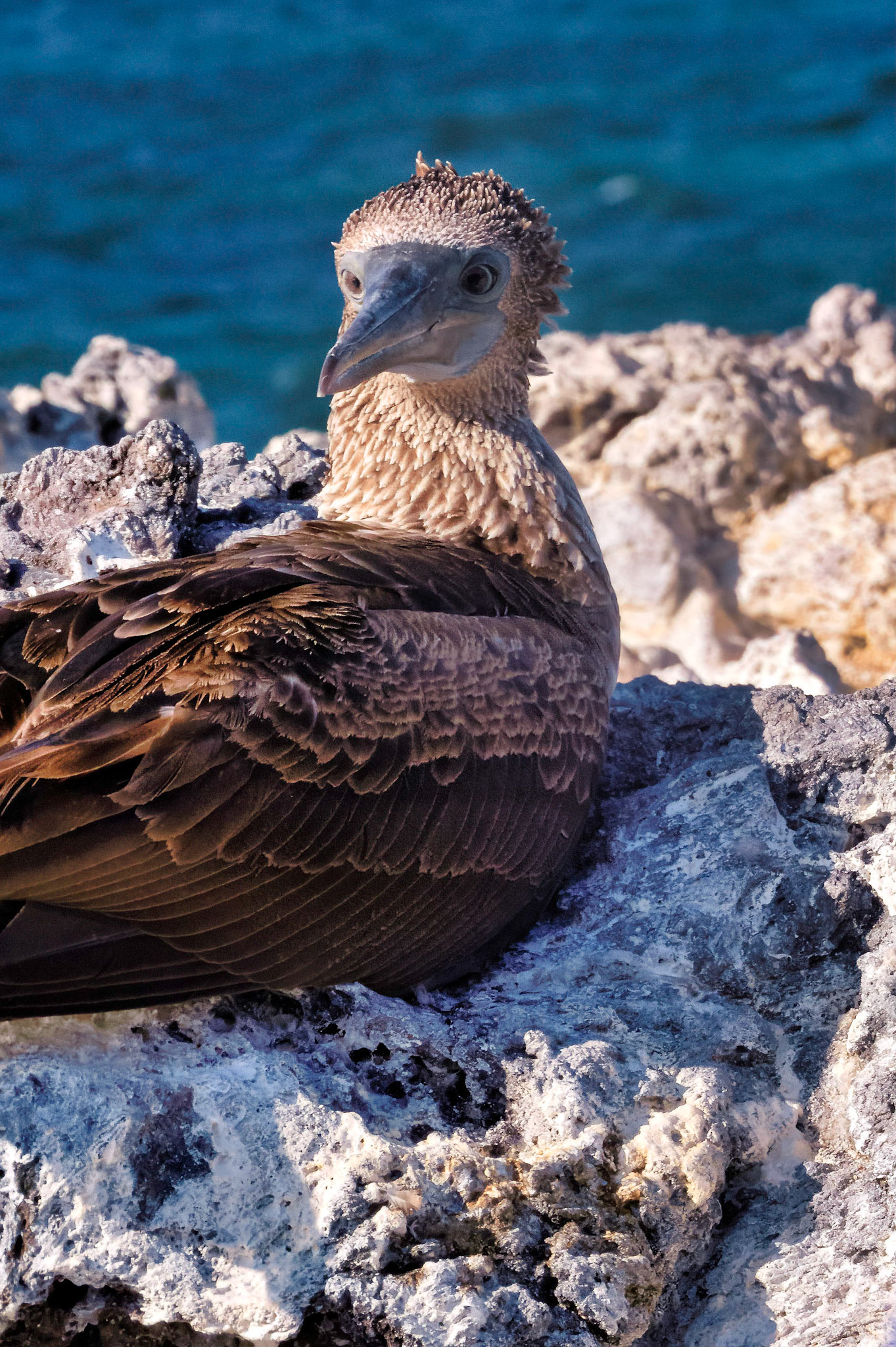
Gulapagos Islands, Ecuador 2017
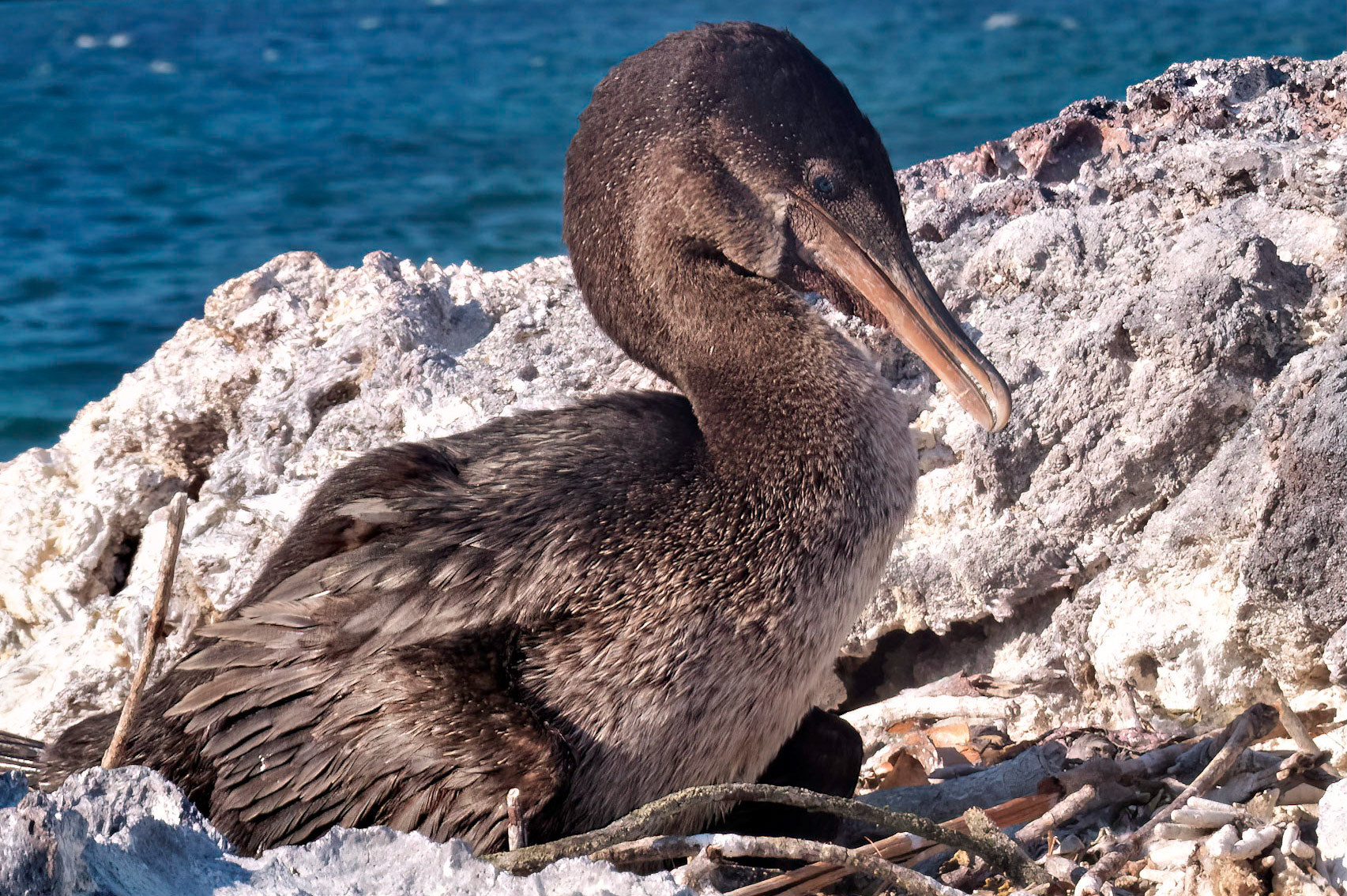
Gulapagos Islands, Ecuador 2017
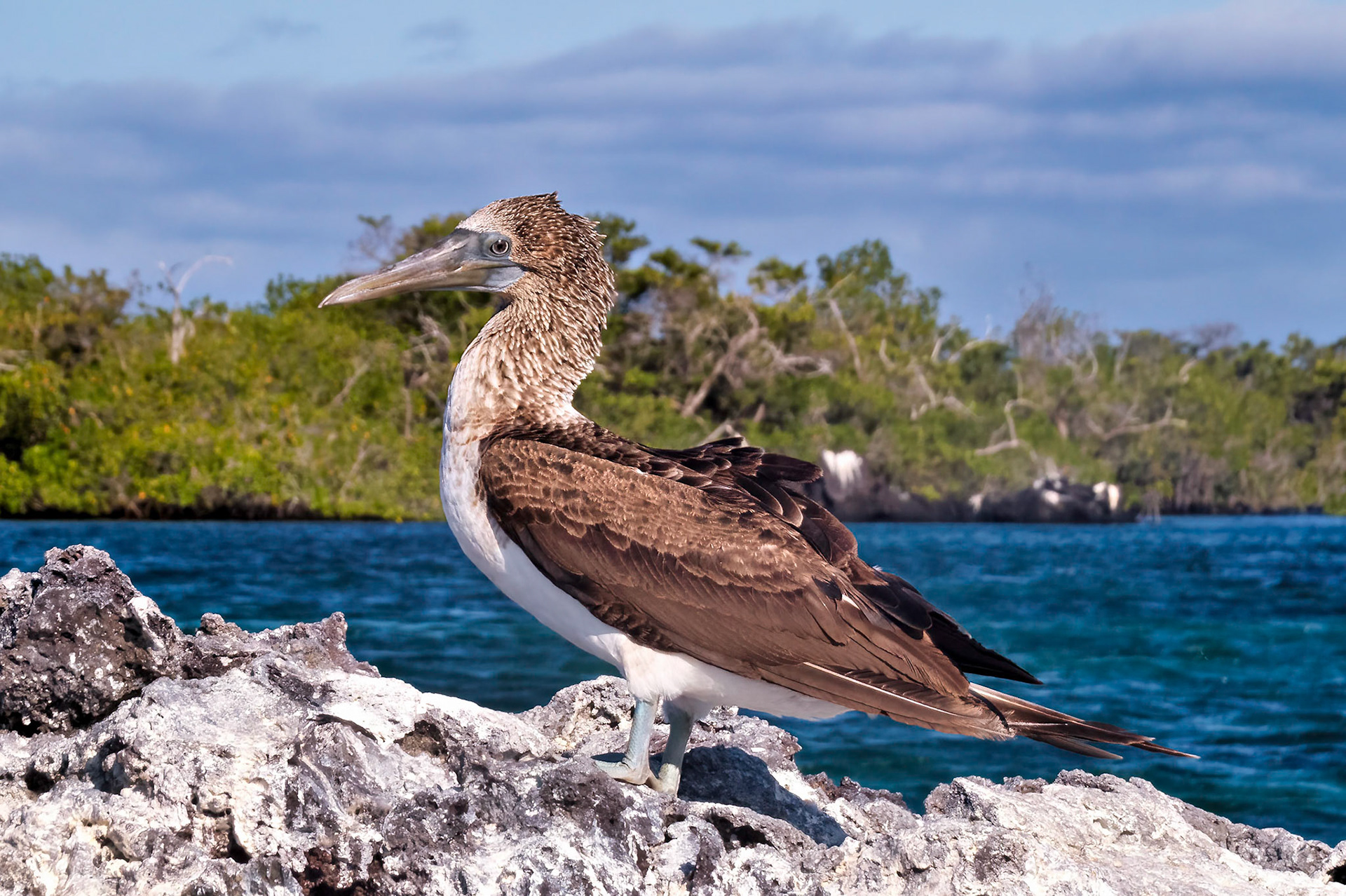
Gulapagos Islands, Ecuador 2017
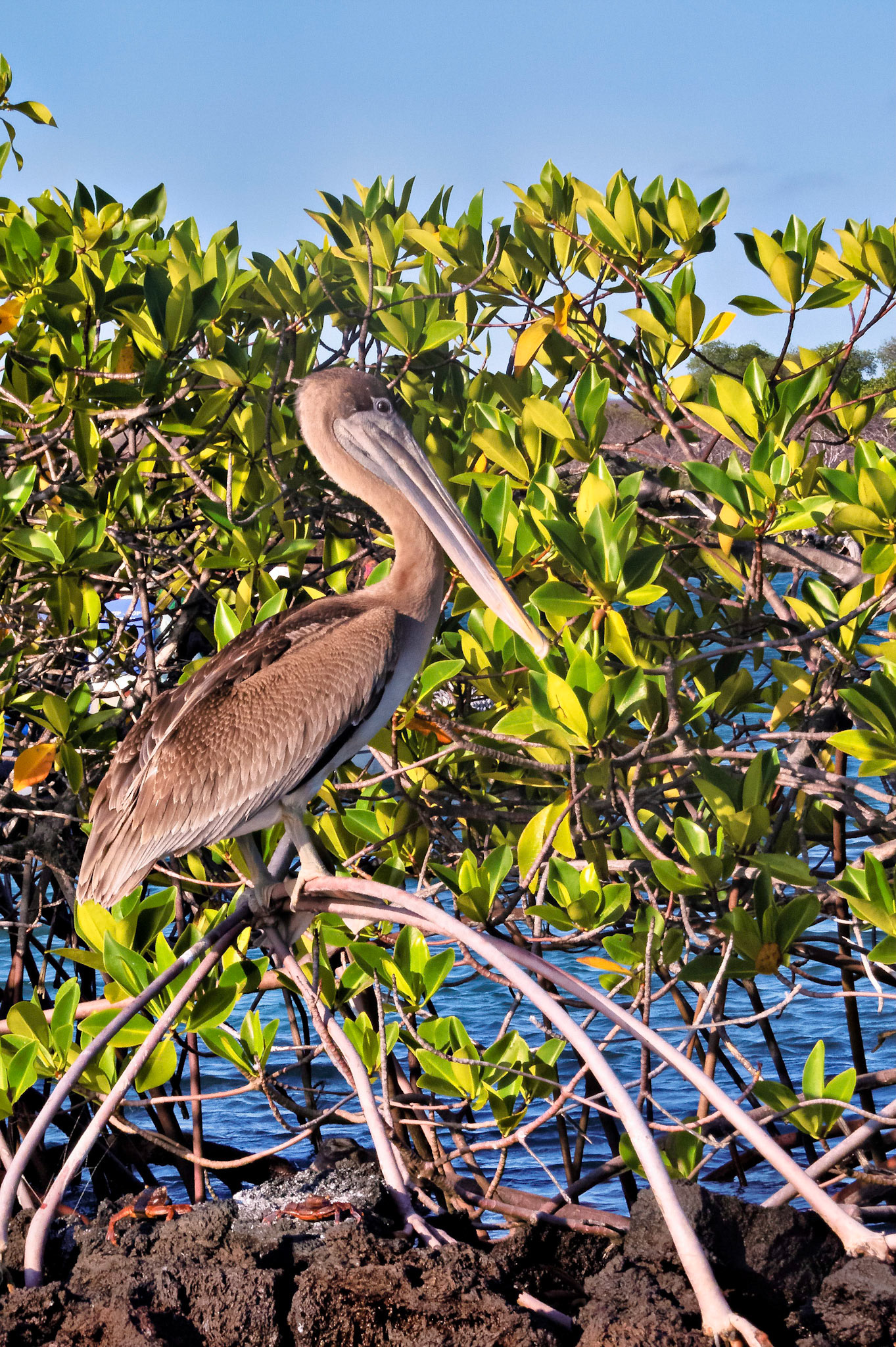
Pelican, Gulapagos Islands, Ecuador 2017
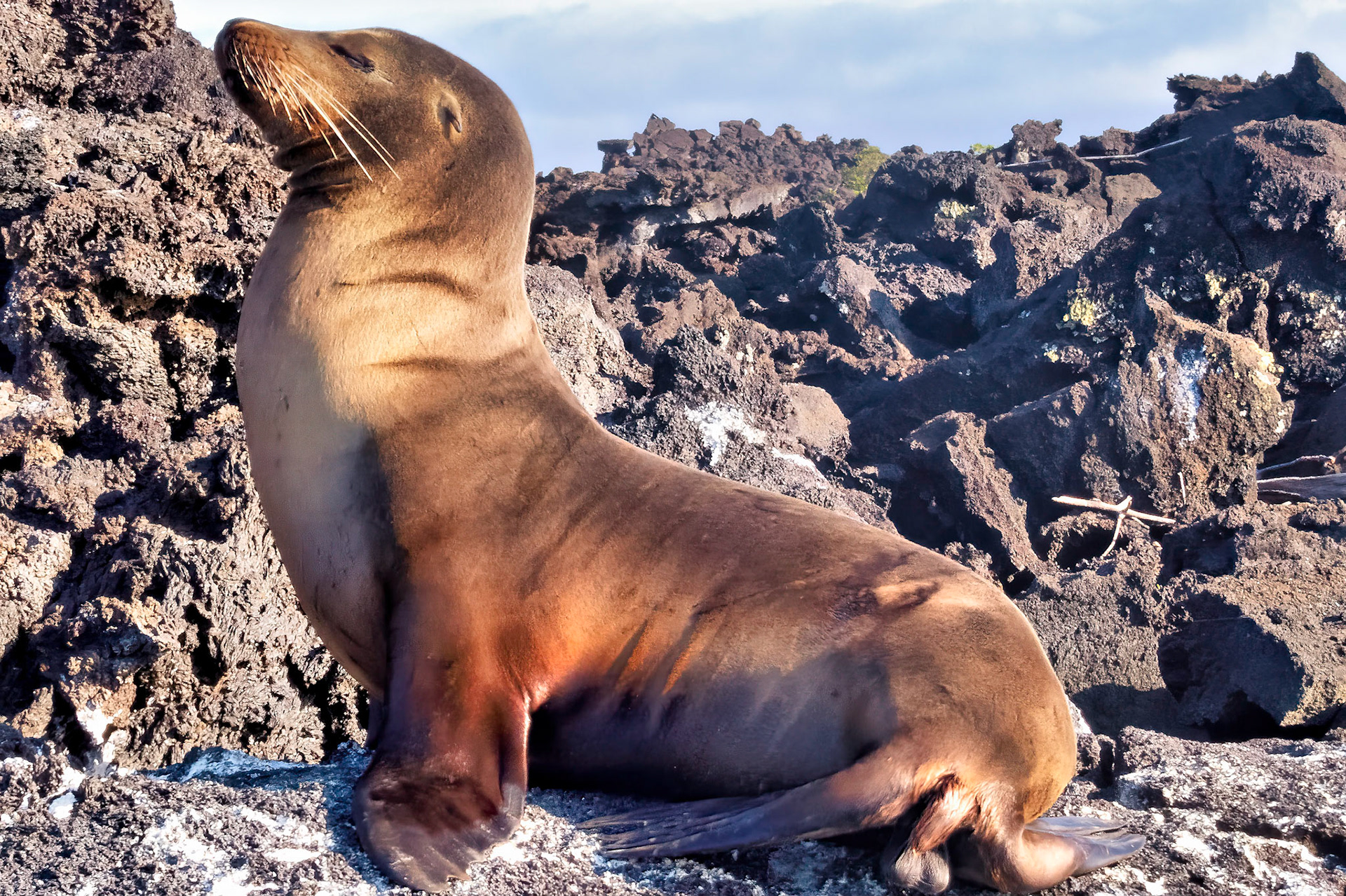
Gulapagos Islands, Ecuador 2017
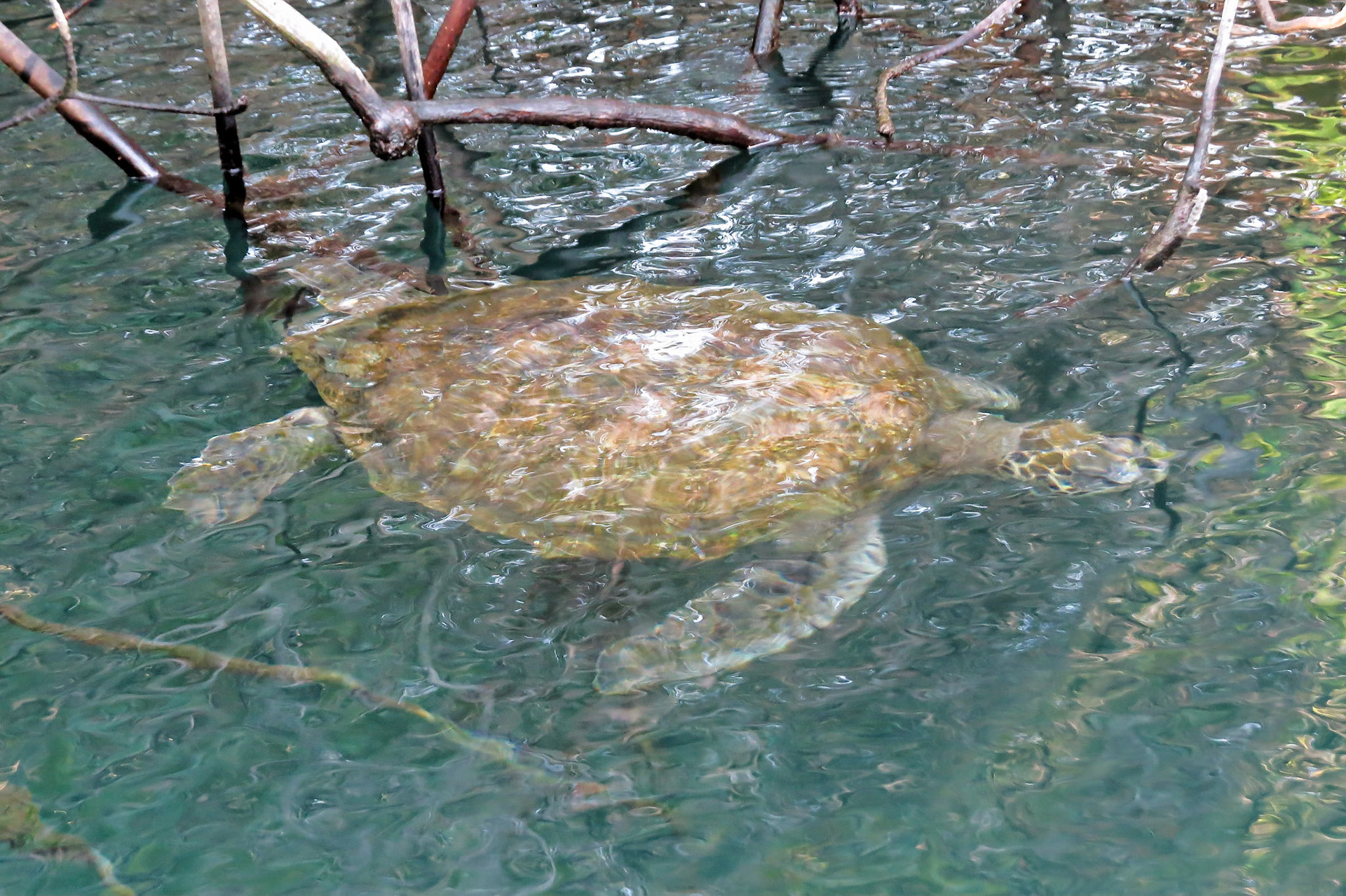
Turtle (NOT tortoise), Gulapagos Islands, Ecuador 2017
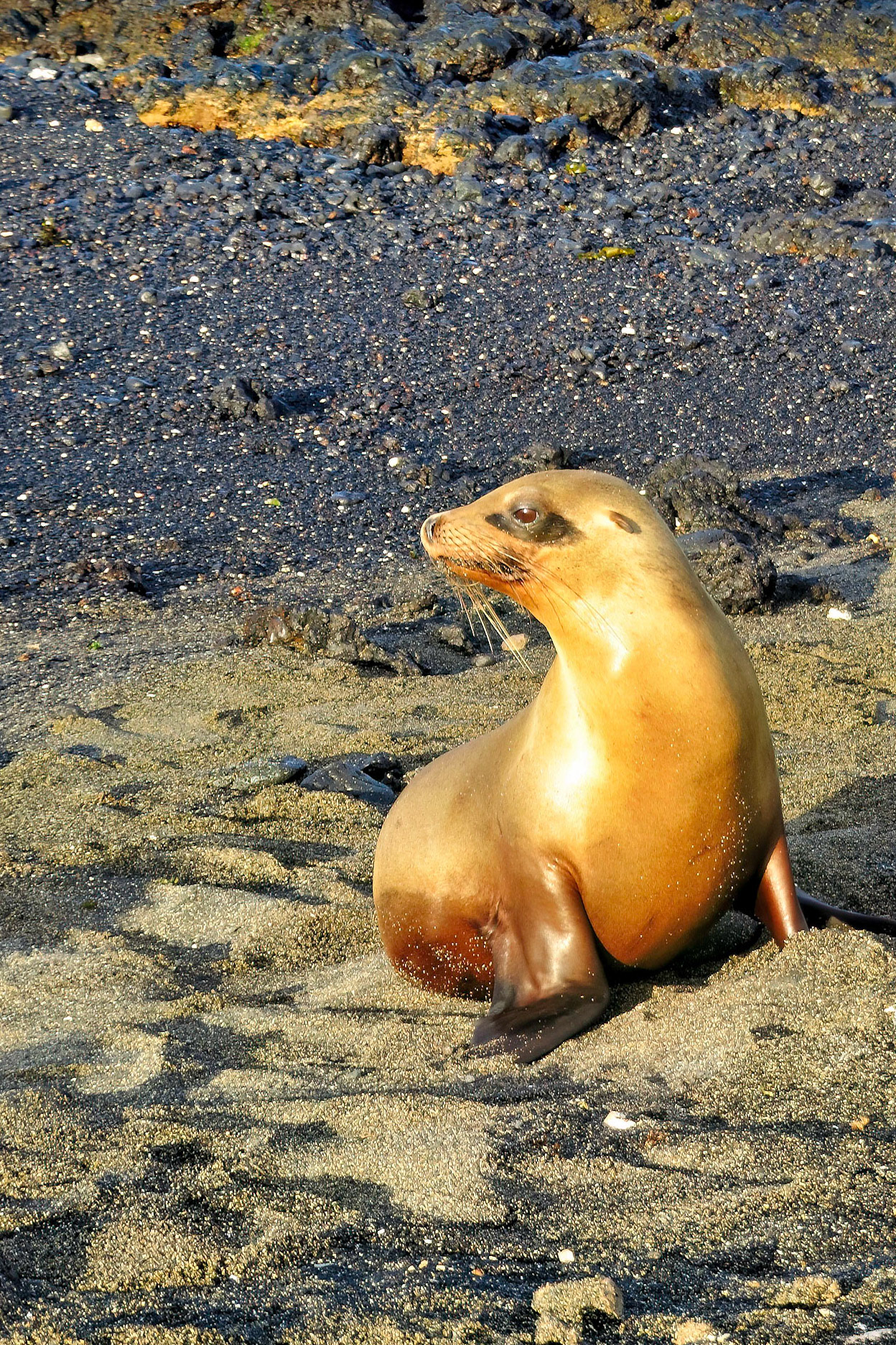
Gulapagos Islands, Ecuador 2017
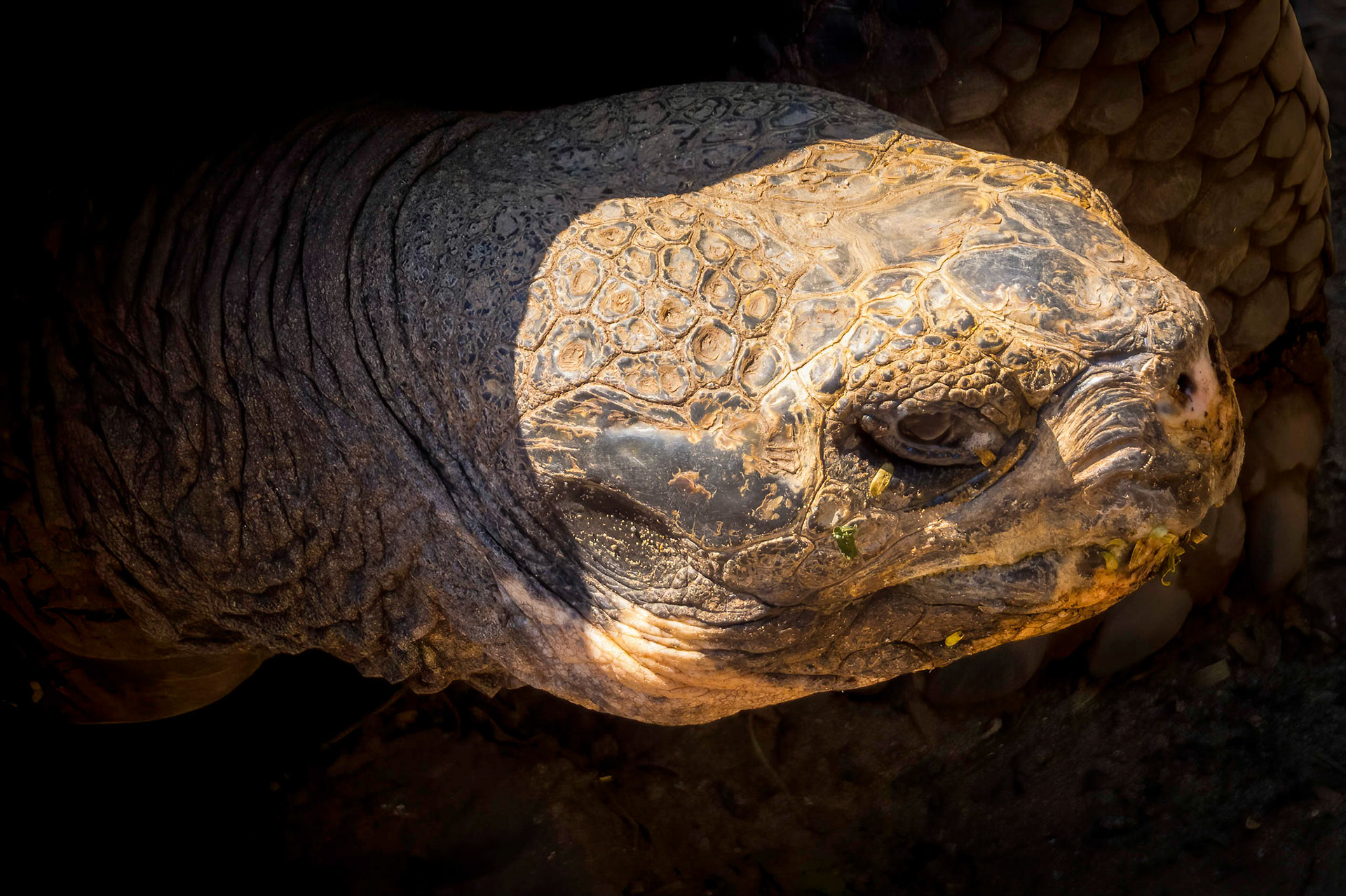
Galapagos tortoise, Galapagos Islands, Ecuador 2017
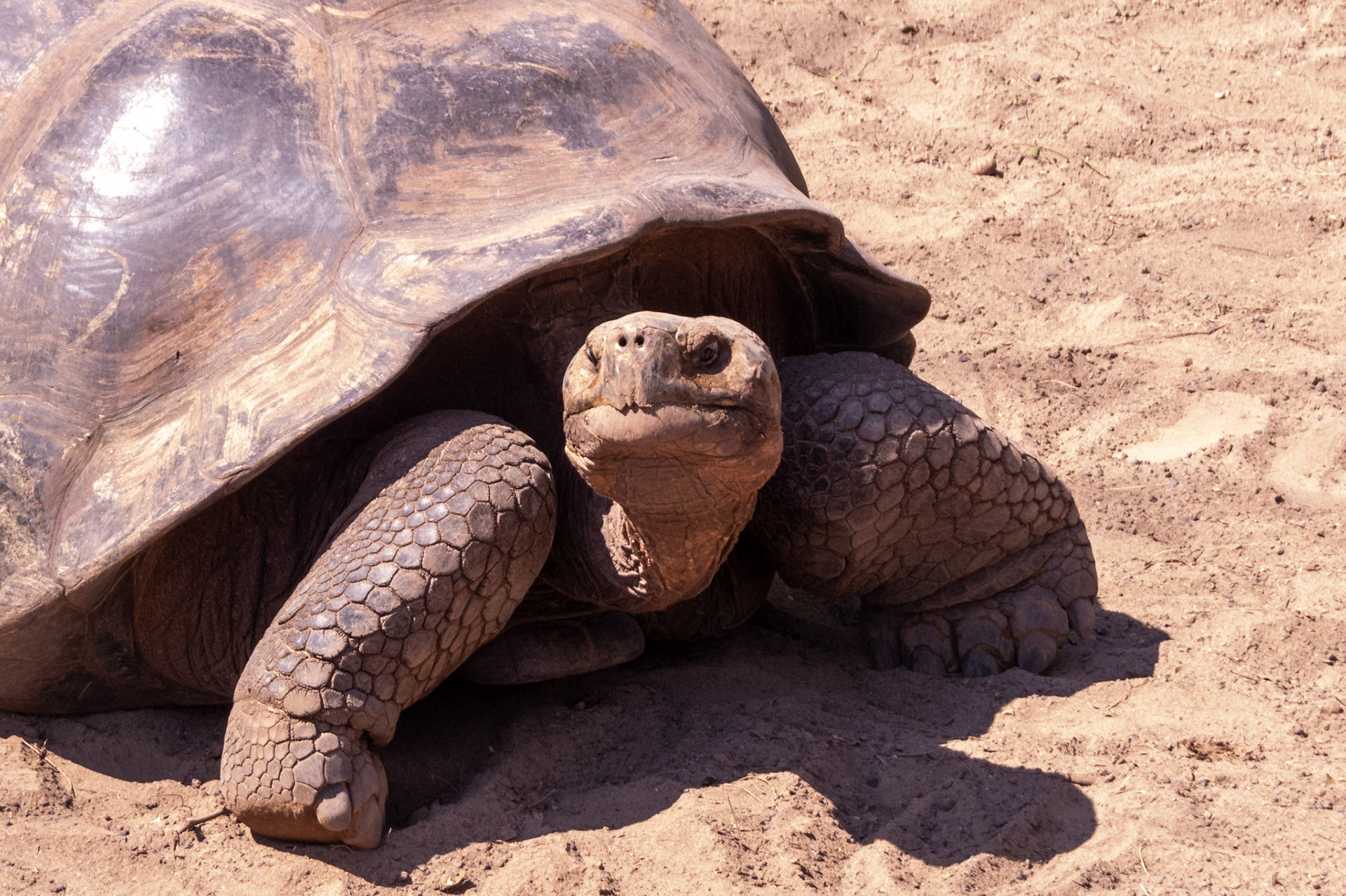
Galapagos tortoise, Galapagos Islands, Ecuador 2017
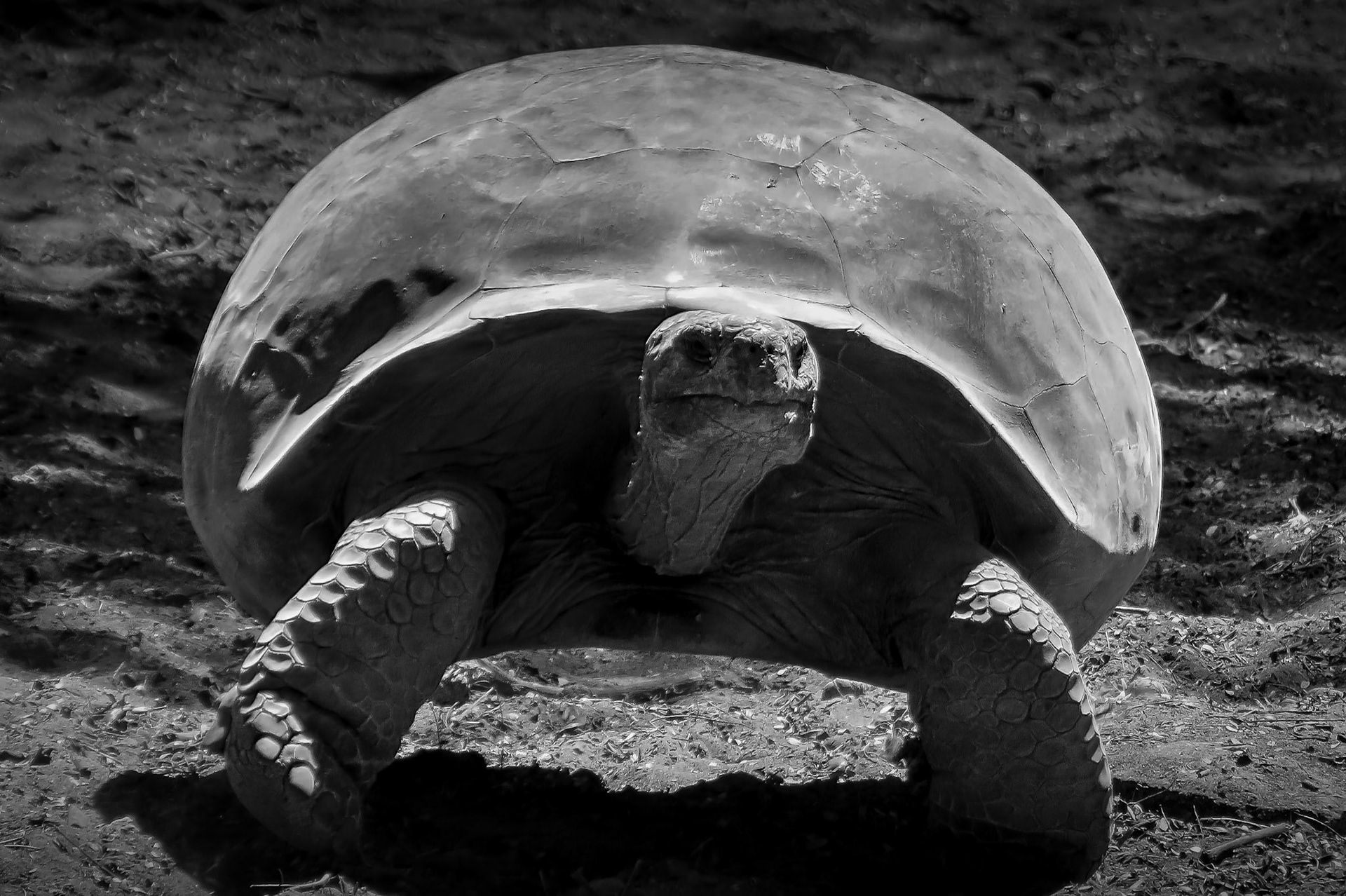
Galapagos tortoise, Galapagos Islands, Ecuador 2017
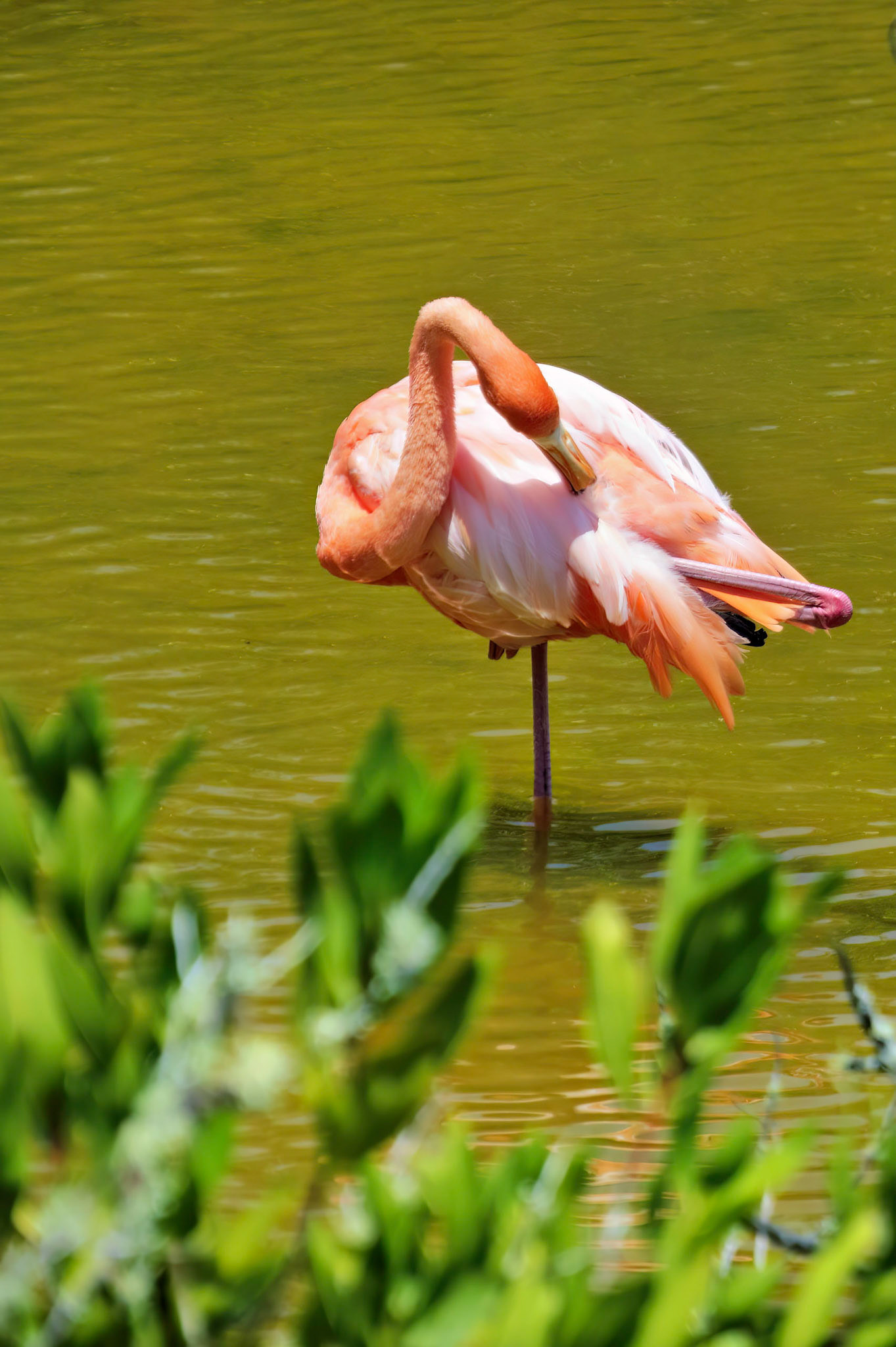
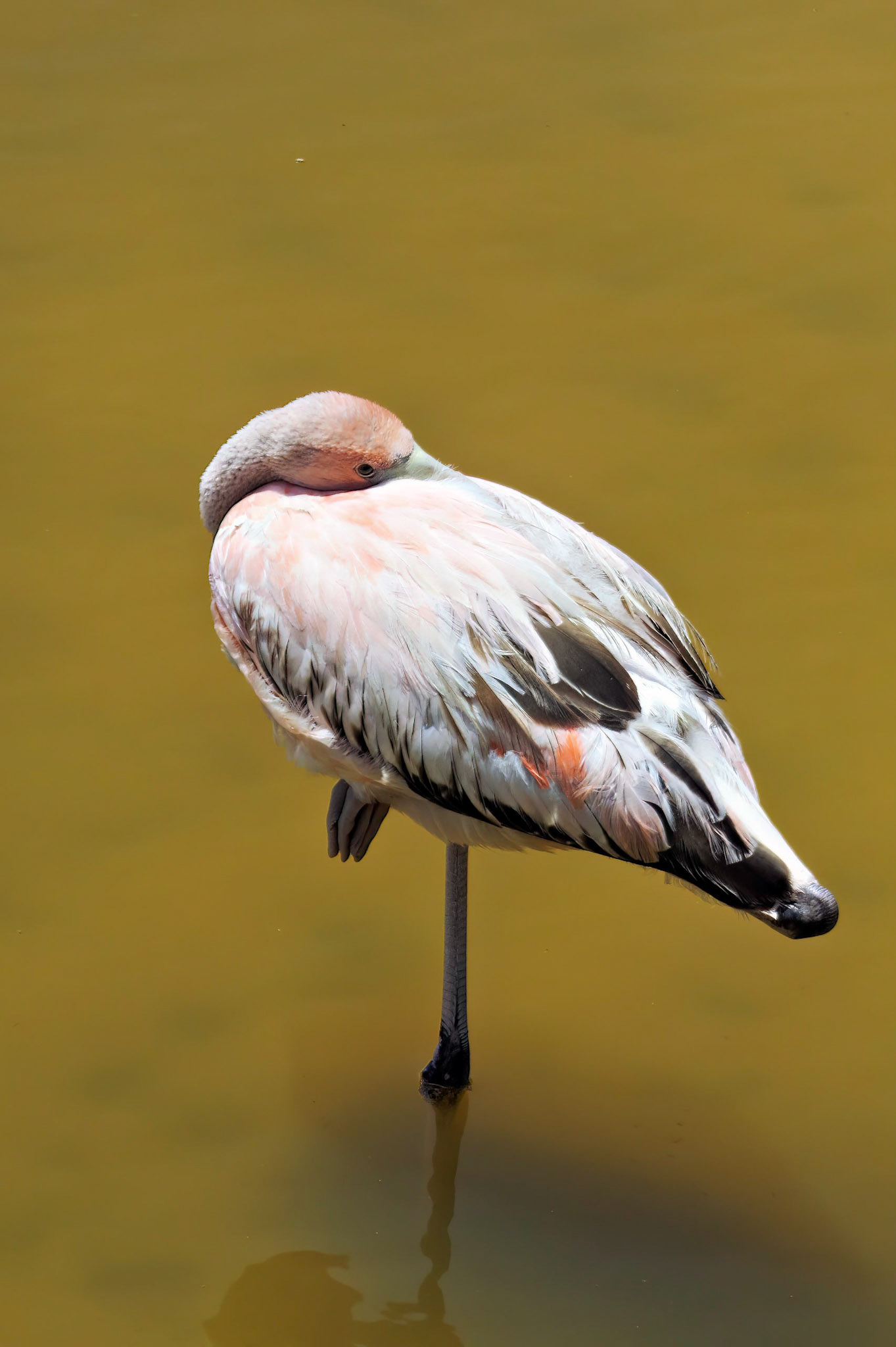
Flamingo, Galapagos Islands, Ecuador 2017
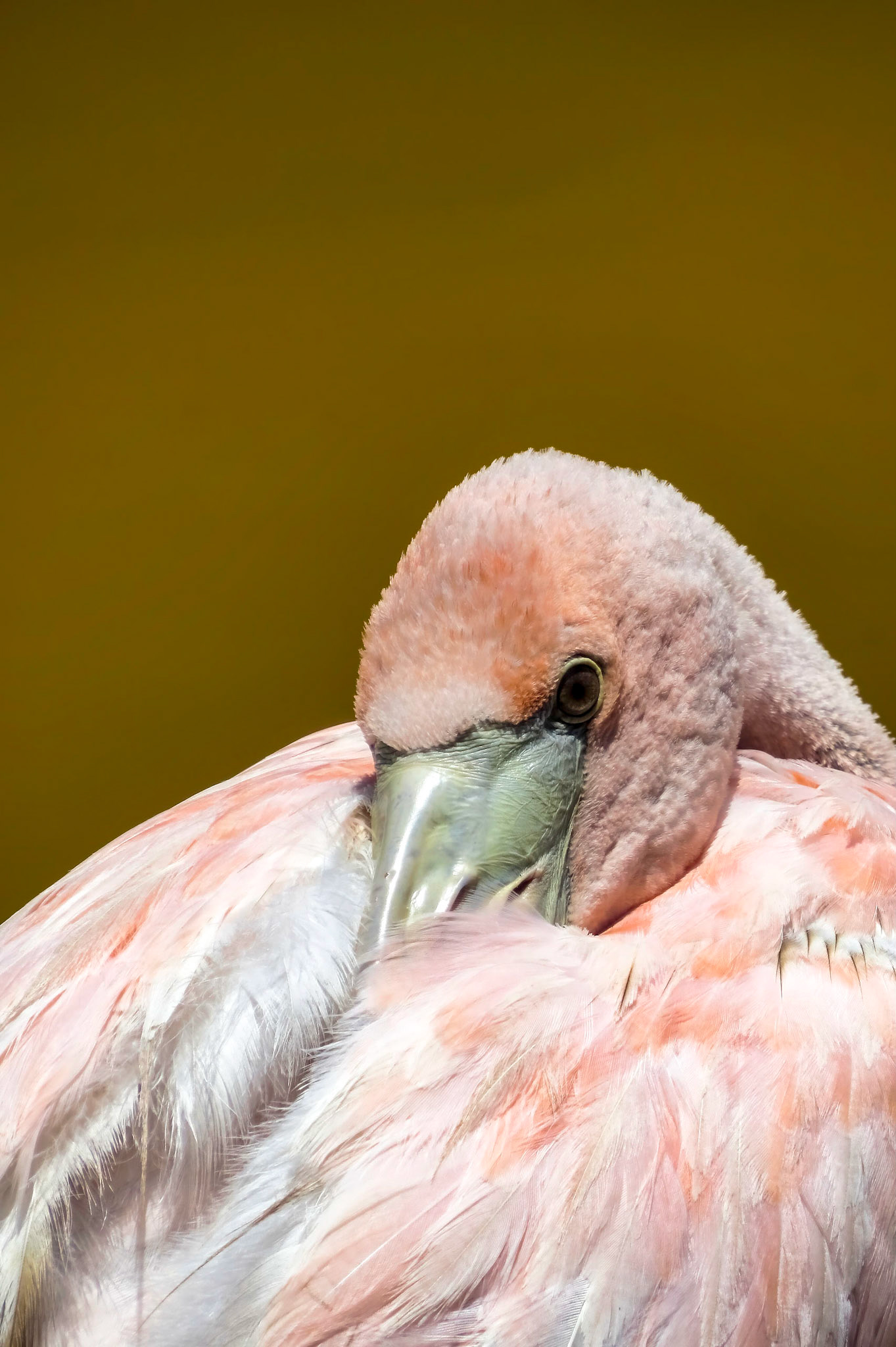
Flamingo, Galapagos Islands, Ecuador 2017
